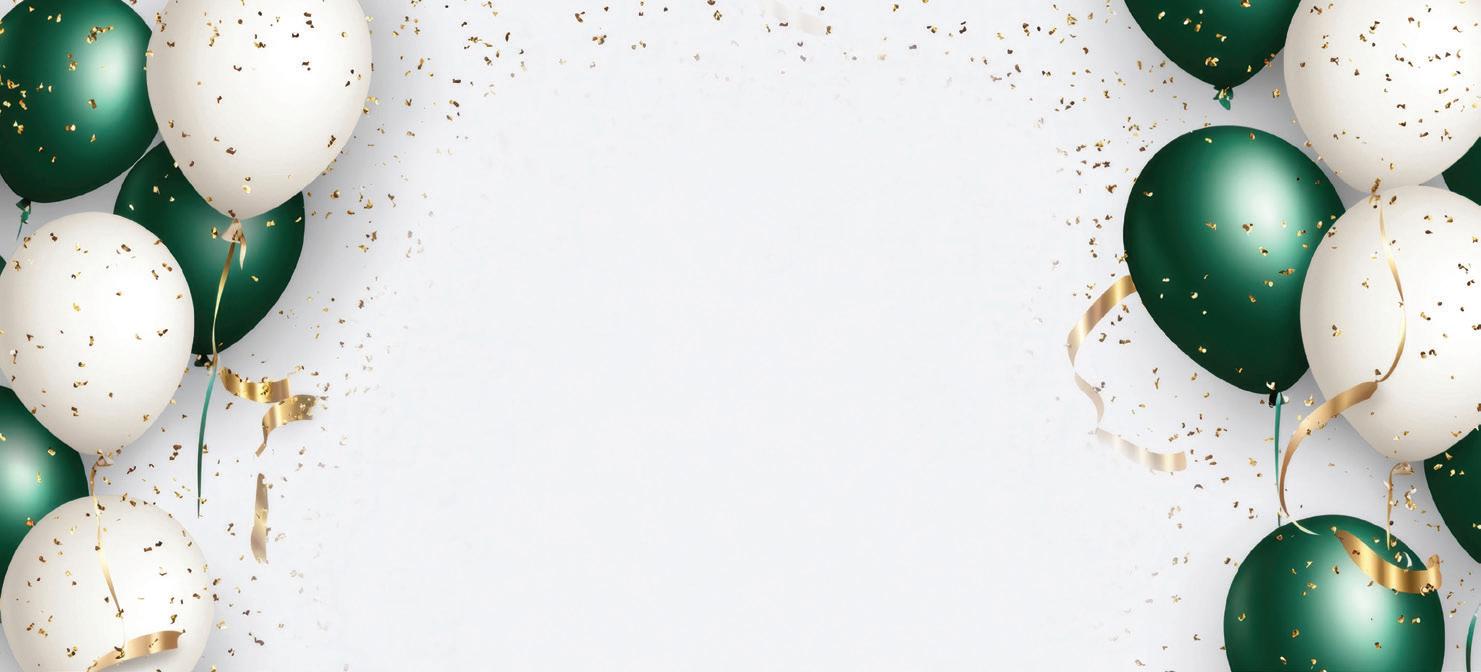


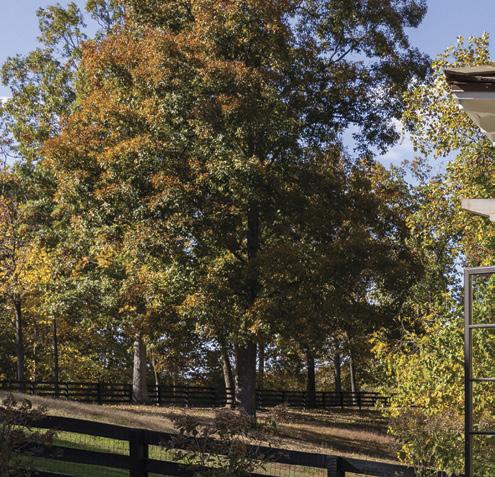

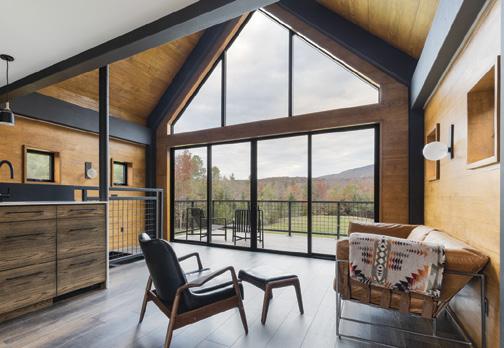
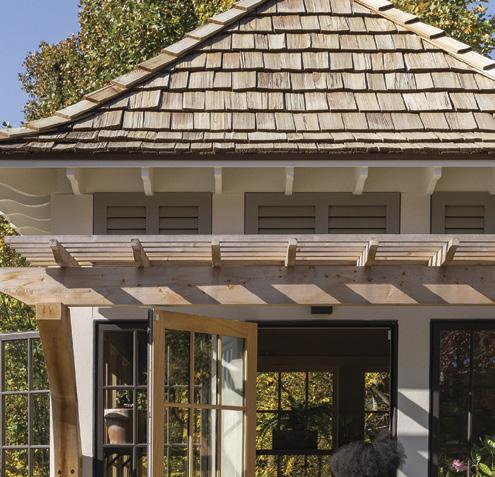

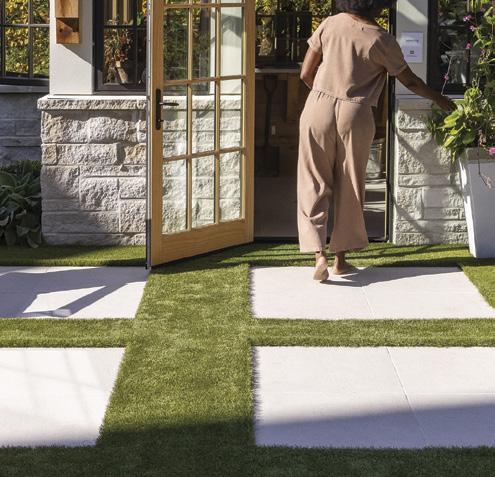
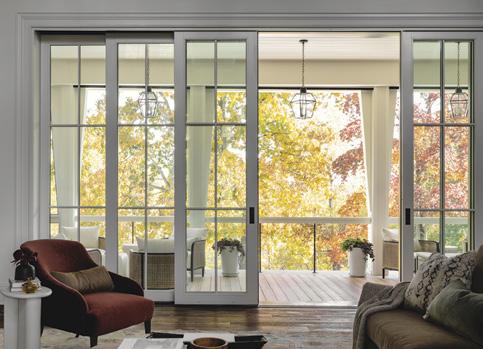

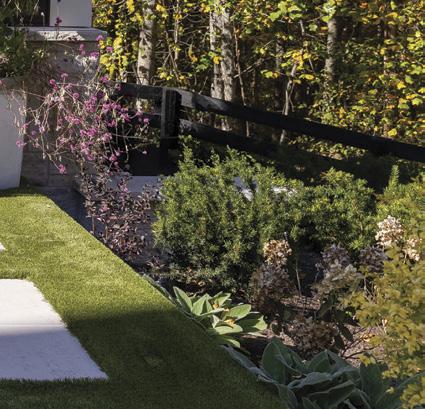
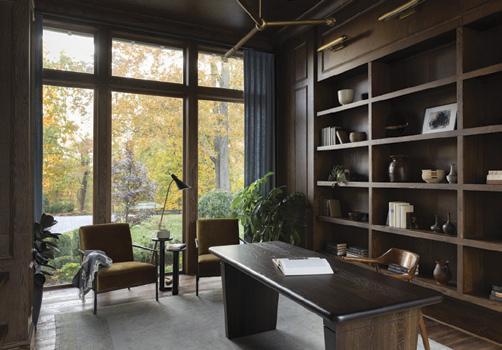
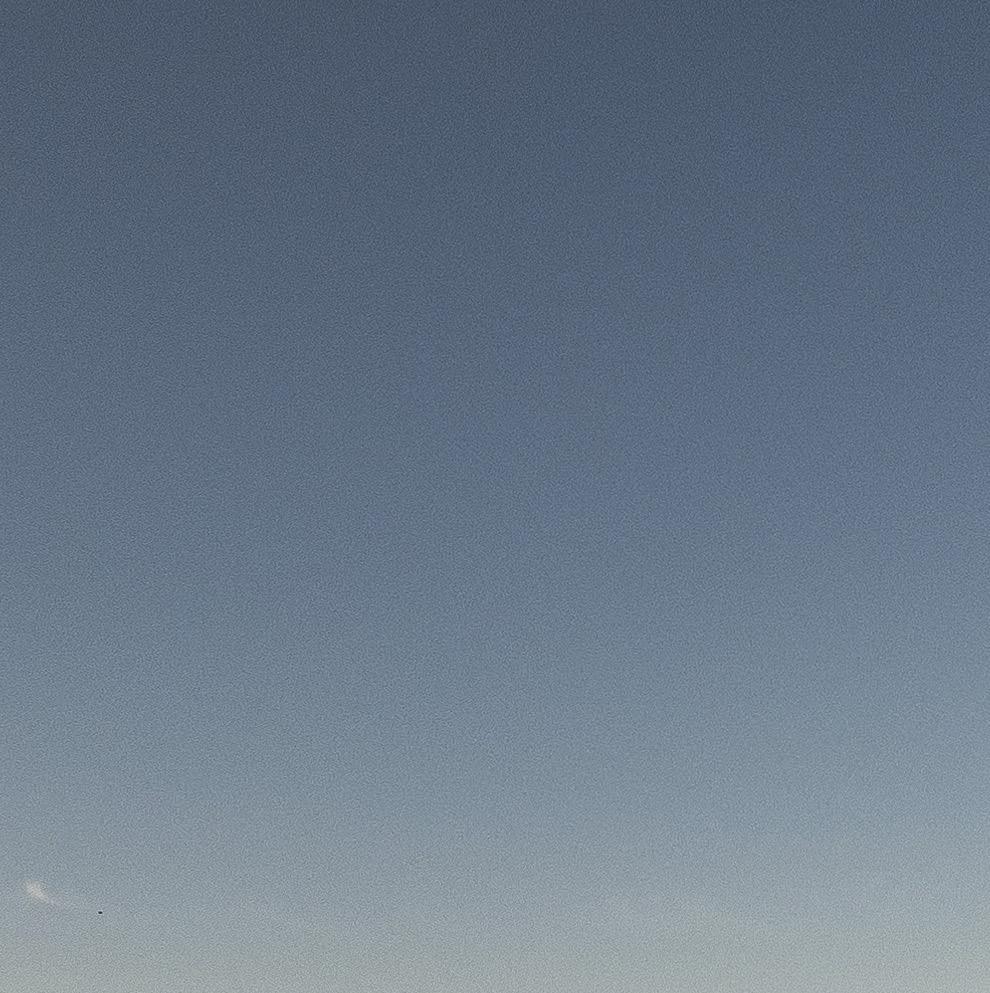















If you’ve spent any time in the area, you know that the Breakneck/ Route 9D corridor has historically been hazardous for both hikers and motorists, especially on busy hiking weekends.
But, coming in 2027, the Fjord Trail’s Breakneck Connector will make the area safer, improve accessibility, add public restrooms, organize parking, include renovation of the Metro-North Breakneck Ridge train station, and much more!

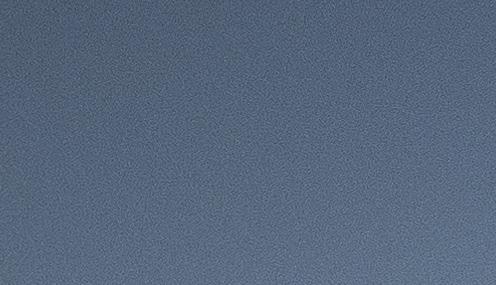

[ BREAKNECK RIDGE TRAIL closed from trailhead to Nimham Trail
WILKINSON MEMORIAL TRAIL closed from trailhead to Nimham Trail
BROOK TRAIL closed from trailhead to Cornish Connector
[ METRO-NORTH RAILROAD
BREAKNECK RIDGE TRAIN
STATION closed — no train service at Breakneck
[ NO PARKING ON ROUTE 9D in the area north of Breakneck Tunnel

Construction began in April and is expected to continue for approximately two years. Hudson Highlands Fjord Trail Inc. is working with the NYS Office of Parks, Recreation and Historic Preservation; Metro-North Railroad; and the NY-NJ Trail Conference to bring you these critical improvements.




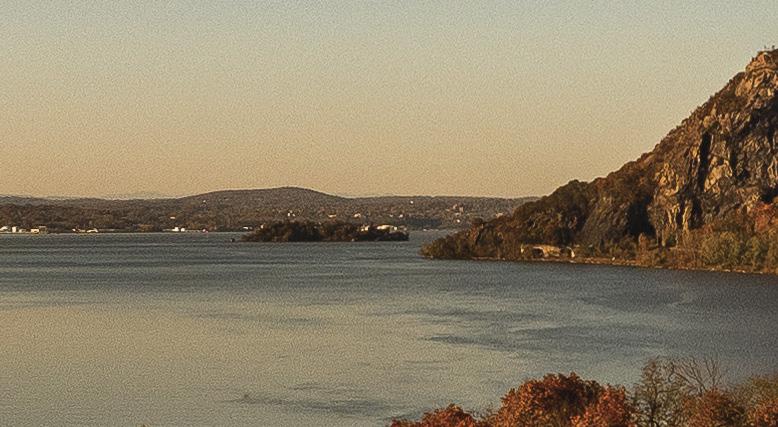
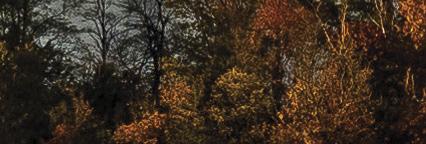
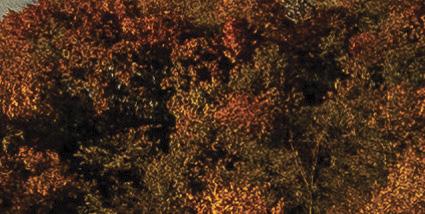
learn more about the Hudson Highlands Fjord Trail at hhft.org

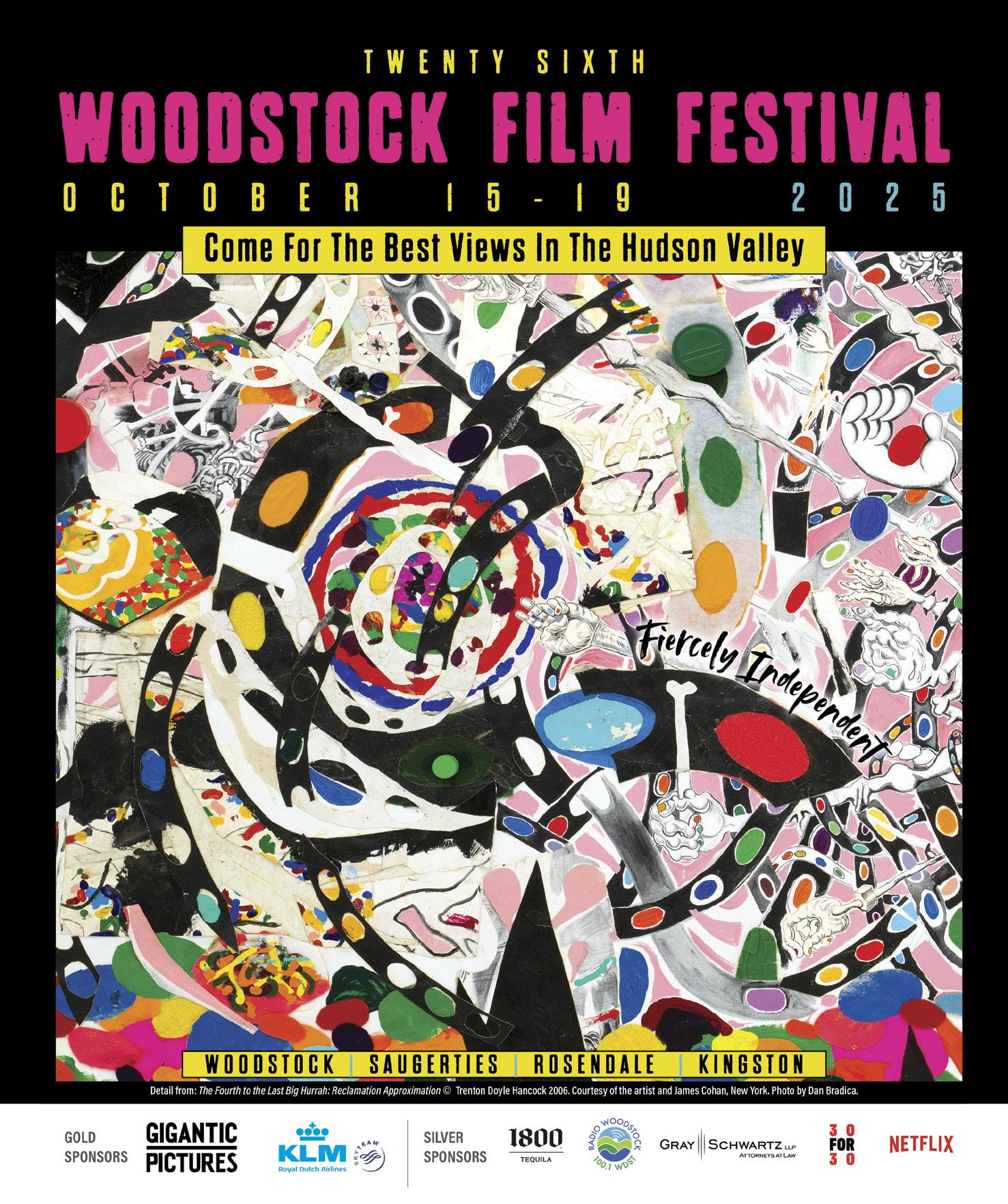
10 25
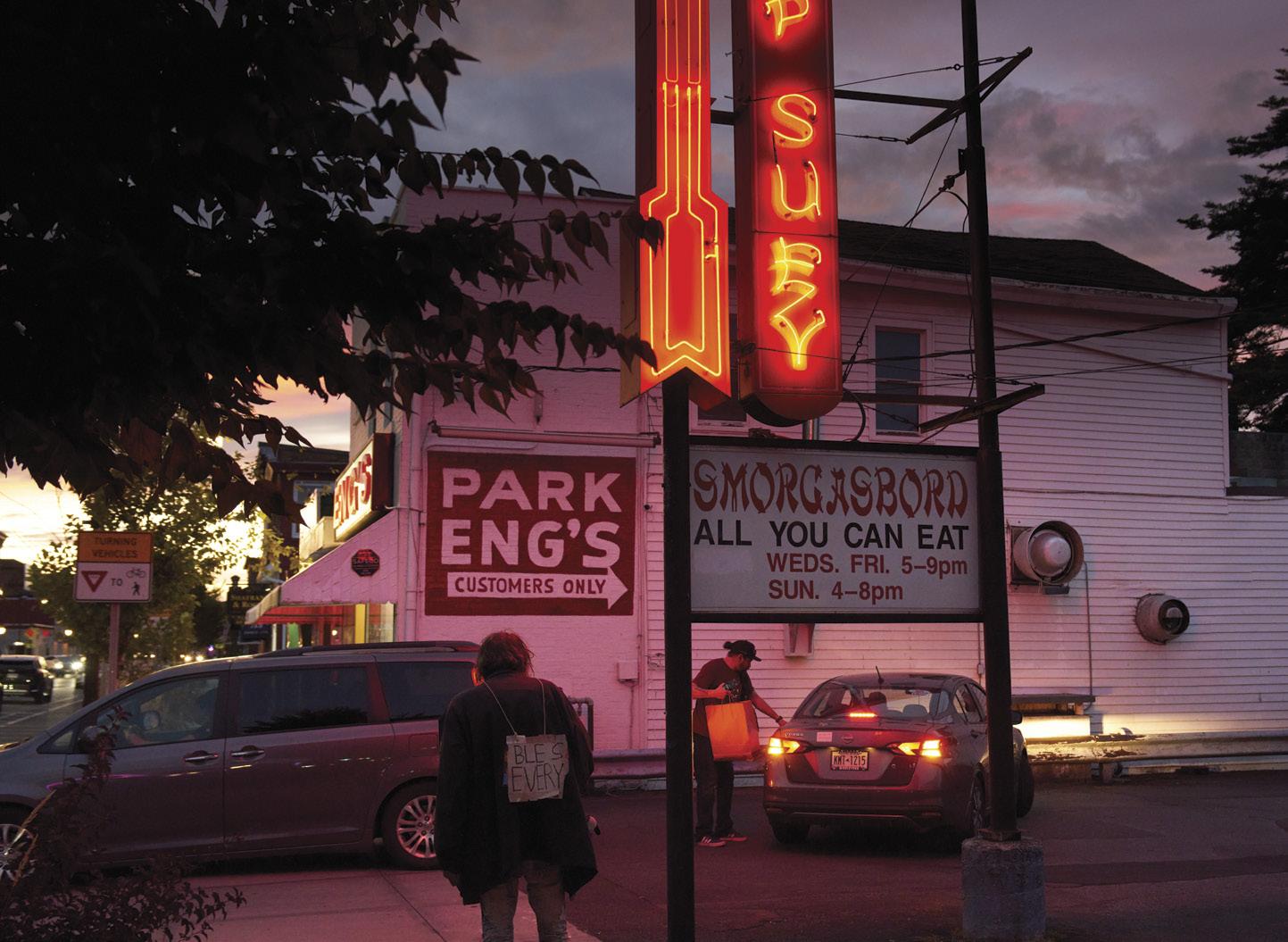
Eng’s Chinese Restaurant, which was featured in Season 2 of the TV series “Severance,” has been in its present location on Broadway in Kingston since 1966.
Photo: David McIntyre
COMMUNITY PAGES, PAGE 40
6 On the Cover
Stone Ridge-based artist Gurmi Lama melds Tibetan thangka tradition with contemporary themes.
8 Esteemed Reader
Jason Stern reflects on yearning, values, and the heart’s desire, uncovering purpose beyond fleeting cravings.
9 Editor’s Note
Brian K. Mahoney sings print’s holiness, digital abundance, and the kaleidoscopic chaos of Hudson Valley culture.
12 The Future is Floating
Cohoes launches New York’s first municipal floating solar array, a 5,880-panel system cutting energy costs that models renewable power’s future on city reservoirs.
16 Limiting Libations
Hudson Valley beverage makers embrace the low-ABV trend, as wellness-minded drinkers fuel demand for lighter, locally crafted wines, beers, and spirits.
Sips and Bites
Recent openings include Blue Duck Brewing Co., Upper Depot at Del’s Roadside, Our Place, and the Feathers Tavern.
24 We Could Make This Place a Castle
Yoga teacher Corinne Gervai restores a long-abandoned Cooper Lake farmhouse, blending resilience, community support, and spiritual practice into a revived sanctuary.
36 Pharm to Table: Covid Vaccine Update
Amid federal confusion, New York expands Covid vaccine access. Independent pharmacies have become vital walk-in hubs for community-level vaccination.
PAGES
40 Kingston: City on the Edge
Kingston wrestles with lawsuits, housing pressures, and shifting demographics, yet new civic experiments, cultural initiatives, and community-led investment signal resilience—and a city still bullish on building a stronger, more inclusive future.
50 Kingston Pop-Up Portraits by David McIntyre





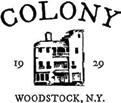



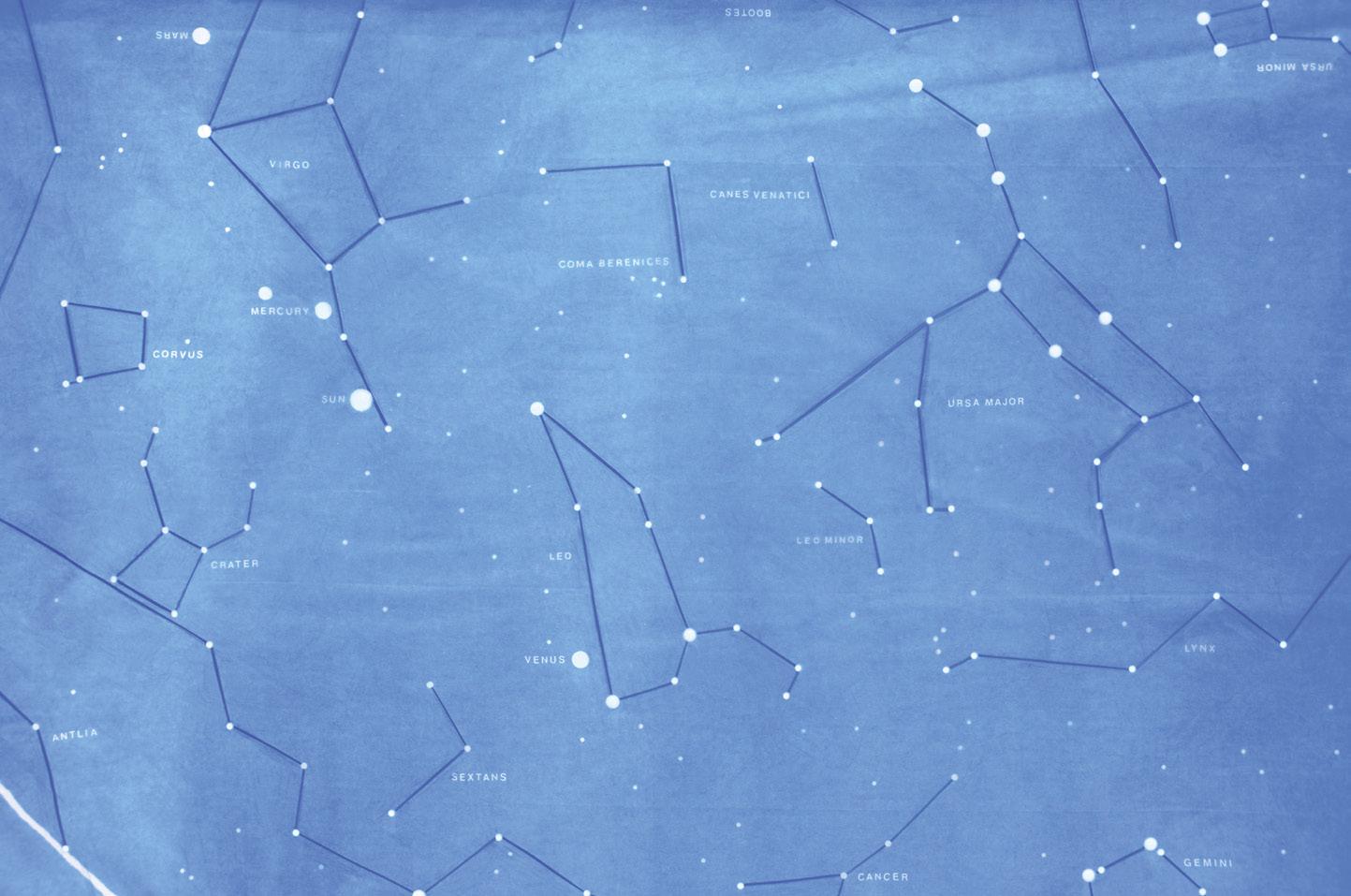
Katarina Jerinic, a detail of In the fall the days start to fade away, cyanotype on banner, part of the 2025 Terrain Biennial Newburgh.
FALL ARTS PREVIEW, PAGE 85
56 Pastrami Alley: Lev & Ida’s in Hudson Lev & Ida’s at the Cannonball Factory in Hudson draws lines with house-brined pastrami, honoring deli traditions while filling the void for quick, crave-worthy sandwiches.
58 Music
Jeremy Schwartz reviews Big Hotel by Winged Wheel. Peter Aaron reviews In Concert at the Library of Congress by the Stuyvesant String Quartet. Seth Rogovoy reviews Late Nights and Early Mornings by Rebecca Haviland and Whiskey Heart. Plus listening recommendations from Brazilian Girls drummer Aaron Johnston.
59 Books
Susan Yung reviews The Ten Year Affair by Erin Somers, a novel of suburban malaise, tangled marriages, and extramarital fantasies set in a town not unlike Beacon. Plus short reviews of Chasing the Grid by Ken Posner; Boy from the North Country by Sam Sussman; Moving in Stereo by Peter Aaron; The Girl Bandits of the Warsaw Ghetto by Elizabeth R. Hyman; and The Glass Eye by David Appelbaum.
60 Poetry
Poems by Kemp Battle, Marisa E. Campbell, Frances Greenhut, Andrew Joffe, David Lukas, Cyrus Mulready, Gracie Ringer, Matthew J. Spireng, Alma L. Strickland, and Judy Tierney. Edited by Phillip X Levine.
64 Events to catch this fall include the Catskills Comedy Festival, A Woolen Affair, Beacon Bonfire, “Follies,” and more.
69 Concerts to attend include The Lemonheads at Bearsville, Modest Mouse at UPAC, Sinkane at the Falcon, and more.
73 Silkroad Ensemble performs at the Mahaiwe on November 8.
75 Nineteen things to do at this year’s O+ Festival in Kingston.
78 Noah Baumbach headlines Woodstock Film Festival’s 26th year, blending auteurs, indies, and premieres.
81 Art exhibits to seek out include “Kinship and Community” at CPW and “Shadow Visionaries” at the Clark Art Institute.
85 Terrain Biennial Newburgh transforms Newburgh into an openair gallery, showcasing bold, community-hosted public art.
86 “In the Open Air” examines the legacy of landscape painting in Woodstock at the Woodstock School of Art.
88 Listings of art exhibits across the region.
92 The Abyss Stares Back
Cory Nakasue reveals what the stars have in store for us.
96 Early Work
A new book of old photographs by Stephen Shore. october 10 25


My childhood was marked by layers of unfortunate verbal, physical, and emotional mistreatments, leaving me feeling unworthy of belonging,” says Stone Ridge-based artist Gurmi Lama. “Like an iceberg emerging from the ocean, what is visible is only a fraction of the story. Beneath the surface lies a vast, multilayered subconscious shaped by those experiences.”
While Lama often speaks of trauma, his paintings are less about dwelling in pain than about giving it form within a spiritual and artistic lineage. By setting his own story against the precise frameworks of thangka practice, he transforms personal memory into a visual language that resonates with centuries of Buddhist imagery. The tension between strict rules and individual expression becomes part of the work’s power.
Lama’s work is rooted in Tibetan thangka painting, which are scrolls traditionally used in Himalayan Buddhism for teaching and visualization during meditation. It is painted on smooth handmade cotton canvas typically using mineral pigments, gouache, gold, and acrylic. Most thangka images depict historical saints, deities, and events from the Mahayana Buddhist canon.
Thangka artists follow a specific grid system (thig-ste) to create the initial framework.
Using charcoal or pencil, they draw precise grid lines and measurements, which guide the proportions of the central figure according to strict iconographic rules. Once the main figure is completed, the artist begins filling the remaining space of the canvas with freehand drawings.
Painting typically begins with the background, where colors are applied in thin, layered dots or short brush strokes to achieve gradual shading— from light to dark—or by blending different tones to create smooth transitions. After the basic coloring is complete, the artist uses very fine brushes to outline and add more shading and intricate details.
For detailed work and ornamentation, 24-karat gold powder is mixed with glue and water and applied like paint. Gold is often used for delicate patterns, fabric designs, and outlines. To make the gold shimmer, the canvas is laid on hard surface board and gently polished with a smooth stone once dry. When the painting is finished, it is removed from the wooden frame and mounted onto a silk brocade.
Depending on the size and level of detail, a thangka can take anywhere from two weeks to several months to complete. Mastering thangka painting requires years of dedicated practice— traditionally at least seven years of training under a teacher.
“I grew up in Phugmoche, a tiny Sherpa village
in the Mount Everest region of Nepal, so small it was made up of just two households,” Lama says. “One day, my cousin came to study thangka painting under my father, who is a monk. Almost without realizing it, I found myself becoming his second student, an apprentice by circumstance rather than choice. That was how my journey with thangka painting began in my early teenage years. Over time, I continued to learn on my own, teaching myself, and it became a career silently.”
That quiet apprenticeship—first under his father, then in solitude—still shapes the rhythm of his practice. Lama situates himself in a continuum of Himalayan art, even as he bends inherited forms toward modern themes of migration, dislocation, and resilience. His canvases function simultaneously as devotional images and deeply personal meditations.
Lama’s work is strongly influenced by Himalayan traditions, particularly Sherpa and Tibetan culture. This influence is reflected in his use of color combinations, brush-handling techniques, symbolic motifs, patterned compositions, and even in the preparation of the canvas itself.
“Within this framework, I present themes such as the encounter and balance between East and West, spiritualism and materialism, the challenges of preserving tradition within a rapidly shifting, consumer-driven lifestyle, and the reinterpretation of positive traditional values in today’s context or vice versa,” says Lama.
“My practice aims to bridge ancient wisdom with contemporary realities, creating a dialogue between cultural harmony possibly with a little hidden side humor.”
Weaving traditional techniques with contemporary themes, often incorporating symbolism, inspires Lama. During warmer months, he builds stone structures.
“When the winter becomes quiet and deep, that is when I paint mostly. Alongside these pursuits, raising two children with my wife helps me shape my perspective continually and keep moving,” he says.
An exhibition of Lama’s work runs through October 31 at the Rosendale Theatre and features paintings and giclee prints.
—Mike Cobb
EDITORIAL DIRECTOR Brian K. Mahoney brian.mahoney@chronogram.com
CREATIVE DIRECTOR David C. Perry david.perry@chronogram.com
DIGITAL EDITOR Marie Doyon marie.doyon@chronogram.com
ARTS EDITOR Peter Aaron music@chronogram.com
HOME EDITOR Mary Angeles Armstrong home@chronogram.com
POETRY EDITOR Phillip X Levine poetry@chronogram.com
CONTRIBUTING EDITOR Anne Pyburn Craig apcraig@chronogram.com
Winona Barton-Ballentine, Maggie Baribault, Michael Belfiore, Melissa Esposito, Jamie Larson, David McIntyre, Cory Nakasue, Jeremy Schwartz, Sparrow, Lynn Woods, Susan Yung
COFOUNDER Jason Stern jason.stern@chronogram.com
COFOUNDER & CEO Amara Projansky amara.projansky@chronogram.com
PUBLISHER Jan Dewey jan.dewey@chronogram.com
BOARD CHAIR David Dell
sales manager
Andrea Fliakos andrea.fliakos@chronogram.com
media specialists
Kaitlyn LeLay kaitlyn.lelay@chronogram.com
Kelin Long-Gaye kelin.long-gaye@chronogram.com
Kris Schneider kris.schneider@chronogram.com
ad operations
Jared Winslow jared.winslow@chronogram.com
marketing
MARKETING & EVENTS MANAGER
Margot Isaacs margot.isaacs@chronogram.com
BRANDED CONTENT EDITOR
Ashleigh Lovelace ashleigh.lovelace@chronogram.com
production
PRODUCTION DIRECTOR
Kerry Tinger kerry.tinger@chronogram.com
PRODUCTION DESIGNER
Kate Brodowska kate.brodowska@chronogram.com
office
45 Pine Grove Avenue, Suite 303, Kingston, NY 12401 • (845) 334-8600
in 1993, Chronogram offers a colorful and nuanced chronicle of life in the Hudson Valley, inviting readers into the arts, culture, and spirit of this place.

We’re coming to the season for celebrating and great food. That’s why we stock the best selection of kitchen tools in the area— More than any other kitchen store offers. I t’s why more chefs come to Warren Kitchen & Cutlery for their kitchen tools! For them, it’s personal. It’s also the reason our customers keep coming back year after year. WK&C carries and stocks the Hudson Valley’s best selection of fine cookware, cutler y, appliances and accessories! Where else would anyone shop for for their kitchen?
•Unique and rare knives from around the world. •Cookware, bakeware and barware.









Jason Stern
“There is nothing accidental or unnecessary in nature and there can be nothing; everything has a definite function; everything serves a definite purpose.”
—Peter Ouspensky, Fragments of An Unknown Teaching
I was speaking with my son, who went away to school last month. He is immersed in learning a craft that requires long hours of concentration. The work is more intense and demanding than anything he has experienced.
“How’s your stamina?” I asked. He thought for a moment and then gave a clear answer.
“Good. I’ve learned to turn it on,” he said.
With a swell of joy, I asked, “How do you do that?”
“I remember what I’m here for,” he said simply.
My son’s answer reminded me of the rare taste of caring deeply. It is not so much about what needs to be done, but why. When there is a sense of purpose the details are approachable.
But how to come to a feeling of purpose? And it is a feeling. No amount of thinking about good reasons makes me care. I have to feel the importance of something, which isn’t simply a matter of desire. It’s a sense of what’s important and has real value.
The old Latin from which the word value is derived has a connotation of courage (etymology: with heart) and strength of spirit, as in valor (etymology: a quality of mind which enables one to meet danger and trouble without fear).
In its descent into colloquial English, value is instead related to quantity, measured in abstract fungible or non-fungible currency. In any case, outside myself. Or it has to do with politics—one has liberal or conservative “values,” for instance.
Perhaps one should say, “what I really care about?” Or ask the question, “What am I here for?” Of course this can be a mind-boggling philosophical inquiry, but in a limited context the question is answerable. If I am honest, I am always where I am, doing what I am doing, because, however apparently trivial, I care about something.
According to Buddhism, desire and attachment to things is the cause of suffering and unease, and its cure is the process of letting go whilst staying engaged. Can I care without attachment? Can I be motivated without grasping for an outcome or result?
One explanation is that passing desires or cravings are placeholders for deeper impulses. I desire a fast car because I really wish to connect to the essence of speed, power, and agility. I desire a sexual encounter because I want to lose my separateness and merge into a creative flow. I desire a lot of money because I want freedom. I angle to impress another person because their admiration will prove that I exist. Beneath all the fleeting cravings lies something more fundamental—my heart’s desire.
To speak of a heart’s desire sounds childish, unbusinesslike. It is the stuff of fairy tales. And yet there is a reality in the language and syntax of fairy tales that speaks to a part of my nature that is not so caught up in the functional side of things. It is like an ephemeral vapor, a subtle scent of yearning for completion.
Easy to dismiss, but I think this power of wishing, so strong in children, is connected to the real qualities we seek. It is not so much a question of what I want, as what is this feeling of longing, however amorphous or unspecific, that is present in my being?
Can I connect with that yearning and allow it to be connected to what I do? So that the actions and deeds are not a means of burying the essential wish under superficial satisfactions but instead impel a process of seeking its source in myself, and in the process fulfilling my purpose in this life.
When the domain of the functional dominates the domain of values, what I do can only approximately fill the empty hole of yearning for what I truly love. Connecting to that wish, a wish upon a star, is a courageous act, a mission with heart. It requires setting aside the impulse to grasp after solutions and abide in the emptiness of yearning, and the genuine suffering of thirsting for something real.
But when I begin to be patient, even for a few moments, and feel the suffering of separation, I begin to see. Rather than looking for things to fill the emptiness I look around to see what is actually present. Abiding with the longing for wholeness I begin to see how I am able to strive, how to fulfill my purpose.
I’ve Been
What you hold in your hands is an immaculate distillation of much that is good and holy in the region. And I don’t use the word “holy” lightly. (Maybe I do.) Regardless. There’s a reverence to print—the smell of ink, the heft of pages—that carries the weight of permanence. You can dog-ear it, leave it on the kitchen counter, decoupage your bathroom with it, press a flower between its pages, and years from now someone may stumble across it and remember a concert, a play, a restaurant that once was. Print has aura. Print has presence. Take a look at the exultant faces of the parents of the newborn on page 55 and feel its electricity in your fingertips.
But the ink and paper are just an amusebouche. The amuse bouche-ette, even. Online, the banquet table stretches out for acres. At Chronogram.com we’re publishing two to three new stories every single day—more than 60 a month—on art, food, music, environment, civic life, and the strange, wonderful miscellany that makes the Hudson Valley what it is. (Wonderful Miscellany Digression: Have you visited RAE BK’s immersive house-world Faraday Cage in Kerhonkson yet?!? It’s open through November 30.) The magazine gives you the highlights, the website is the overflowing cornucopia.
The Joy of the Kaleidoscope
In the past couple of weeks alone, we strolled through warehouses and backyards reimagined as galleries during Newburgh Open Studios, to spend time with artists like Theresa Gooby and Ashley Lyon. We laced up our boots for the new Schunnemunk Meadows Trail in Orange County, a 220-acre sweep of wildflower meadows folded into the larger state park thanks to the Open Space Institute’s conservation efforts.
We peered in the windows of Union Street’s Brewing Co.’s Kingston expansion, a Hudson taproom daring to grow without losing its charm. We crouched low to watch chalk artists transform Tivoli’s streets into radiant, temporary, masterpieces during the Tivoli Street Painting Festival.
We reviewed Jean Shin’s “Bodies of Knowledge” at the Dorsky, where mountains of obsolete phones and keyboards become hulking sculptures that ask what all our digital detritus really adds up to. We dropped quarters into pinball machines at Rhinebeck’s new High Score Arcade + Cafe, proving that Pac-Man pairs surprisingly well with an IPA.
On the runway, we covered Hudson Valley Sustainable Fashion Week’s Organic Runway at Rose Hill Farm in Red Hook, where designers
repurpose and redesign clothing that asks: What if style could save the planet? And with somber clarity, aquatic ecologist Stuart Findlay pointed out that the Hudson River is projected to rise three feet by the end of the century. Three feet. Not metaphor, not poetry—hard data that will redraw the shoreline, the maps, the lives of those who live at the water’s edge.
Taken together, these stories are a kaleidoscope. Tilt it slightly and the patterns change: art, environment, food, science, history, civic life. Each new turn refracts the Hudson Valley back at itself, dazzling and disorienting, beautiful and sometimes alarming. Print captures some of this. Online, we capture all of it. Print captures some of this. Online, we sketch a larger map—never the whole territory but enough contours and landmarks to recognize the lay of the land.
And then there’s our events calendar, one of the most overlooked public services Chronogram offers. As of this morning, September 22, it held exactly 1,080 events, from Adrenalize, the ultimate Def Leppard Experience at Daryl’s House, to Zumba at the Gardiner Library. You can filter by category, by town, by date, by your particular whims. Want live music on a Tuesday? A mushroom walk in Margaretville? An art opening in Beacon? It’s there.
Better still, anyone can upload an event. Free. No gatekeepers. If you’ve got something to share with the region—a reading, a fundraiser, a neighborhood cleanup—you can add it to the calendar and suddenly the whole Hudson Valley has a shot at showing up. It’s cultural glue, the connective tissue between people and place, made visible in pixels.
I sometimes think of our email newsletters as little boats on the Hudson. Five a week, setting sail with curated cargo: articles, events, highlights, curiosities. Some of them sleek, others a bit ramshackle, but each headed downstream into inboxes across the valley. Much of this fleet is captained by my colleague Marie Doyon, our digital editor, who curates with such taste and personality that you can practically hear her voice at the tiller. If you haven’t yet subscribed, consider this your invitation to hop aboard— there’s always room on deck, and the view of the Valley from the water is unmatched. (Subscribe here: Chronogram.com/newsletter).
The metaphor isn’t perfect, but then again, neither is the inbox. What is perfect is the
by Brian K. Mahoney
(All the Live Long Day)
rhythm: every week, without fail, we launch these boats. They carry the best of what we publish, more than you could possibly catch by refreshing our homepage or swiping through Instagram. And they’re free. You can subscribe today and by tomorrow you’ll be better informed about the rhythms of this valley than your neighbor who insists he gets all his news from Facebook.
Now, let me step back. Being the editor of a print magazine in 2025 is a little like being a vinyl enthusiast in the age of Spotify. People sometimes look at me as though I’m indulging in a quaint hobby. (“You still…print things? On paper?”) Guilty as charged. You’re holding the evidence. But print is no longer the whole picture. It used to be that the magazine was the alpha and the omega: the deadline loomed, the issue went to press, and then we all decamped to Blockbuster to rent VHS tapes. Today, the magazine is one part of a larger ecosystem. Online publishing hums along every day, the newsletters beat their weekly pulse, the events calendar fills in the connective tissue. Print remains glorious, tactile, holy—but it is no longer sufficient on its own.
Here’s the crux: Chronogram has always been free to readers. Free in print, free online, free in your inbox. That’s part of our mission—cultural coverage as a public good. But our journalism is not free to produce. Writers, editors, photographers, designers—they’re not elves. They don’t live on joy alone (though joy is part of the compensation package). Servers need paying, printers need ink, and every story you read is the product of labor.
So I’ll end with a direct ask: if you value what you hold in your hands—this immaculate distillation—or what you scroll through on your phone—the kaleidoscope in real time—please consider supporting our work. Think of it less as charity and more as civic participation, a vote of confidence in the idea that regional culture matters. That telling our own stories matters. That the region deserves a chorus, not a monologue.
We’ve been working on the website, and the socials, all the live long day. With your support, we’ll keep working—into the night, into the next morning, into whatever future the river, and the region, will hand us (Please support us here: Chronogram.com/support). And to you— our readers, our fellow travelers on this river— thank you. Without you, we’d just be shouting into the void.

• Doctors from Columbia
• 90+ specialties including cardiology, neurosciences, women’s health, men’s health, oncology and pediatrics
• State-of-the-art facility with innovative technology, including on-site radiology and rehabilitation services
Book an Appointment
NYP.ORG/THEONE

NewYork-Presbyterian The One. Westchester’s new state-of-the-art healthcare center with doctors from Columbia is now open.
Imagine a place where your entire family—from infants to grandparents—can receive world-class medical care, all in one convenient location. That vision becomes a reality with the opening of NewYork-Presbyterian The One, a groundbreaking outpatient center for advanced care in White Plains.
Located at 1111 Westchester Avenue, NewYork-Presbyterian The One is more than a medical facility—it’s a reimagined healthcare experience. Designed with families in mind, this state-of-the-art center brings together world-class doctors from Columbia to deliver compassionate, comprehensive care all under one roof. NewYork-Presbyterian The One offers 90+ specialties in adult and pediatric care, with unrivaled expertise and expansive services in key areas of medicine, including cardiovascular, women’s health, men’s health, children’s health and neurosciences.
Whether you’re managing a chronic condition, need an annual checkup or help scheduling multiple family members’ visits, NewYork-Presbyterian The One makes it easy. With on-site scheduling coordinators, you can book a variety of appointments at one location saving time and reducing stress.
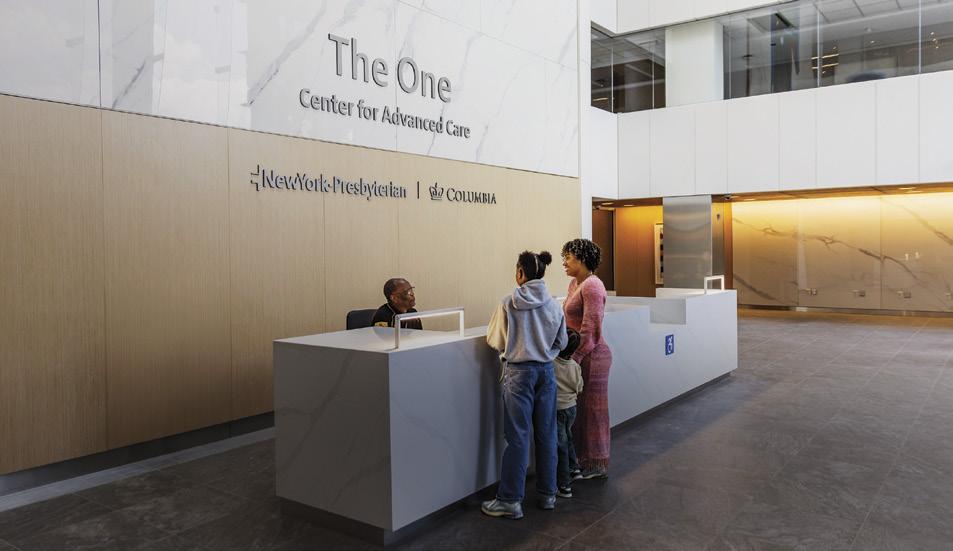
“We’re proud to be expanding our world-class care across Westchester. We understand the importance of having high-quality, comprehensive healthcare services available close to where you live and work.”
– Dr. Steven J. Corwin, President and CEO of NewYork-Presbyterian
From the moment you arrive, you’re met with complimentary valet service and a warm welcome in a light-filled, modern atrium. This patient-first approach means a personalized, seamless experience for patients, their families and loved ones.
The One is home to some of the most advanced medical innovations available today, with technology not widely available in Westchester. The latest Siemens CT scanners, a pediatric GI PillCamTM and cuttingedge rehabilitation tools like ZeroG® and Bertec Vision Advantage provide the opportunity for more accurate results and advanced care and rehabilitation options. With 155 modern exam and consultation rooms, ambulatory surgery and
endoscopy suites and on-site labs, imaging, infusion therapy and more, everything you need from primary to advanced outpatient care is right here— no extra travel required.
Perfectly positioned in White Plains, The One is centrally located with easy access to major thoroughfares, public transportation and free parking making it more convenient than ever for Westchester residents to prioritize their health. Beyond clinical excellence, the center is designed to support your well-being, inside and out. Enjoy a serene walking path, landscaped gardens, a calming waterfall and a café offering a wide selection of food options. Every detail reflects the center’s commitment to putting patients, families and caregivers first.
Open Now. Make The One Your Healthcare Destination.
Book your appointment now at NewYork-Presbyterian The One. Whether you’re looking for a trusted pediatrician, a top-tier specialist or a place to more easily manage your entire family’s health with ease, NewYork-Presbyterian The One is your one-stop destination. Visit NYP.ORG/THEONE to learn more and schedule your first appointment.


By Michael Belfiore
Just a 10-minute drive from Albany, at the confluence of the Mohawk and Hudson rivers, the future of energy is taking shape at the Cohoes’s water filtration plant. There, on the plant’s 10-acre pond, filled with water pumped up from the Mohawk, solar panels on plastic floats bob on the surface.
Cohoes Mayor Bill Keeler and Sharon Butler, the city’s commissioner of Building and Planning, watch as workers in high-visibility life vests stoop among the rows of floating solar panels like hightech farm workers. Only instead of harvesting crops, these workers are completing electrical hookups that will soon send up to 3.2 megawatts (MW) of DC power to the shore, where inverters will convert it to AC power for the electric grid.
According to Keeler, the city stands to realize a savings of $500,000 to $600,000 in its annual municipal energy costs—pretty much the entire bill—once the system gets hooked up. “So instead of it being a budget concern, it gives me optimism that we won’t have to raise taxes again next year,” he says. And the savings are likely to grow. “We all know energy costs keep going up,” Butler says. That is, for non-renewable sources, unlike the fixed costs of solar power.
The Cohoes facility is the newest in a growing number of floating solar arrays, or floatovoltaics, that aim to capture the benefits of solar power while leaving behind some of the drawbacks.
Floatovoltaics are nothing new. They’ve been in operation in the US since Far Niente Winery installed a system on its irrigation pond in Oakville, California, in 2008. But they’re more plentiful abroad—for example, in Japan, where the first prototype went online in 2007; China, home of the world’s largest installation; and India, where a 600 MW facility isn’t much smaller.
But the Cohoes installation is the first in New York State, and the first in the country owned and operated by a municipality, according to Keeler.
The newest (and at 8.9 MW, the largest in the country) of two systems in New Jersey, both owned and operated by NRJ Clean Energy Ventures, went online at the Canoe Brook water treatment plant in Short Hills in 2023.
Butler estimates that the final cost of the Cohoes system will come in around $7.2 million. The city received a $3 million federal grant for the project, secured by Congressman Paul
Tonko, whom Keeler says has been a strong supporter. The New York State Energy Research and Development Authority (NYSERDA) will provide $1 million on project completion through its NY-Sun program. Additional money comes from the US Inflation Reduction Act, leaving about $1 million as the city’s responsibility. That means, given the anticipated energy savings, the city should recoup its investment in the array in about two years of operation.
Although not specifically named in New York’s plan to reduce carbon emissions from all economic activity in the state by 85 percent from 1990 levels by 2050, floatovoltaics could play a significant role. Legislation recently introduced by state senator Pete Harckham calls for NYSERDA to provide financial incentives and education to boost floating solar development.
Siting solar arrays on water eases competition for land needed by terrestrial arrays. “They’re not taking up valuable farm space,” as Keeler puts it. The cooling effect of the water keeps the panels closer to their optimal operating range, boosting efficiency. The array in Cohoes also gets an efficiency boost from an additional feature. “The panels are more efficient because they also get
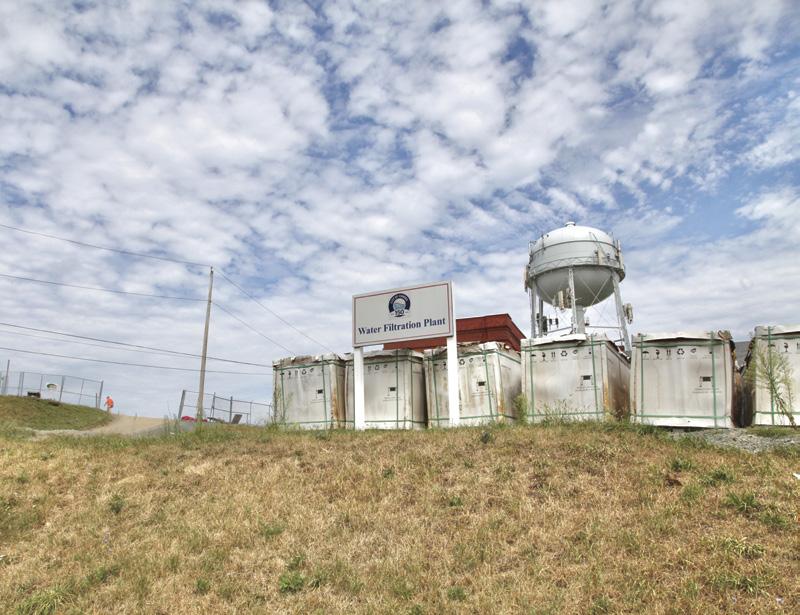

reflection from the water,” says Andy Wittman, project manager for DLC Electric, the project’s Troy-based contractor. “It absorbs sunlight in either direction. It’s bifacial.” Wittman expects the array to last at least 30 years—comparable to terrestrial systems.
By shading the water, floating arrays also cut down on algae growth, something Patrick Fuss, acting utility director for the City of Healdsburg, in northern California, can attest to from experience. Healdsburg’s floating solar array went online on its water treatment plant holding pond in 2021. Fuss says the difference in the quality of water leaving the pond to irrigate nearby vineyards is visible.
“The water was this pea green soup-ish kind of color, and now it’s very clear,” Fuss says. The algae growth caused problems for the vineyards.
“The vineyards use drip irrigation here, which has a very small orifice at each one of the lines, and it clogs up their emitters,” Fuss explains. “But since we’ve had the floating solar out there, the algae’s been curtailed, and we’ve not had those complaints again.”
Keeler looks forward to reducing algae growth at the Cohoes filtration plant as well. “Where the panels are covering, you won’t get the algae,” he says. “So there’ll be a lot of savings in the chemicals that we use to treat that.” He also expects the shade to save water. “We lose a lot of water to evaporation, as you would imagine, over such a big surface area,” he says.
Floatovoltaics do present some challenges, including, at least in the case of the Healdsburg facility, from an unexpected source.
Fuss says the city of Healdsburg didn’t anticipate geese liking the town’s floating panels a little too much. “Geese being geese, they just let loose wherever they are,” Fuss says. Goose droppings on the panels reduce power output, so now, the array’s owner and operator, White Pine Renewables, regularly sends out a cleaning crew. Keeler and Butler don’t anticipate a goose problem at the Cohoes site.
Less of an issue for day-to-day operations is the potential for floatvoltaics to increase greenhouse gas emissions from the water they float on, even as they potentially offset emissions by replacing non-renewable sources of power.
A study published last year by researchers at Cornell University found that ponds covered with solar panels release about 27 percent more greenhouse gases than open ponds due to changes in the water’s chemistry and temperature. Still, the study’s authors conclude that the emissions are lower than for terrestrial solar farms.
One of those authors, Liz Kalies, lead renewable energy scientist for the Nature Conservancy’s North America region, also contributed to a study on the impacts of floatovoltaics on biodiversity and recreational water use. “People have a really special relationship with water, and many communities have strong identities linked with boating, fishing and other water activities,” she says. “The most important finding for communities is that even in the most cautious approach. There are still many opportunities for floatovoltaics in the Northeast.”
Kalies and her coauthors conclude that even taking potentially problematic bodies of water out of the running, the Northeast (including New York, New Jersey, Connecticut, Massachusetts, and Pennsylvania) could increase its solar power generation by five percent with floatovoltaics, including in places like the Cohoes filtration plant. Five percent might not sound like a lot, but Kalies calls it significant. “It could be the equivalent of taking nearly 40 million passenger cars off the road for a year while avoiding development on tens of thousands of acres of land.”
Completed in late September, the Cohoes array’s 5,880 panels cover 75 percent of the reservoir’s surface, with open water on all sides for access by maintenance crews via boat. Seventy-four tethers will connect the floating array to anchor points on the shore rather than in the water to avoid possible contamination with underwater drilling. Weights will keep the tethers below the surface and out of the way of the maintenance boats.
Connection to the electric grid, via National Grid, will have to wait until next year due to the power company’s scheduling constraints, but may come as soon as February, according to Butler. The electricity won’t be exclusively for the city’s use, but it will allow Cohoes to offset the cost of lighting the city’s streets, music hall, town offices, and more.
“It’s great for the environment and there’s a savings for the municipality,” Keeler says. “So what’s not to like about it?”

Now enrolling Pre-K through 8th grade. Our teachers inspire independent and insightful thinking, empathy for all, and a lifelong love of learning.



October 25th 10am - 12pm
mountainlaurel.org/open-house
New Paltz, NY • 845-255-0033
Private tours available upon request




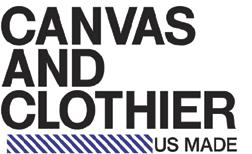
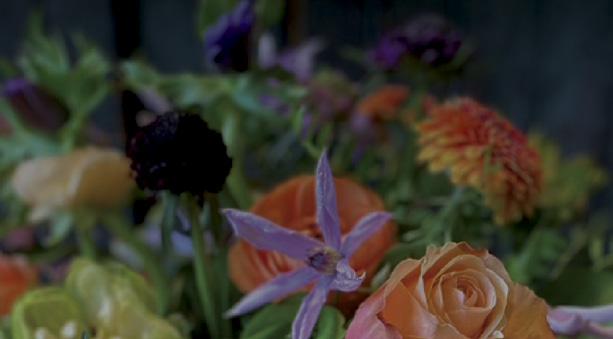





















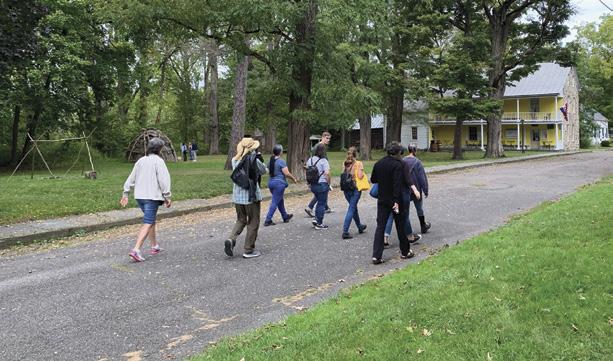
As a lifelong resident of Germantown, Amy Salvatore was very familiar with Palatine Park Road, a short half-mile stretch of road that is also home to its namesake public park, a local vet’s office, and the Germantown farmers’ market. When a “For Rent” sign went up in the window of one of the shops, the spark of possibility kindled in her mind.
Salvatore, the owner of Hudson River Homesteaders, a pastureraised meat farm, had been a steady presence at the farmers’ market across the street for several years. With all the connections she had made with other farmers, artisan bakers, and small-batch makers of all kinds, she knew the space could thrive as an old-fashioned general store with everything someone might want to stock the kitchen for a few days. The goal, she says, is convenience without compromise.
“No one wants to stop at 600 different places to pick up what they need,” says Salvatore. “I knew it could be a community space where people can bring their vendor items, and have a small farmers’ market community inside showcasing things that are all around us that people don’t even realize are here.”
In March 2024, she opened Hudson River Homesteaders Country Store to the public, uniting a bevy of locally made essentials (as well as some nice-to-have sundries and gifts) under one roof year-round.
At the store, which is open Thursday through Sunday, shoppers can, of course, find Hudson River Homesteaders’ ethically and sustainably raised meats, including whole chickens (a perennial customer favorite that Salvatore says has to be restocked daily), thick-cut bacon, custommade pork sausages in a variety of flavors, lamb chops, and steaks, as well as ground meat and cuts for stewing and braising.
There’s also locally grown vegetables and fruit, fresh baked breads and pastries, as well as small-batch pantry staples like jam, honey, spices, and pickles. In one corner is an array of handmade soaps and skincare products (some crafted with goat milk from Salvatore’s own herd). On another display, seasonal gifts and home goods by local artisans—from beeswax candles to wooden cutting boards—make the store as much a treasure trove for gift-shoppers as it is a practical grocery stop.
More than just offering local groceries and gifts, the store is a physical manifestation of Salvatore’s own journey to healing through sustainably grown, transparently sourced food and her mission to share its benefits with the community. In 2019, after working in healthcare for most of her adult life, she was blindsided by an autoimmune disorder diagnosis. “It was kind of an overnight thing that forced me to rethink everything,” she says. After swapping commercially grown meat for organic, she began to notice a lessening of her symptoms, and even noticed the benefits in her young son, too. By the time the pandemic hit, she was raising her own chickens, goats, and sheep at her quickly blossoming “mini farm,” and soon after, she began selling at the farmers’ market at her neighbors’ and friends’ behest. “It just snowballed and kind of became my calling,” she says.
As the fall foliage peaks and the holidays approach, Salvatore is planning special events to make the store an even more festive gathering spot for locals and weekenders alike. On Small Business Saturday,November 29, Salvatore will be hosting a “Sip & Shop” event where customers can enjoy a cozy drink as they browse, get a jump on locally sourced holiday gifts, and enjoy discounts and giveaways. Looking ahead to winter, she hints at more gatherings and possibly extended holiday hours to accommodate the busy season ahead and offer more opportunity for shoppers to discover new growers and makers in Germantown’s backyard.
“Every product that comes into the store has a story,” Salvatore says. “It’s really hard to be a small business. Our goal is always to support other small businesses and make sure that people know they’re there.”
Hudsonriverhomesteaders.com

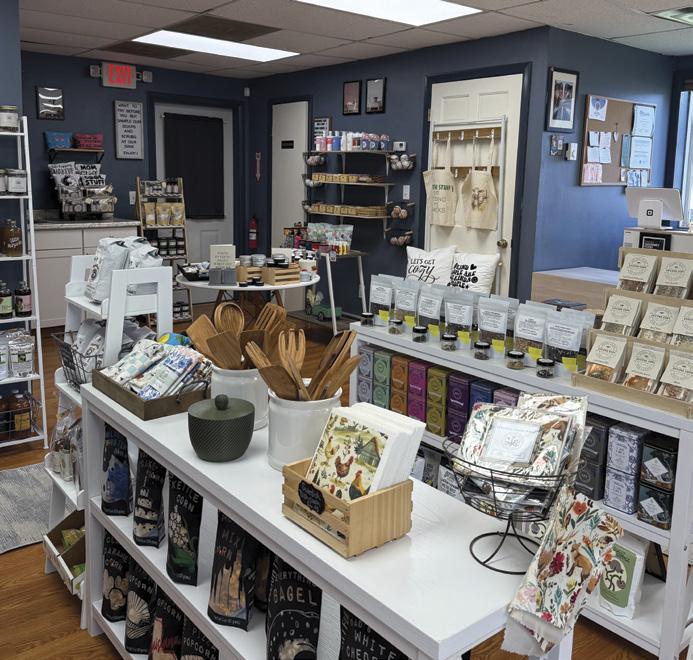

By Melissa Esposito
cross the country, there’s been a noticeable trend in how adults are choosing to socially imbibe, especially when it comes to craft beverages. Consumers are increasingly reaching for low- or no-ABV (alcohol by volume) beer, spirits, wine, and ciders, and there are a few reasons why.
For one, there’s more of a societal focus on wellness and healthy habits, thanks in large part to social media trends bringing phrases like self-care, biohacking, and looks-maxxing to our cultural vernacular. Dry January, a self-motivated month of temperance after the indulgence of the holiday season, has become a common challenge. These social trends are often fueled by the older subset of Gen Z, who are just coming into or are slightly above legal drinking age, yet choosing to drink moderately or not at all, but have also been influencing older generations.
National data reflects what Hudson Valley producers are already seeing on the ground: Americans are drinking less, and they’re doing it more intentionally. A Gallup poll released this summer found that just 54 percent of adults now identify as drinkers—the lowest share since the
survey began tracking habits in the 1930s—and those who do imbibe report averaging fewer than three drinks a week, the lightest tally in nearly three decades. At the same time, the no- and low-alcohol market in the US is on track to grow nearly 18 percent annually through 2028, with analysts projecting close to $5 billion in sales. It’s less about abstinence than it is about moderation, with younger consumers in particular driving demand for beverages that fit into a lifestyle of wellness, family balance, and clear-headed connection.
“The craft beverage industry in general has been changing over the last few years, as Gen Z are not big drinkers, and everyone’s looking for new ways to meet them where they are,” says Todd Cavallo, owner of Wild Arc Farm, a regenerative farm and winemaker in Pine Bush known for their piquettes, low-ABV sparkling canned spritzers made from a second-pressing of grape pomace.
The drink’s history dates back to ancient Greece, where it was known as worker’s wine.
“In general, palates in the wine world have shifted. There’s less focus on that classic 15-percent ABV California wine; instead, food-

friendly wines at 10 to 12 percent or picnic wines at seven percent are just a more palatable preference lately.”
Wild Arc started offering canned piquettes around 2019 mainly as a way to make more with the ingredients they had on hand, but also to appeal to consumers who were becoming more accustomed to low-ABV canned drinks, thanks to growth of the hard seltzer market. Instead of trying for a beer or seltzer, Wild Arc opted to create piquettes and become the first US seller to do so. “We’d been making wine since 2016, but we started making piquettes two years later, originally as a way for us to make more with the little fruit we could afford while getting started,” he says.
“We wanted to create quaffable beverages you could drink while working in the field without feeling inebriated; what some people refer to as ‘lawn mower beer.’”
Wild Arc Farm piquettes come in a pink (red and white grape blend) and orange (white blend) at seven-percent ABV. One of their most popular canned offerings is Lemon of Pink, a blend of Merlot and Cayuga piquette infused with lemon basil, lemongrass, and lemon balm grown on the farm.
“In the Hudson Valley, we’re lucky that people are drinking the same way they’re eating—locally made, organically grown—and I think that has something to do with it, too,” Cavallo says, referring to a more intentional way of sipping that’s motivated by discovery as opposed to getting drunk.
“New York City is still the biggest wine market and still very Euro-centric, but when people come to the Hudson Valley they want to try the products that were grown here.”
This slow-food approach to mindful drinking echoes what Rachel Petach has seen through her company C. Cassis, a blackcurrant liqueur maker. “People really value the agricultural side, learning about what they’re drinking and how it’s reflective of a place,” she says. “Party culture will always be there, but lately more people are coming together to drink socially, not just to lose inhibitions, but to bond through sensorial delights.”
C. Cassis launched in December 2020 and opened a tasting room in Rhinebeck in 2023. The core aperitif is versatile with a vermouth-y approach that’s herbaceous, not too sweet, and can be made into a spritz or mixed into a cocktail. Petach concocted the liqueur because she wanted something that mirrored the drinks she enjoyed, but without preservatives or synthetic ingredients, and made from locally sourced ingredients. “When I first started making this I was pregnant, so my lifestyle was already no- and low-ABV,” she says. “In response to there being a general low-ABV trend, it’s always been a part of who we’ve been talking to. People tend to like that you can add it to cocktails to make them
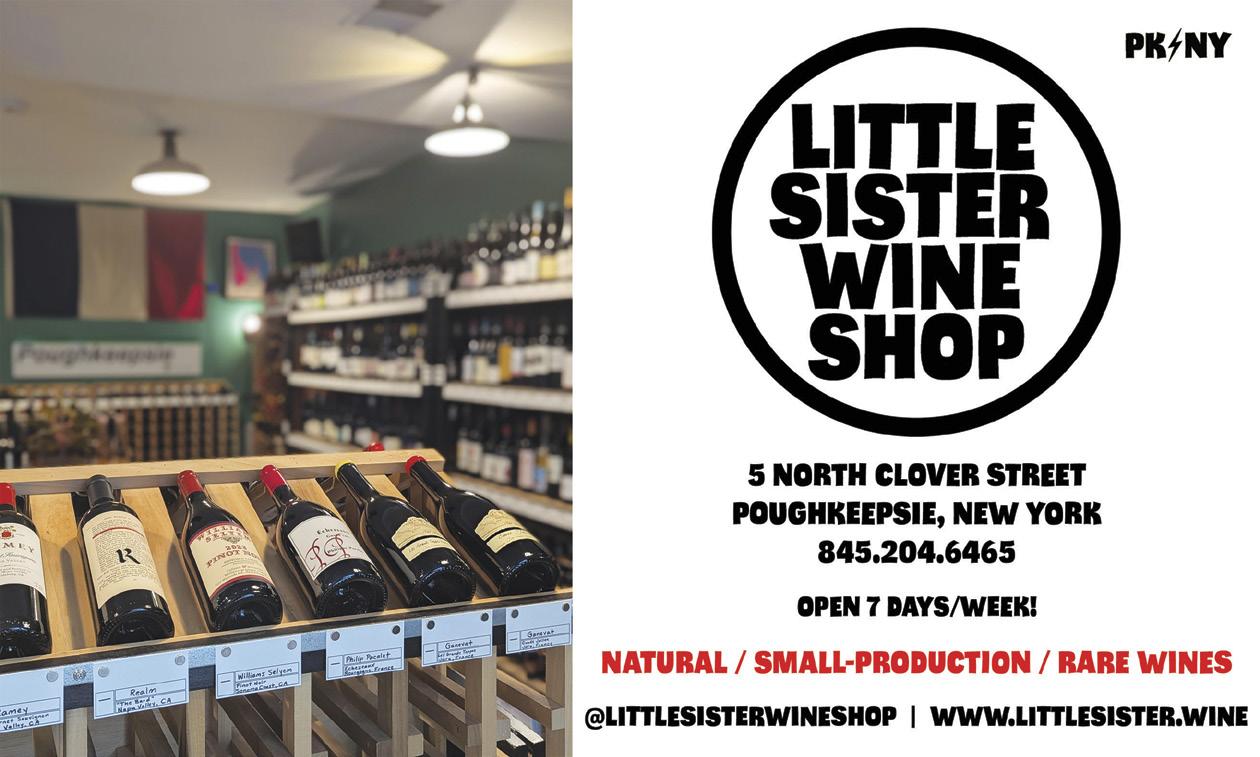

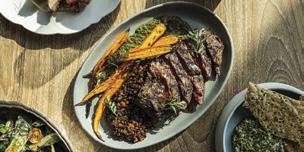
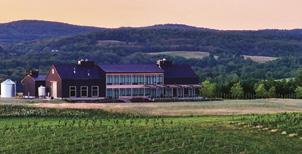


lower proof, or have a seat together in our tasting room and ask about the agricultural context—one of the things that makes our cassis exciting is how it relates to land stewardship in the Hudson Valley. Maybe 10 years ago people wouldn’t have been as enthusiastic about that, but the regional craft beverage scene has grown so much in a way where we all support one another and support consumer curiosity.”
Besides the goal of longevity, and the desire to visit a winery or brewery and taste farm-to-glass beverages without risking a hangover, there’s also the perspective of families, especially parents with young kids. More parents are equally sharing child-raising responsibilities, often a catalyst for choosing a light beer, low-ABV cocktail, or alternating drinks with mocktails when they have the time and energy to go out on a Saturday night (knowing the kids will wake them up early on Sunday). There’s also a matter of cost; when craft cocktails are in the $15 to $20 range, mocktails offer a less-expensive, still palatable alternative in a social setting.
“There’s absolutely been a shift driven by younger generations who are generally less interested in overconsumption of any kind,” says Paul Halayko, owner of Newburgh Brewing Co. “But this has also always been a consistent theme in our taproom. Our best-selling beer is no doubt our flagship MegaBoss IPA [sevenpercent ABV], which we’ve put a lot of effort into promoting, but the next most popular are five, four, or even three percent brews in a variety of styles.”
Newburgh Brewing was an early addition to the regional craft beer boom. Fifteen years ago, it was difficult to find a craft brewery in the Hudson Valley, and around the time more started popping up, IPA brews became extremely popular. Enough so that to stand out, brewers experimented with different hop flavor profiles, fruit and herb infusions, filtering/not filtering, and pushing boundaries of how high an ABV can go.
“From the start, we never wanted to pump out IPA after IPA, so we focus on brews like our kolsch, cream ale, brown ale, corn lager, Oktoberfest, and more—which are all fivepercent ABV or lower—to create a breadth of
styles so that there was something for everyone,” he says. “But many of our long-time customers now have kids and new visitors are hearing that our taproom is family-friendly, so they appreciate that lower percent even more. We’ve really tried to evolve as our customers have so that we can continue to meet their needs. In terms of being family friendly, it’s not just about having chicken tenders and apple juice on the menu, it’s also about moving our events up a little earlier for parents who need to relieve the babysitter. In the past, our late-night events would run from 10pm until 2am. Now, people appreciate being able to hear some music, have a beer or two, and then head home without feeling exhausted the next day.”
“Everyone’s journey with alcohol is different, and it’s important for people in the industry to realize that although more people are making decisions based on best interests in health and family, that doesn’t necessarily mean everyone is becoming a teetotaler,” he explains. “As the culture shifts, regional producers in the Hudson Valley will still try to meet you where you are so that there’s always something for everyone.”

With picturesque surroundings, robust farm-to-table menus, events galore, and of course, top-notch pours, these craft breweries, distilleries, and cideries are detour-worthy destinations all their own.

331 Mckinstry Road, Gardiner (845) 255-4613 Whitecliffwine.com
Whitecliff has dedicated more than 30 years to finding and planting grape varieties that succeed on their site. They are dedicated to sustainability, environmentalism, and producing vegan wines to be proud of. The family run business is celebrating 25 years in 2024. Winning more international awards than any other producer in the Hudson Valley, they are certified sustainable, and make limited release vegan wines. With two tasting rooms, one in Gardiner and one in Hudson, it’s simple to come and see why their favorite review described them as “Like visiting an unpretentious friend who is excited to teach people about wine.”
408 Pooles Hill Road, Ancram (518) 329-1023
Hillrockdistillery.com
One of America’s few Field-to-Glass® distilleries, Hillrock hand-crafts fine bourbon, rye, and single malt whiskeys from grain grown sustainably on the estate. Setting a new global standard, Hillrock is the only founding U.S. member of the Estate
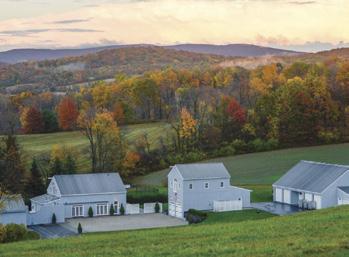
Alliance located outside of Kentucky. Open daily for tours and tastings.
Current Cassis
108 Salisbury Turnpike Rhinebeck (845) 516-5053
Ccassis.com
C. Cassis is rooted in a love for blackcurrants. From its flagship aperitif and spritz cans to non-alcoholic aperitifs and pantry goods, each creation celebrates this once-forgotten fruit. Visitors can enjoy cocktails, snacks, and a New York beverage-focused market at the jewel-box tasting room, open weekends from 1–7pm, just minutes from historic Rhinebeck.

Berkshire Cider Project
508 State Road, North Adams, MA (413) 409-6058
Berkshire-cider.com
Berkshire Cider Project creates dry, sparkling hard ciders inspired by the Berkshires’ art, agriculture, and community.
Using local, foraged, and imported apples, their ciders are gluten-free, zero-sugar, and naturally aged. Visit their tasting room at Greylock Works in North Adams, or join their Cider Club for seasonal deliveries.

Treasury Cider
9 Fishkill Farm Road #6551 Hopewell Junction (845) 897-4377
Treasurycider.com
Tree-to-bottle Hudson Valley hard cider—Treasury Cider is a product of the soil, the sun, the trees and the people that come together each season to make a new crop possible. Made with apples grown at family-owned orchard, Fishkill Farms.
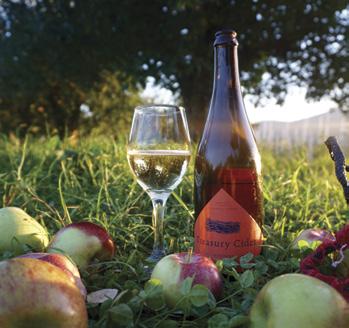





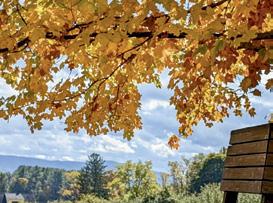





















































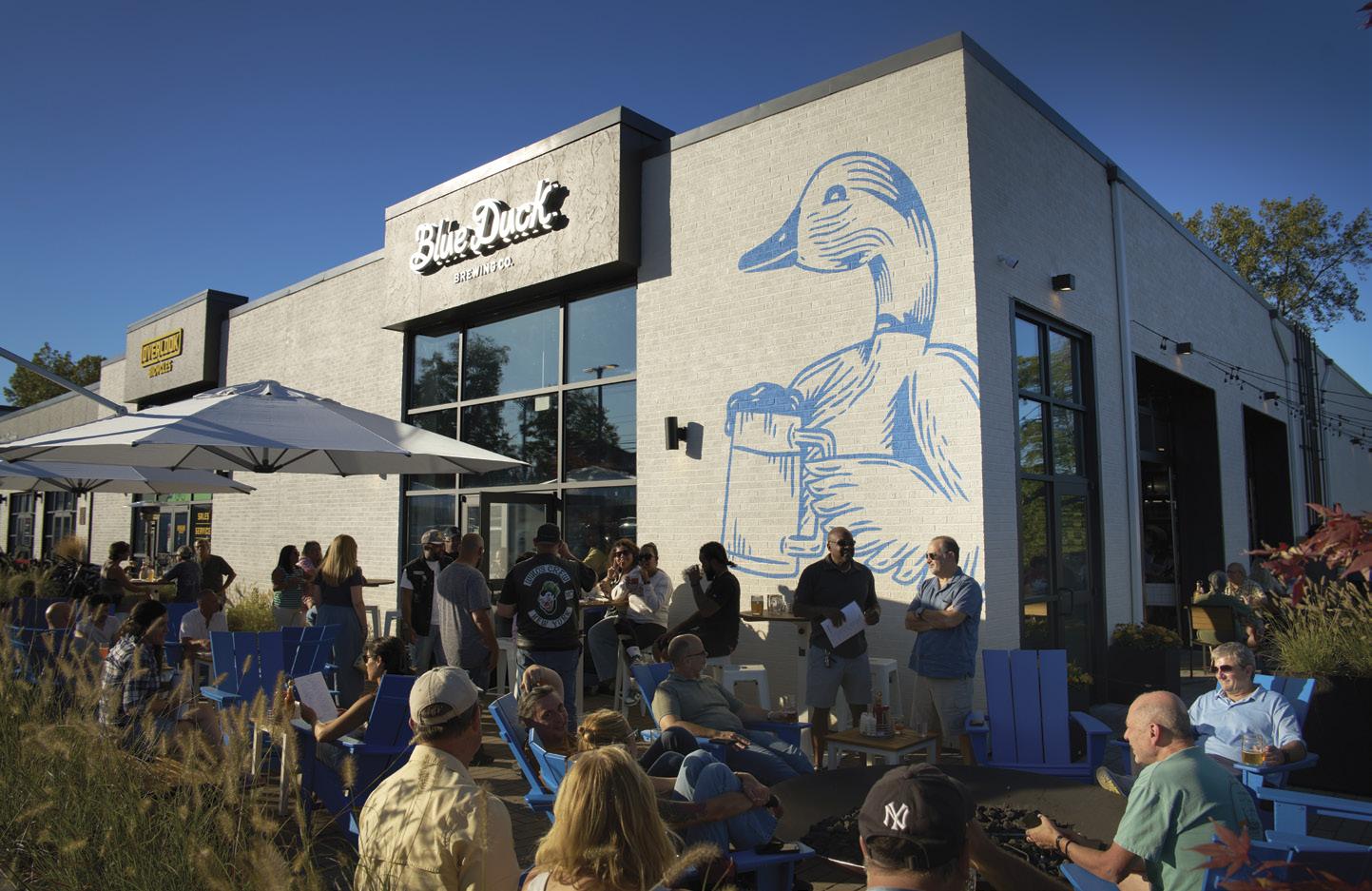
Blue Duck Brewing Co.
79 Hurley Avenue, Kingston
Blue Duck Brewing Co. opened on September 7 in Kingston in the former Daily Freeman building, bringing German-style lagers and pilsners from brewmaster Ryan Gillette alongside food from the famed Phoenicia Diner. Operating the outpost as Phoenicia Diner Canteen, the menu blends diner favorites with pub classics—smash burgers, beerbattered onion rings, and the beloved reuben—plus weekend brunch with their iconic pancakes. With a focus on local sourcing, community spirit, and New York–grown ingredients, the father-son–founded brewery features 13 taps, a full bar, and plans for events like Oktoberfest. Together, Blue Duck and Phoenicia Diner promise a lively new hub for Kingston’s food and drink scene. Blueduckbrewing.com
Upper Depot at Del’s Roadside
4 Smith Road, Kinderhook
Launched at Del’s Roadside’s Kinderhook location at the end of September, a fresh collaboration blends Upper Depot Brewing, erstwhile Red Hook wine bar Dyad, and Del’s into one lively taproom with varied offerings. Hudson-based Upper Depot brings awardwinning beers; while Del’s offers smashburgers, ice cream, and seasonal specials; and Dyad founder Alex Van Allen curates cocktails, a rotating wine list, and hospitality-driven details. (With his mother, chef Michele Genovese, Van Allen will be reviving beloved
Dyad dishes like Mom’s Fried Chicken.) The 25-seat space balances brewery grit with cocktail-lounge class and the old-school, small town vibes of roadside soda shop, promising good times and tasty eats. Delsdairyfarm.com
The Wild Kitchen & Bar
416 Main Street, Beacon
The Wild Kitchen & Bar, Beacon’s newest Main Street dining destination, blends farm-to-table cooking with an inventive cocktail program in a bright, welcoming space. From the team behind Kitchen & Coffee, The Wild is entirely gluten-free, sourcing seasonal produce from Titusville Farm. The menu is largely vegetarian, highlighting dishes like miso butter cabbage, summer squash with pistachio pistou, and seasonal noodles, while sustainable seafood and local meats round out offerings. By night, the restaurant transforms into a lively tavern with cocktails by Death & Co. alum Jessica Gonzalez, inventive non-alcoholic elixirs, and biodynamic wines, creating a gathering place that feels both inclusive and inspired.
The Feathers Tavern
435 Main Street, Rosendale
The Feathers Tavern, inside Rosendale’s new Six Bells Hotel, feels plucked from a storybook countryside. With hand-painted flowers, mossy-green velvet banquettes, and clover-cutout chairs, the setting is both whimsical and cozy. Chef Larkin Young, formerly
of The Maker Hotel, crafts a menu inspired by British and Pennsylvania Dutch cookbooks, elevating comfort classics with seasonal Hudson Valley ingredients. Highlights include sour cream cornbread, smoked trout with pickled vegetables, and hearty mains like pork shank with cider mustard. Pouring wine, cocktails, beer, and cider, the Feathers invites lingering with generous portions, friendly service, and a distinctly transportive, tavern-like charm.
Thesixbellshotel.com/restaurant
Place
8 Liberty Street, Newburgh
Liberty Street has gotten a new comfort food restaurant in Our Place, with a rotating slate of Southern classics. Opened mid-September, the unpretentious spot offers a daily-changing menu of soul food staples. Previous mains have included chicken and waffles, shrimp and grits, curry chicken, and pepper steak (all $15); while sides range from yams and collard greens with smoked turkey to mac and cheese and cucumber salad. Each main includes two sides. Occasionally, the menu will feature hot wings with fries by the half dozen or dozen ($9/$15) and a burger ($9). With velvet bar stools, cane chairs, and a dark, moody paint scheme, Our Place is sexier and sleeker than most other soul food spots in the area. A big backyard offers plenty of seating for the summer months.
@ourplace_newburgh
—Marie Doyon

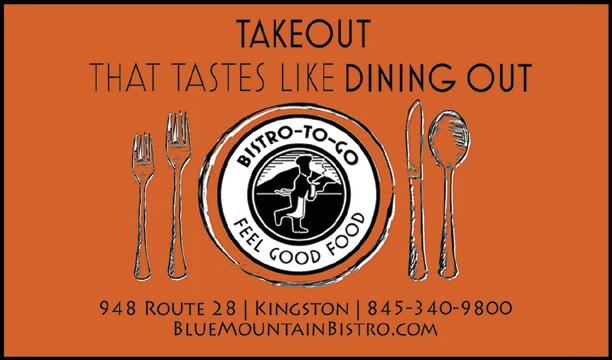










By Mary Angeles Armstrong
Photos by Winona Barton-Ballentine
In 2014, Corinne Gervai was living and teaching yoga in the heart of Woodstock when a tip from a student lead her to an abandoned farmhouse across from Cooper Lake. After founding Euphoria Yoga in 2008, Gervai had become an integral thread in the Village fabric where she taught a wide spectrum of students and shared a cottage with her son. When she heard about the 1.5acre property that never had anyone coming or going, she was intrigued. She trekked up to Lake Hill, finding the farm and carriage house on a slope facing Mount Tobais.
“I immediately had a strong feeling,” she remembers. “It would be incredible if I could somehow restore this.”
Corinne Gervai stands in her primary bedroom suite. She bought the abandoned twostory home in 2021 but had to completely renovate the 1800-square-foot space before it was habitable—a process that ended up taking four years. However, the farmhouse’s complete resurrection offered her opportunities—including the chance to raise the roof and create an expansive second floor primary suite. Gervai bought the peaked bedroom door and stained-glass window from different churches. Gervai created the photo printed on canvas, Self Portrait with Levitating Cat, during her time as a visual artist living in Tribeca.
Built in 1925 (with sections dating from even earlier) the farmhouse sits directly across from Cooper Lake and enjoys sunset views. “It’s perched on a hill with curved stone walls leading up to the main house,” says Gervai. “In winter it has sweeping views of the lake. When I first came to the property there was mist rising from the water and I felt like I was in Avalon.”
Bottom: Gervai wanted to retain as much of the home’s original character and timeless appeal as possible. After uncovering and restoring the first-floor’s original wood floor and wall paneling, she furnished the space with a mix of family heirlooms and salvaged second-hand treasures. Gervai found the fireplace mantel in a neighboring house that was being foreclosed and bought the dining room table from another centenarian neighbor who had imported it from Europe. The portraits above the mantel and adjacent wall are family heirlooms.
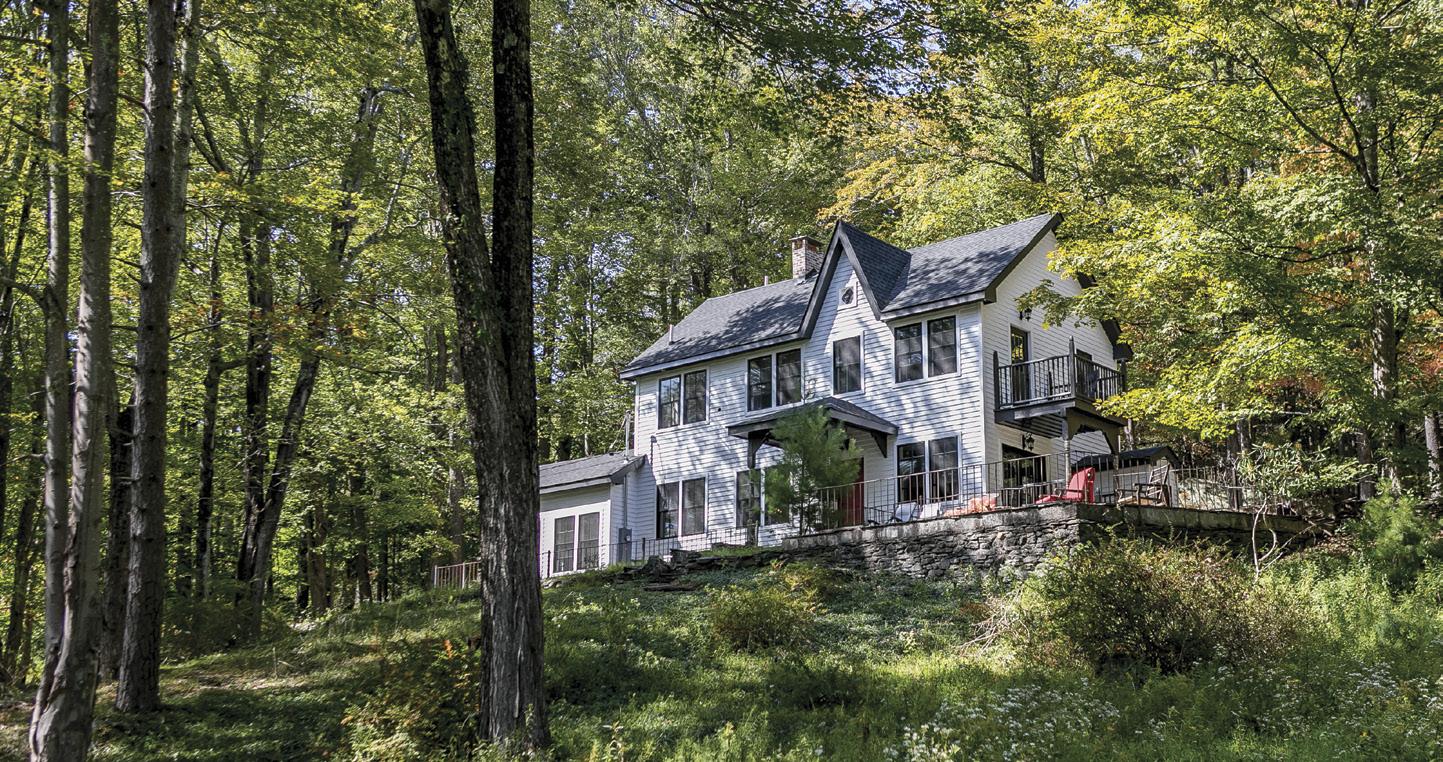
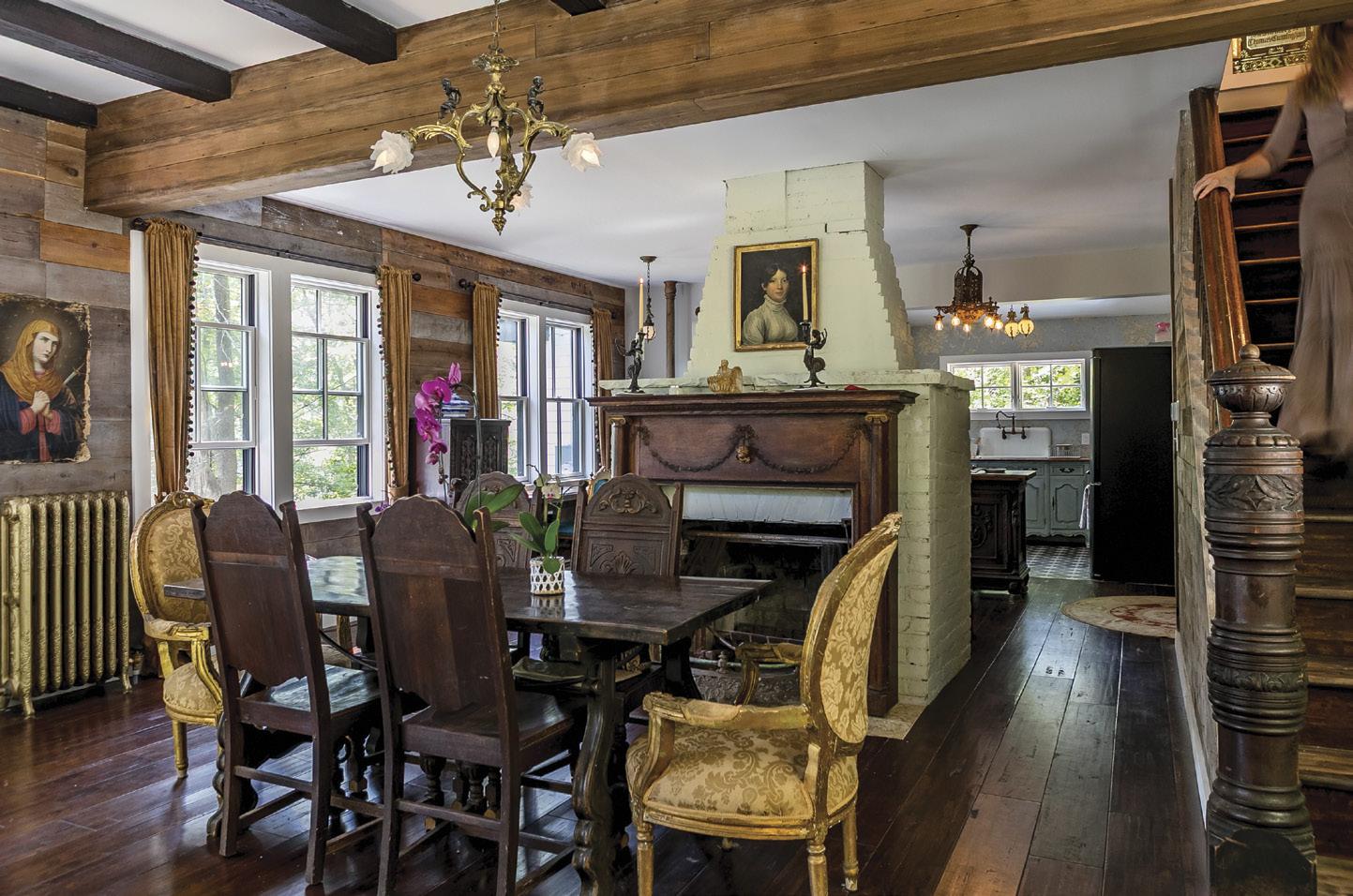
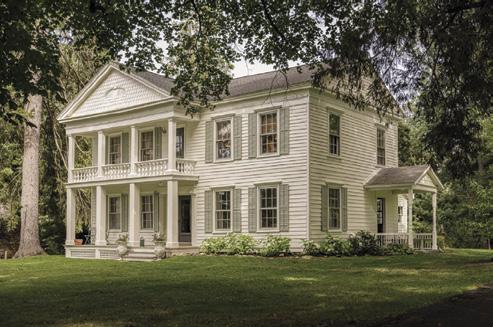
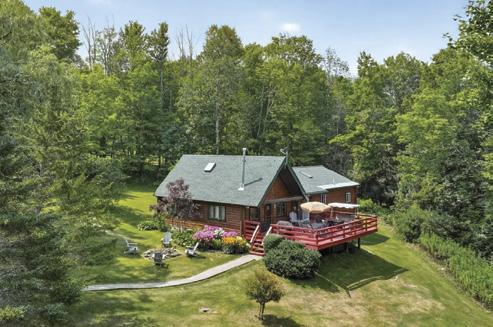

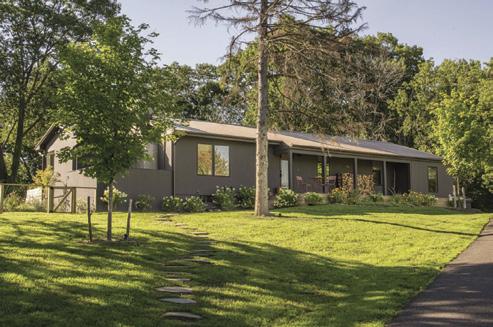
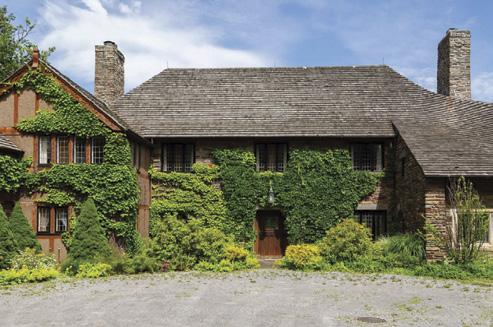


After combining the kitchen and dining room by removing a wall, Gervai redesigned the space to complement the home’s vintage aesthetic. “Normal kitchen cabinets don’t inspire me and are very expensive,” she says. “Due to my taste and limited budget I had to get creative.” Inspired by photos of Victorian kitchens, she reclaimed dressers and hutches and repurposed them along the kitchen wall, then finished them with chalk paint and wax to create depth and dimension. The copper counter tops were inspired by kitchen counters on a boat. She sourced the kitchen island and chandelier from Facebook Marketplace.
Gervai admits she has a weakness for old houses. “I’ve always been very attracted to abandoned buildings,” she explains. “I always think somebody should save this, save the structure, save its soul.” She takes the same approach with her yoga students. “I try to see them in their highest power, abilities, and joy,” she says. “Even if they’re not quite at their best, they might seem a little bit like a house that needs resurrection, so to speak, but I try my best to facilitate the potential I see. With the right investment and love any house can be a castle.”
Gervai was in luck. After a little detective work she found the home belonged to Kenny Peterson who also ran the Lasher Funeral Home—right across the street from her cottage. “Kenny had generously let my son and his friends skateboard in the funeral home parking lot so I decided to go over and thank him,” she says. Gervai found Peterson in the middle of work, preparing for a memorial. When she inquired about the farmhouse, Peterson explained he’d inherited it with an uncle and the two intended to keep the property forever. “He said they would never let it out of the family—over his dead body,” she remembers. “It was a bit surreal because, as he said it, I looked over and there was a lovely lady in the open casket—may she fly in peace. I thanked him and took it as a sign that the cottage wasn’t meant to be.”
We Do It for the Eggs
At 18, Gervai was living in Tel Aviv and attending art school when she came across another beautiful, but abandoned, building. She knocked on doors until she found the owner. “He told me he couldn’t let me rent the building because it was where he kept his wood,” she recalls. Upon her father’s suggestion, she offered to buy the wood before renting the emptied space and the owner agreed. However, she soon realized she had another problem. “It had been an egg factory,” she explains. “ There was a layer of caked eggs on the floor, and dried eggs from years before dripping down the walls.” But Gervai saw past the mess to the bones of the building, cleaning it of avian remains, and then scouring flea markets for new windows, fixtures and furniture.
Gervai took the same resourceful approach when she became a yogi. In 1999, she’d heard about Jivamukti Yoga from a friend and decided to check out their East Village classes. “I fell in love with the whole vibe of the studio, and the way the teachers Sharon Gannon and David Life integrated the spiritual teachings and the asana,” she says.
“I knew I wanted to teach it.” She enrolled in the year-long teacher training intensive and, even before completing the program, knew she wanted to open her own studio. She’d been visiting Woodstock since the 1990s and thought it would be the ideal home for her new venture.

Her first attempt to open Euphoria Yoga was thwarted when the town denied her application for a barn space in Bearsville. In 2008, she was thwarted again when negotiations to buy an existing studio fell through. However, shortly after, Gervai walked past a building on Tinker Street and noticed a “For Rent” sign. “I walked in and thought, this is perfect,” she remembers of the open first floor. She opened her Jivamukti-inspired studio later that year.
After Peterson’s unequivocal “no,” Gervai set her sights elsewhere, eventually buying a cottage on Ohayo Mountain. When the 2020 pandemic hit and her studio was forced to close for the lockdown, she found herself in a precarious position. “I was a sitting duck,” she says. She decided to refocus on real estate, becoming an agent and then trusting her instincts to roll the property dice. “My gut told me real estate prices were about to skyrocket,” she explains. “I loved my house but thought I should trust myself and put it on the market.”
Despite having no backup plan, Gervai decided to sell. “I was worried I’d be priced out of the market, and there were no rentals. But I knew I just had to trust.” Then, Gervai drove by the Cooper Lake property again and saw another sign, this one saying “For Sale.” Peterson and his uncle had
both passed away and the home was ready for resurrection. She knew she had to act fast—bidding on the house even though it wasn’t habitable or mortgagable. That ’s when the community she’d built stepped in. “Amazing people came forward,” she explains. “I had between five and eleven people that said, you can come and stay with us while you renovate.” Another friend offered to loan her money. “ The property came back to me,” she says. “ This time it felt like it was meant to be.”
The 1925 farmhouse was in such poor condition that Gervai’s first priority was making the carriage house livable. She added a one-bedroom apartment over the garage with an open concept kitchen, full bathroom, and airy lofted ceilings. Then she turned her attention to the main structure. Gervai approached the restoration of the 1,800-squarefoot farmhouse as a meditation on resourcefulness and sustainability. “It was completely abandoned for at least 15 to 25 years,” she says. She began by stripping the home’s first floor down to the studs, removing drywall and flooring. This uncovered treasure: The home’s original wood paneling and floorboards had been hidden behind decades of renovations. “I thought, I have to save this wood,” she says. “I told my contractor, ‘Don’t touch it, don’t sand it, don’t
Gervai purchased the living room chandelier from Dan Seldin of Saugerties Antiques Center.

We’re
























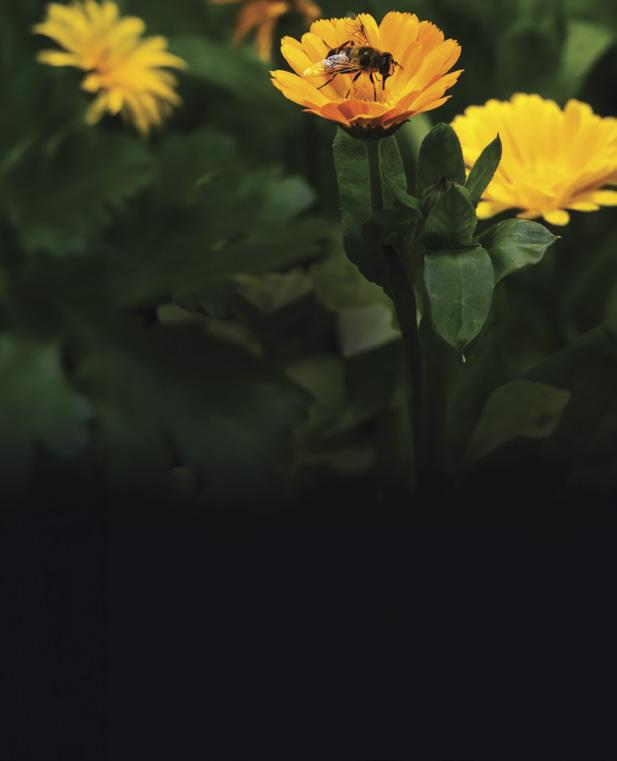




Top The home’s primary bathroom overlooks Cooper Lake. Gervai found her antique bathtub secondhand from a seller who offered her a choice that perfectly captured the spirit of her renovation project.
“He offered to either sell it to me for $15 or barter it for a free yoga class,” she explains. “Working within my limited budget created opportunities to recycle with beautiful, sustainable finds as well as create community connections.”
Bottom Gervai enjoying her view of the water. The home’s transformation required what Gervai calls “pillars of light and strength”—people like Dror Ashuah, whose inspiration and guidance sustained her throughout the process, and her ex-husband David Gervai, whose support made the dream possible.
Sharon Gannon, her Jivamukti teacher and mentor, along with friends Sarity Majhor, Anita Segal, and Mike Hassan, provided encouragement when the scope seemed overwhelming.
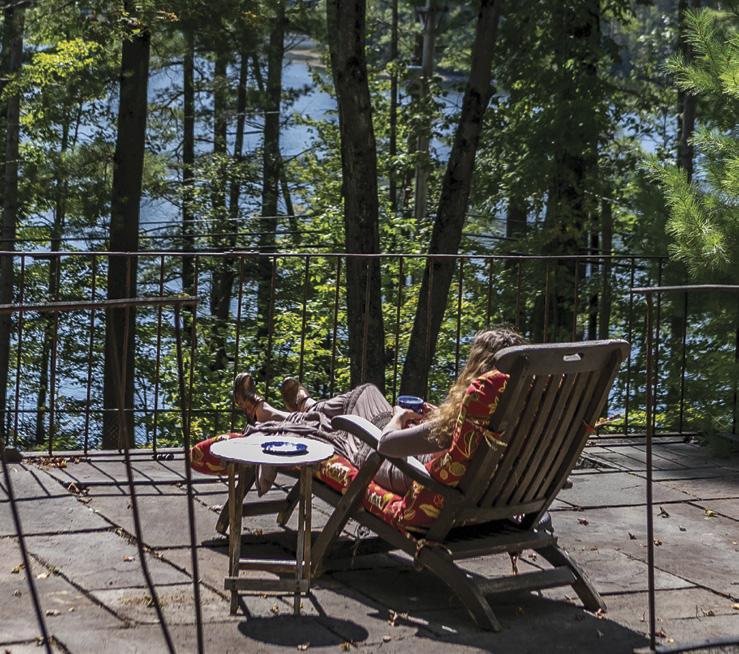

stain it, don’t polish it, don’t do anything.” To preserve the walls, she insulated the home from outside, then restored the original Dutch front door.
When her architect suggested bumping out the cramped kitchen to create something more expansive, she declined. “I liked the house’s size,” she explains. “It’s not small, it’s not big. It felt right.” But his suggestion planted a seed. “I realized I was going to have a tiny kitchen.” She decided to expand in the other direction—removing a wall and capturing space from the former dining room and then relocating the stove along the chimney. She added an island to the newly expanded space, then repurposed antique dressers from Facebook Marketplace as cabinets and topped them with copper countertops.
Upstairs, the bathroom floor was completely rotted out, the roof leaked, and one room had actually caved in. When the building inspector told her she’d have to replace the roof, she saw an opportunity. “ The roof line was really low with tiny dormer windows, and
there were three very small-farm style bedrooms. It was claustrophobic,” she says. “If I had to take the whole roof off anyway, why not raise it?” After adding five feet of height, she lofted the ceilings and added exposed beams salvaged onsite. Two smaller rooms became one soaring primary suite overlooking the water.
Four years after purchase, Gervai has transformed the property into a place that honors the past and serves the present. The project entailed more than Gervai anticipated, but the community that had embraced Euphoria Yoga 16 years earlier continued to rally around her latest quest. Students asked how the house was progressing and offered encouragement when the scope seemed overwhelming. “It took some miracles, trust, and faith,” she says. “But, as with yoga, you have to take things one step at a time. Trust the next stone will appear when you’re ready. “
The derelict farmhouse now welcomes guests, shelters family, and provides a sanctuary for Gervai. “It takes a village,” she says, looking toward the mist rising from Cooper Lake. “And I love this village.”
Gervai found her bed at From Europe to You Antiques in Saugerties early in the renovation process. Joseph Bailey stored the bed in his shop until the project was done. She found the dressers and settee on Facebook Marketplace—Osorio Upholstery in Lake Katrine restored the seating. Gervai tasked her mother with picking up the bedroom’s giant chandelier from a home in New York City. “She picked it up in a cab,” says Gervai. “I had no idea how large it was, or I would have never sent her on that mission.”




















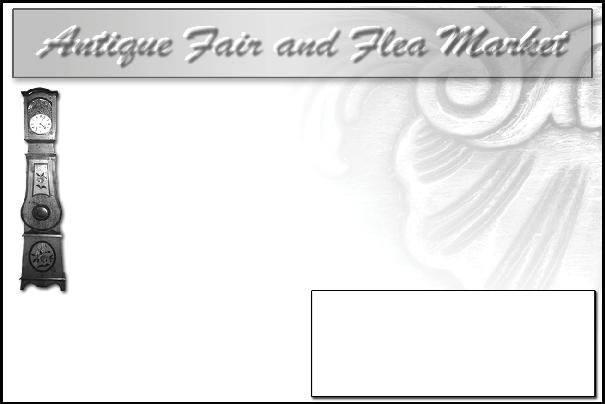



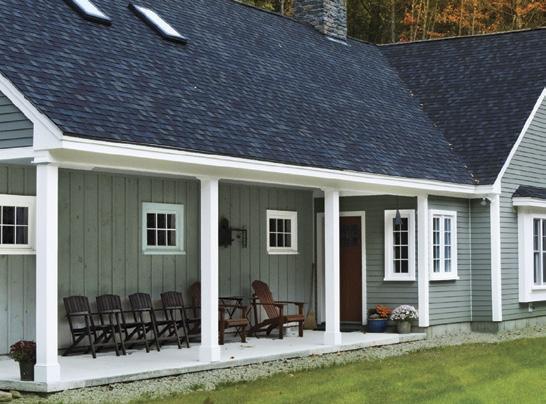





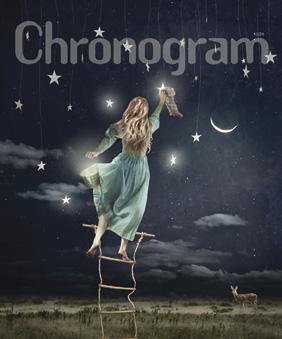

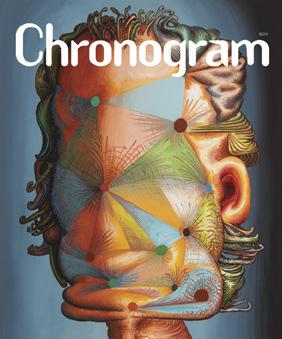

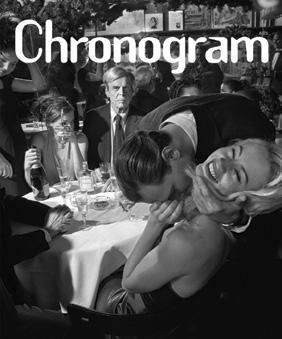
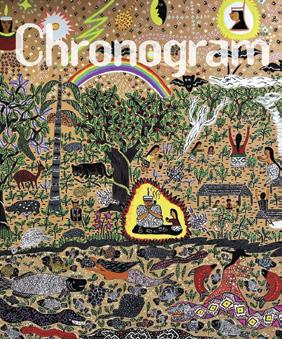


Just $3 per month with annual subscription.
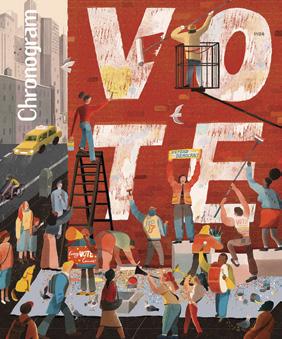

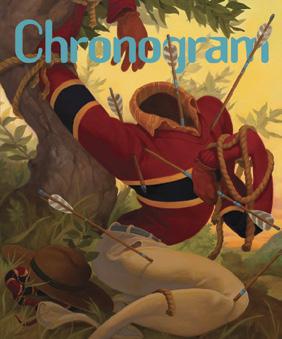
Hudson Valley intuitive, author, and teacher Deborah Hanlon helps people find clarity in grief, connection, and purpose—whether through one-on-one coaching or retreats across the globe.
In a world that often rushes past the tender, invisible moments, Deborah Hanlon invites us to pause. As an author, an intuitive coach, medium and workshop facilitator, Hanlon has spent more than two and a half decades helping people lean into the mysteries that lie just beyond the everyday. Her work bridges the scientific with the spiritual, the raw with the radiant— reminding us that transformation is never tidy, but always possible.
Locals may know Hanlon from her Hudson Valley events, where her galleries brim with both laughter and tears, as she delivers messages that affirm what many secretly hope: that consciousness continues, that love does not end. Beyond the Valley, her work stretches internationally, as she leads retreats in the US, (right here in Rhinebeck, NY at The Omega Institute) Europe, South America, and soon in Kenya/ South Africa in 2027! These gatherings are more than escapes—they are immersive journeys of meditation, reflection, and somatic reset sprinkled with impromptu laughter and adventure.
“Grief is raw coal—messy on its own, but with guidance and care, it becomes the power that thrusts you forward.”
What sets Hanlon apart is her insistence that intuition is not a mystical gift reserved for the few, but a muscle everyone can strengthen. In her private one-on-one coaching, clients learn to recognize the voice of the body and the whispers of intuition over the noisy loops of the logical mind. She believes that when we reorient ourselves toward our inner knowing, even grief—the heaviest of human experiences—becomes a teacher rather than a burden.
Her upcoming third book, ReAssembling Yourself: How to Turn Your Grief into Growth, distills this philosophy with unflinching honesty. Hanlon does not treat grief as something to fix but as a companion to walk beside. In her words, “I look at Grief as if it is coal—messy, heavy and seemingly useless when carried alone, but under the right conditions, it has the power to move a freight train. With the right care and attention, grief can transform us into unstoppable force—and my work is to help coach people into creating those conditions.”
“Grief can dissolve us,” she further explains, “but it also remakes us. In the breaking, we become available to new ways of living, connecting, and loving that are deeper and more authentic . We can find who we really are in the aftermath of deep grief.”
It is this paradox—the softening and strengthening born of loss—that keeps Hanlon’s work resonant and relevant. Whether on a stage before hundreds, in the quiet of a private session, or at the edge of a French countryside retreat, or on Safari is Africa, her presence reminds us of something timeless: that within our most difficult moments lies the seed of our becoming.
For those seeking not just answers, but a way of living more awake, Deborah Hanlon offers a rare blend of insight, humor, and hope. She is not here to predict futures, but to remind us that we hold the compass—and that we are braver and more powerful than we know.

Deborah Hanlon is an intuitive, author, and teacher with a Master’s degree in Psychology and multiple mindfulness based certifications. She is based in New York’s Hudson Valley and holds workshops online for people all over the globe. For over 2 decades, she has guided thousands through grief, transformation, and personal awakening using her unique style of authenticity and intuitive knowing. She offers one-onone intuitive coaching, live events, and international retreats. Her books include In the Presence of Proof and The Little Girl Who Asked Why. Her third book, ReAssembling Yourself, explores grief as a catalyst for healing and growth.
Learn more at DeborahHanlon.com
By Maggie Baribault
At Village Apothecary in Woodstock, the waiting chairs fill with a mix of seniors, local teachers with bags slung over their shoulders double-checking that they’ll be back in time for their afternoon class, and a young mother beside her spouse, gently rocking a stroller as they wait. The space is tight, shelves stacked with amber-colored bottles of vitamins and rows of cough drops, a basket full of donation items for the local food pantry. Some patients scribble contact details onto simple paper forms while others thumb through pamphlets or peruse shampoo bottles for a few minutes, until the pharmacist calls out their name over the low hum of the register. It’s an unassuming setting, but one that has become a local go-to access point for the latest Covid-19 vaccine.
In late August, the FDA approved updated vaccines targeting the LP.8.1 sublineage of the JN.1 variant, developed by Pfizer-BioNTech and Moderna to protect against the strains circulating this season. But the approval came with limits: Only adults 65 and older, and individuals 5 through 64 years with at least one underlying health condition that puts them at high risk for severe outcomes from Covid-19 were officially eligible. Healthy adults under 65, pregnant people, and children were left in a gray area. For local pharmacies, this meant confusion over who could safely get the vaccine and to whom they could legally administer the shot.
“This has been one of the most challenging vaccine rollouts of the last five years,” says Dr. Neal Smoller, Village Apothecary founder and holistic pharmacist. “There have been unnecessary delays and widespread confusion.”
Since the FDA narrowed approval, chain pharmacies and large health systems have largely held the line, often requiring extra paperwork or patient-specific prescriptions ordered by physicians. Some pharmacies turn people away altogether. The result is a steady trickle of patients making long drives to small, independent counters like Village Apothecary. “We have five to ten
people a day who tell us they’ve come over an hour because it’s easier and faster,” Smoller says. “That’s jaw-dropping to me.”
Most of those rolling up their sleeves are still over 65, but younger people are coming too—teachers, expectant mothers, people who worry vaccine access may tighten further. What stands out in this small-town pharmacy isn’t one extraordinary story, but the sheer repetition: Daily reminders that access is fragile, and that independent providers are improvising to keep the system working.
New York is moving to ensure broader coverage. On September 5, Governor Kathy Hochul signed an executive order declaring a 30-day statewide emergency to expand vaccine access while a longterm legislative solution is developed. The order authorizes both patient-specific (prescriptions written for a particular patient) and non-patientspecific orders, allowing pharmacists to administer Covid-19 vaccines to anyone three and older without a separate prescription for each patient.
“In the absence of federal leadership, we must do everything we can to ensure that New Yorkers have access to the vaccines and preventative healthcare they have come to rely on,” Hochul says. “By signing this executive order, we are sending a clear message that when Washington Republicans play politics with public health, New Yorkers can still get the care they need, close to home, from trusted providers in their own communities.”
Most pharmacies in New York depend on “standing orders”—blanket prescriptions that allow them to vaccinate broad groups of people without needing an individual doctor’s note each time. Normally, these standing orders are guided by recommendations from the federal Advisory Committee on Immunization Practices (ACIP). But since June, when US Health and Human Services Secretary Robert F. Kennedy Jr. replaced much of ACIP with members openly skeptical of
vaccines, according to Hochul’s press release, the committee has not issued updated guidance for the 2025-26 Covid-19 vaccine.
To fill that gap, New York State Health Commissioner Dr. James McDonald issued a standing order for the 2025-26 Moderna Covid-19 vaccine formula. This document lays out how pharmacists should administer the vaccine, including requirements for informing patients, keeping records, and reporting vaccinations. The standing order ensures that pharmacies statewide—from chains to independents—can continue vaccinating without legal uncertainty. Without it, many pharmacists would have had no clear authority to give shots, forcing them to turn patients away.
“Legal ambiguity created a situation where providers weren’t going to give needed, justified vaccines in fear of punishment from regulatory bodies or even insurance,” Smoller says.
“Governor Hochul’s executive order provides access to the Covid vaccine for New Yorkers who choose to get vaccinated, sets us up for a smoother transition to the updated 2025-26 vaccine, and restores pharmacies as a vital part of our vaccination network,” McDonald says in the press release. “While New York State does not require Covid vaccines, vaccination remains one of the most effective tools we have to prevent serious illness, hospitalization, and death from Covid.”
Alongside expanding access, the New York State health department has issued 2025-26 guidance recommending Covid-19 vaccination for all adults. The guidance clarifies that doctors and pharmacists can use patient-specific orders to give the vaccine to anyone who doesn’t fall under the usual eligibility rules. This means that healthy adults under 65, pregnant people, and others who might not meet the strict federal criteria for access can, under Hochul’s executive order and McDonald’s standing order, request the Covid-19 vaccine “off-label.” Nearly all residents
can get vaccinated safely and legally, and should, according to state health guidance.
“Vaccines are a necessary element to reducing deaths and hospitalizations,” says Eve Walter, the Ulster County public health director. “As a highly contagious disease, individual protection also reduces the likelihood of spread, particularly to vulnerable populations who are not yet or unable to be vaccinated.”
The stakes remain high. According to CDC estimates, only 23 percent of adults nationwide had received the 2024-25 Covid-19 vaccine by late April 2025. Meanwhile, data indicates there is an 89 percent probability that the Covid-19 epidemic is currently growing in New York State. Higher vaccination rates are strongly linked to lower rates of hospitalization, which helps prevent local hospitals from being overwhelmed and reduces strain on medical staff.
For Hudson Valley residents, local pharmacies remain the most convenient option, Smoller says. Under McDonald’s standing order, chains like Walgreens, CVS, and Rite Aid, as well as independent drugstores like Village Apothecary, are authorized to administer the updated Moderna Covid-19 vaccine to anyone three and older. Many allow walk-ins, while others accept scheduled appointments.
Village Apothecary also runs a community vaccination program that brings vaccines directly to patients who face barriers, from seniors in assisted living homes to bed-bound individuals and their caregivers across Ulster and Dutchess counties. Staff offer in-home visits within an hour of the pharmacy and work with residents, long-term care facilities, and senior housing to decrease obstacles like transportation, technology, and socioeconomic challenges. “Access issues are a rampant problem and need to be mitigated for vaccination programs to be a success,” Smoller says. The pharmacy also provides vaccines free of charge to refugees from Afghanistan and
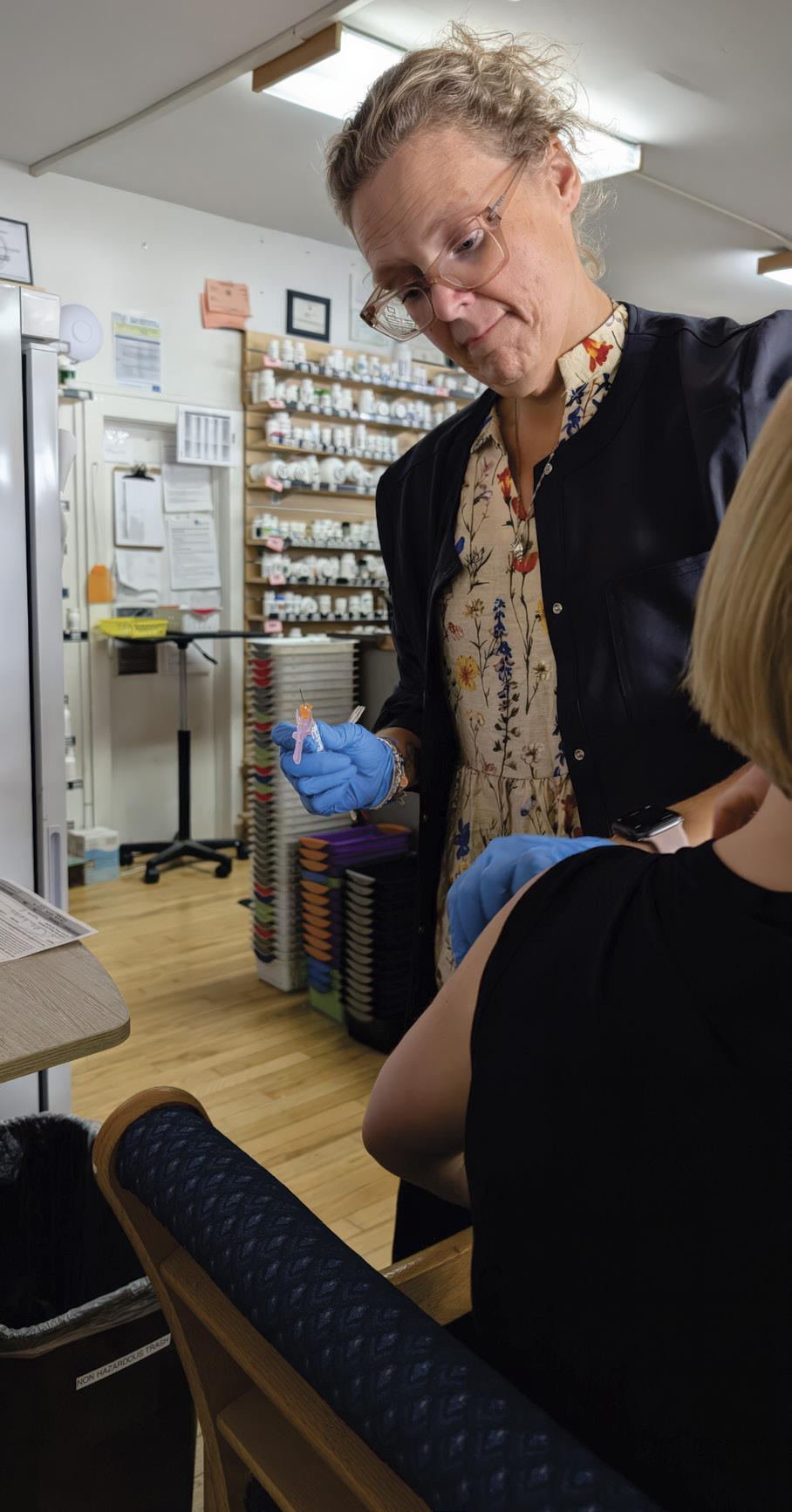
DACM, L.Ac
Fertility • Pregnancy • Women’s Health Mental Wellness • Pain Relief • Cancer Support
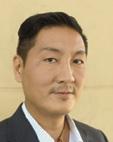
With nearly 20 years of experience, we provide compassionate, integrative care and traditional medicine for the whole family.
baeacupuncture.com
drjamesbae@gmail.com | 201.600.4473


Take Back Your Health with Acupuncture, Detox, Nutrition, Herbal Medicine, Biofeedback, Bioenergetics, Frequency Healing Specializing in Nervous System Balancing, Gut/Digestive Disorders, Hormone Balancing, Migraines, Pain/Injury, Neurological Disorders, Skin Issues

Ukraine at local colleges, who would otherwise have no access due to a lack of coverage in the US.
For those who can make it to the store, independent pharmacies like Village Apothecary treat vaccination as a neighborhood service. “Unlike the chains that require computer access and lengthy sign-up processes to maybe get a vaccine in the diaper aisle, you can walk in Monday through Saturday, 9:30am to 5:30pm,” Smoller says.
For uninsured or underinsured residents, Federally Qualified Health Centers—community-based, nonprofit clinics that provide comprehensive primary care services to medically underserved populations—offer vaccinations on a sliding scale fee, making the shot more financially accessible, and county health departments operate free clinics. For example, Dutchess County runs an information line where residents can check availability and schedule appointments. The Ulster County appointmentbased clinic provides a safety net for uninsured populations that might otherwise fall through the cracks. These resources are particularly critical for households without a regular primary care provider or those who rely on local pharmacies for routine healthcare.
For Hudson Valley residents trying to navigate the next wave of Covid-19 vaccinations, the combination of state policy and local infrastructure means the region is prepared, but proactive planning still matters. Calling ahead, checking local pharmacies’ availability, and keeping track of county updates can make the difference between getting the shot quickly and waiting weeks for an appointment.
“I recognize that given so many of us have had Covid and vaccinations have been around for a few years, that it is hard to know what the implications of not getting vaccinated might look like, but with Covid not going away and new strains emerging, I fear what that outcome would look like for individuals at risk and overall public health,” Walter says, if vaccination rates continue to be low.
Back in Woodstock, Village Apothecary’s chairs are full again—a landscaper brushing dirt from his boots, two retirees chatting about the weather, a toddler tugging at her mother’s sleeve—small reminders that the future of public health is decided one waiting room at a time.

Dr. Erika S. Gabriello DACM L. A c www.holisticnaturalmedicine.com 347.988.0178 | 169 Main Street, New Paltz Helping Families and Professionals work and stay in the U.S. Immigration Attorney - 6 Eliza Street, Beacon, NY http://www.beaconimmigration.net +1 845-288-2435
Independent Pharmacies
Find vaccine locations at Vaccines.gov.
Chain Pharmacies
Walgreens, CVS, and Rite Aid locations across the region are authorized under New York’s standing order to administer vaccines to anyone three and older. Call ahead or check online for appointment policies.
Federally Qualified Health Centers
Provide vaccines on a sliding scale fee for uninsured or underinsured residents.
COUNTY HEALTH CLINICS
Dutchess County Department of Behavioral & Community Health Call (845) 486-3555. Mondays, Tuesdays, Wednesdays, 9am to 4pm by appointment only.
Ulster County Department of Health Call (845) 340-3070. Appointment-only, first and third Wednesday every month.

Columbia County Department of Health Call (518) 828-3358. Appointment-only, every Tuesday 1 to 4pm and select Tuesdays 4 to 6pm.
Orange County Department of Health Call (845) 291-2330 for availability and scheduling.





By Anne Pyburn Craig Photos by David McIntyre
Kingston undeniably has issues. There’s a billionaire multi-property holder Uptown who won’t stop suing the city and another property owner down in the Rondout who owns a large amount of waterfront that he’s been sitting on for decades. A blizzard of Freedom of Information Act requests gulp official energy, with some submitted just to see what other people are filing for. The UCAT bus hub has been relocated from Kingston Plaza, at the request of property owners; the new location is out by the Family Court. And there are gadflies in the ointment, relatively small in numbers but vocal online and at meetings, convinced that the place is headed to hell in an artisanal handbasket.
As is the case across the region, housing costs have been rising far faster than wages for at least the past five
years—median home prices in Kingston have climbed roughly 65 to 70 percent, rising from about $270,000 in 2019 to around $440,000 today—and homelessness has grown. The city currently has 309 units of new affordable housing in various developmental stages from planning to leasing, ranging from condo and freestanding ownership opportunities to fully supported apartments. Entities involved include but are not limited to city and county government, RUPCO, the Kingston Land Bank, Family of Woodstock, and private developers, and though nobody thinks it’s enough, it may—in combination with new market rate units, form-based zoning, accessory dwelling units, and vigorous tenant protection laws— eventually help to mitigate the ongoing pain that has come with being a Very Hot Housing Market.
Above: Making prints on Iwo Jima Lane at the Steamroller Print Fest, part of the annual Art Walk Kingston celebration.
Opposite, above: The parklet outside Radio Kingston’s Broadway studio offers benches, tables with umbrellas and chess boards, phonecharging stations, and a community bulletin board—a public green space designed for gathering.
Opposite below: Members of Energy Dance Company performing at the annual Heart of Midtown: Go All in for Mental Health street festival on Field Court.
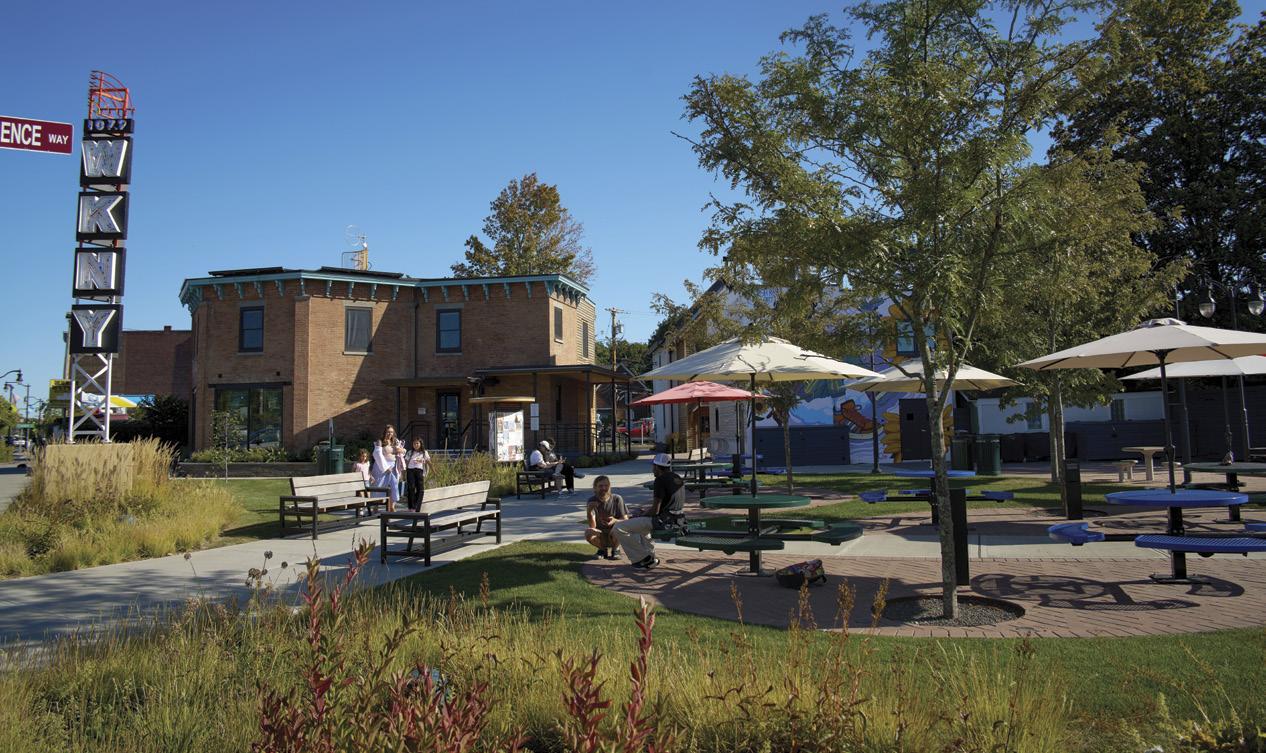


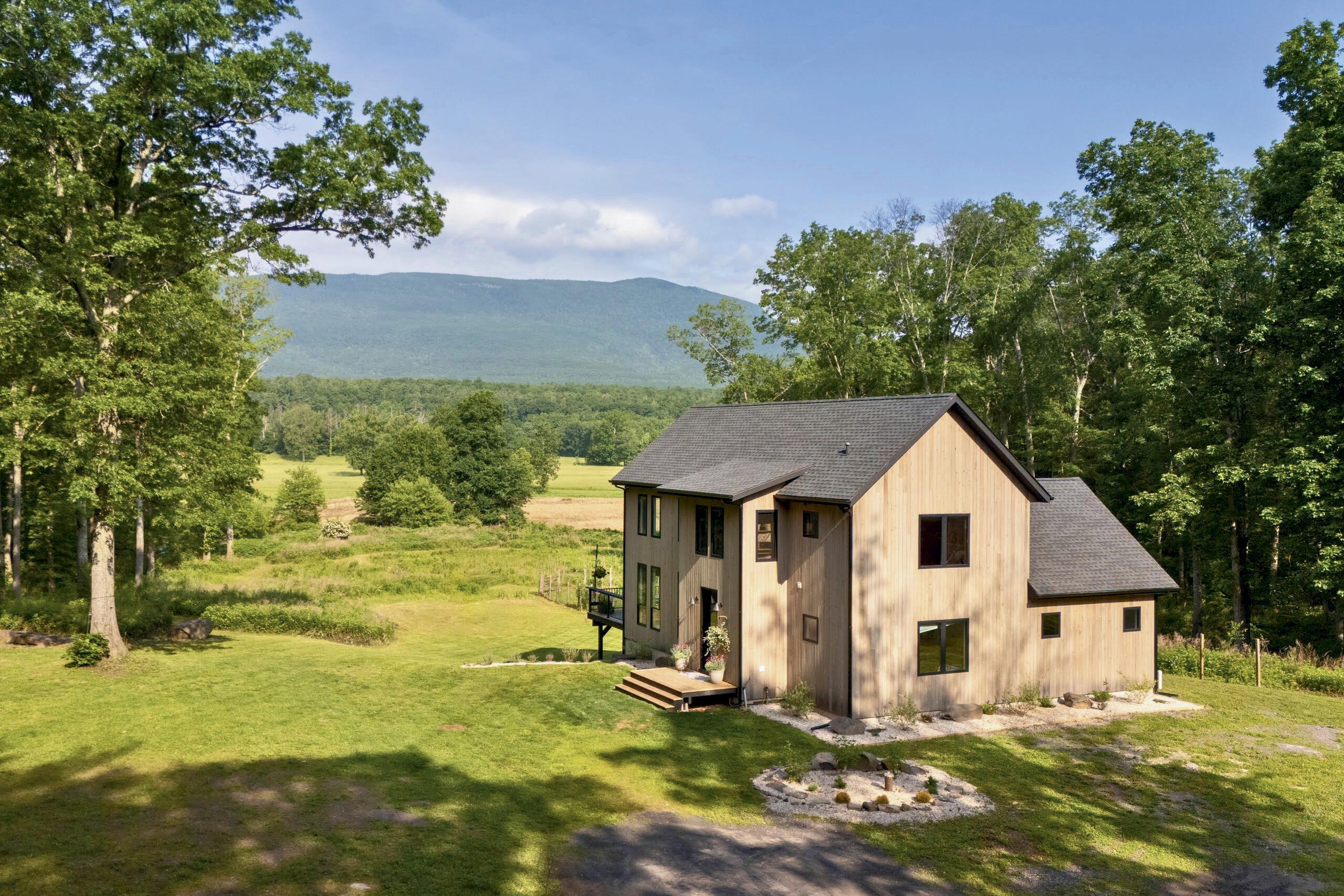
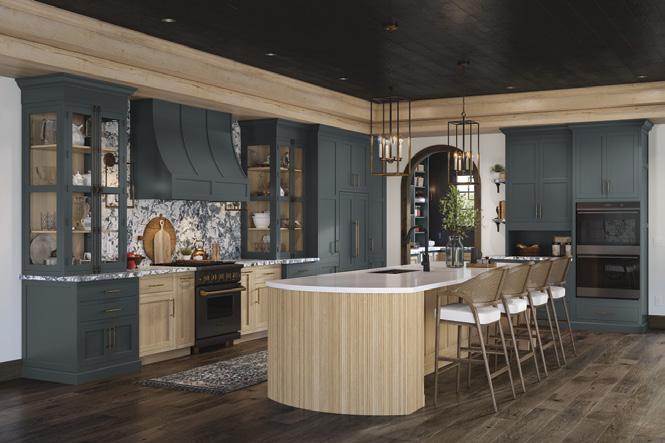
The broadest selection of the biggest trees and plants in the Hudson Valley.
302 Wall St, Kingston, NY 12401 hudsonvalley@thedesignery.com (845) 605-7811 TheDesignery.com |Úthedesigneryhv







































& Van Kleecks Lane, Kingston, NY (845)






























& Van Kleecks Lane, Kingston, NY (845) 338-4936 AugustineNursery.com Spring Hours: Monday–Saturday, 8am–5pm and Sunday, 10am–4pm
& Van Kleecks Lane, Kingston, NY (845) 338-4936 AugustineNursery.com




Renny Scott-Childress, a SUNY New Paltz history professor who’s been Ward 3 Alderman since 2015, would like to see the city go farther into public ownership than the 481 units currently owned and maintained by the Kingston Housing Authority, on whose board he serves. “In Vienna, Austria, the city owns something like a third of all rental housing, which creates a very powerful downward pressure on rents. The other thing that helps is that they don’t kick people out; there are requirements for getting into it, but after that, there’s no ceiling on how much you can earn.”
Over the years, Scott-Childress says, the objections he has heard to creating housing tend to sound the same. “‘ We don’t want those people here, and it’s going to bring all these people up from the city.’ We heard that when RUPCO was renovating the old Alms House into affordable units [Landmark Place opened in 2021 for 66 units for seniors]; we heard that about the Kingstonian [still in concept phase], which is market rate. Well, the people who need homes— whichever people—are already here.”
Jenna Goldstein, Ulster County community organizer with For the Many, runs a hotline for tenants and sees the need every day. “We need to have currently beautiful, currently affordable, permanently ecologically friendly housing, and we need it now,” she says. “Acting as if
incentivizing builders to build affordable housing is accomplishing anything, that’s a joke. It’s not gonna happen without some serious persuasion.”
Advocates have had some notable success this year: the New York State Court of Appeals upheld key tenant protection provisions in the city’s Emergency Tenant Protection Act, including a vacancy study that legally established a state of emergency in 2022 and a required 15 percent rent reduction for included units, and the state Division of Housing and Community Renewal’s decision not to exempt the city’s largest apartment complex, the 266-unit Stony Run, from ETPA provisions. A fresh study released by the city last summer, indicating a higher vacancy rate, was embraced by landlords; activists say they’ve found evidence of warehousing—deliberately keeping units vacant in order to skew the results—and that the emergency absolutely continues. The city’s Common Council now plans a thorough legislative review of the entire ETPA situation, vacancy survey included, and separate-but-equal public hearings for tenants and landlords.
Scott-Childress, who’s not planning to run for council again, says that he’d like to see the city utilize democratic assemblies to hash out difficult issues, akin to the method used successfully in Ireland in resolving abortion rights and gay marriage. “Instead of having the mayor and the council



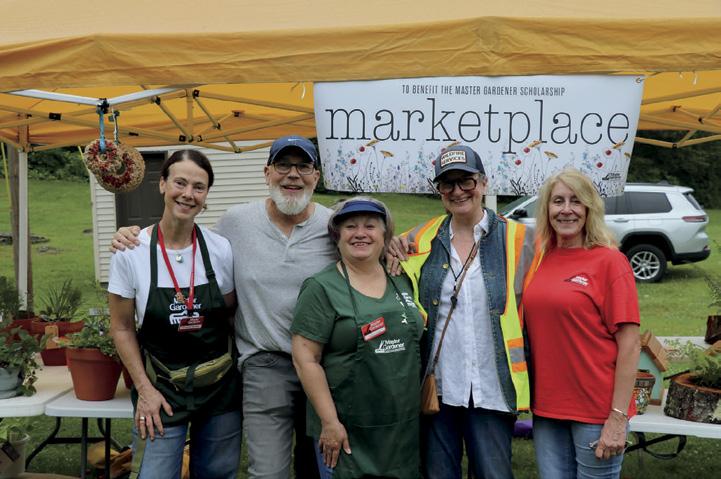

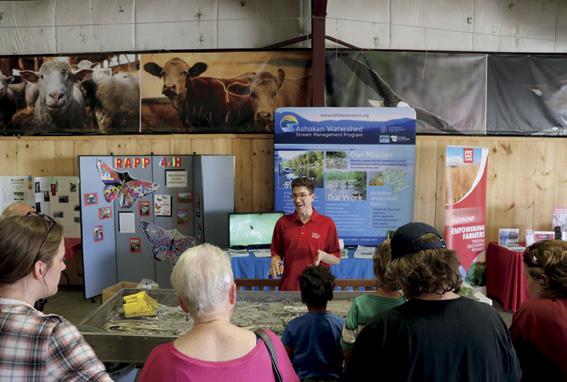
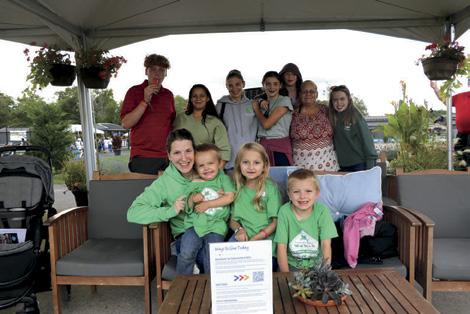
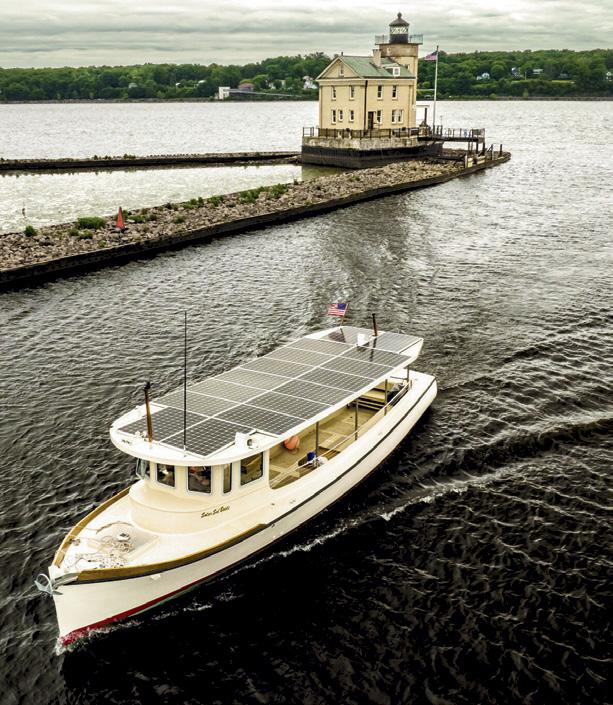


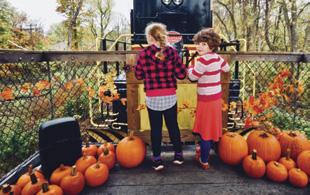
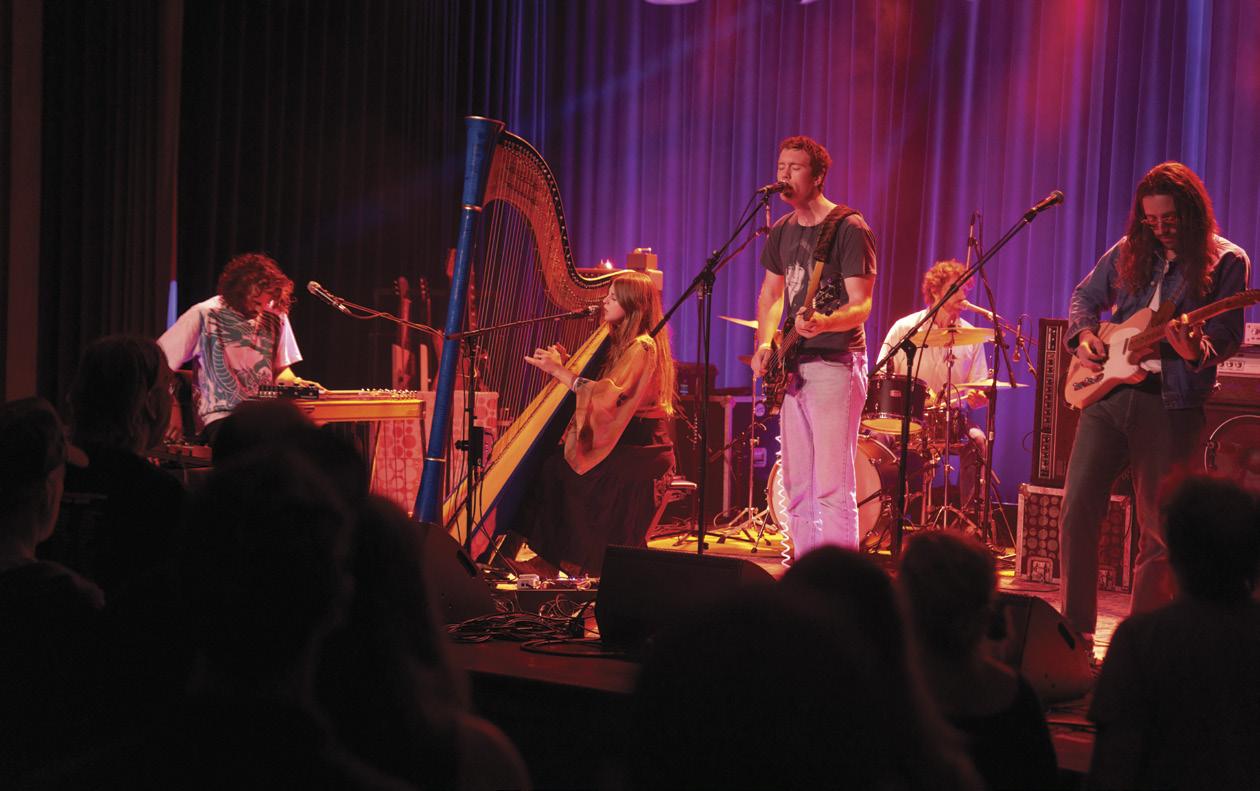
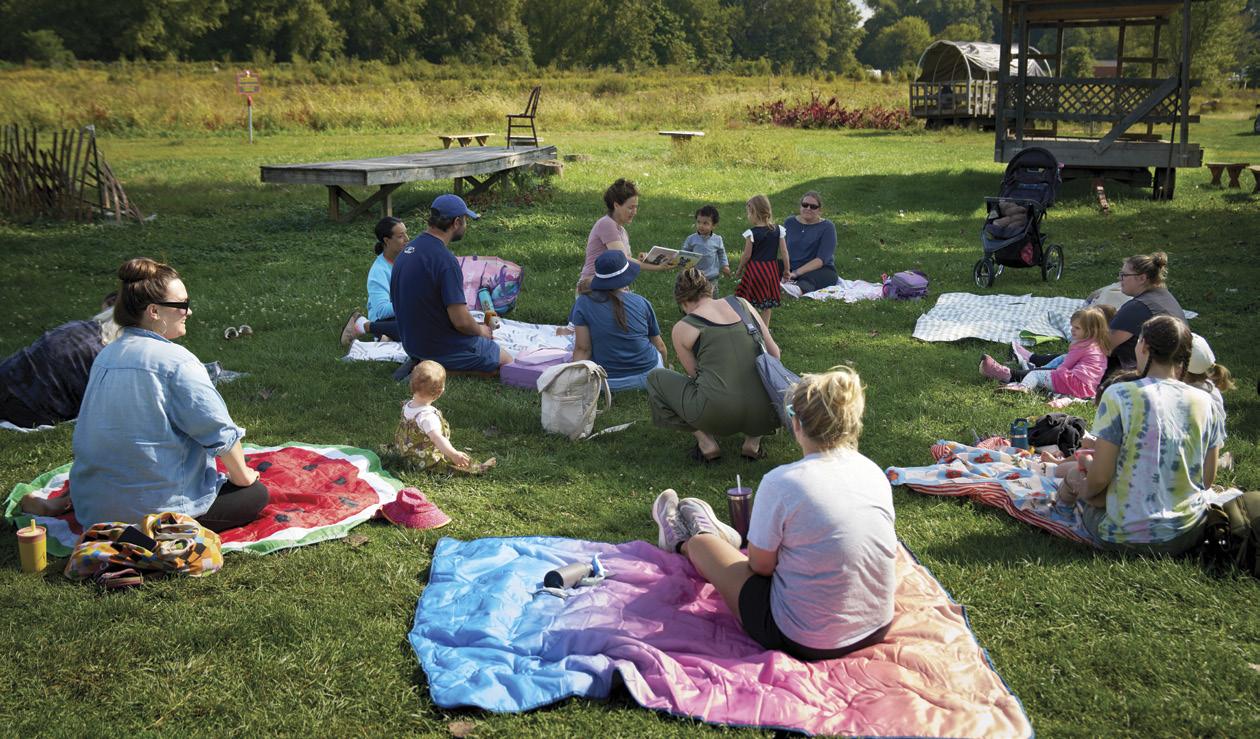
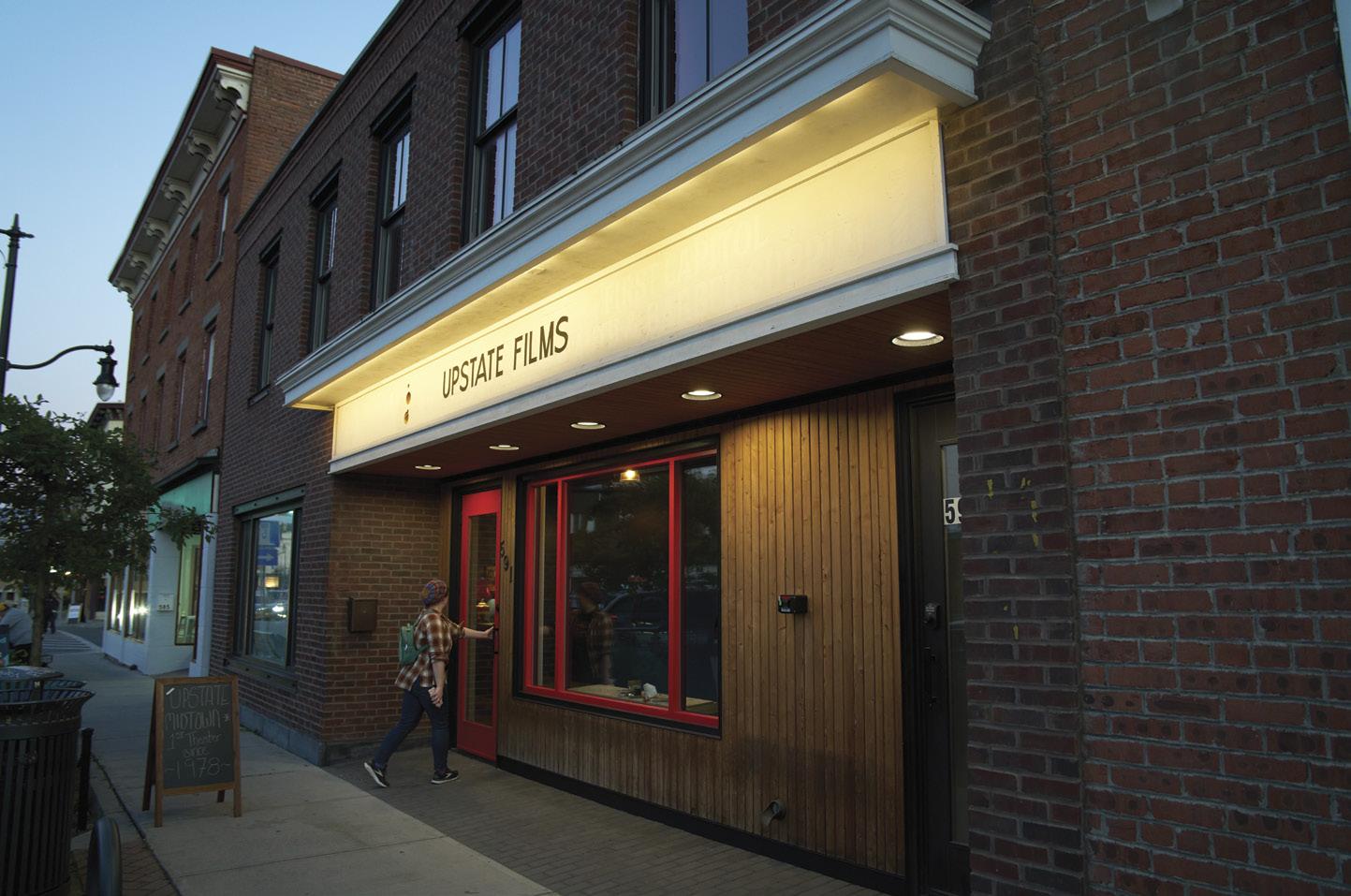
Above: The new Upstate Films screening room at 591 Broadway is a cozy, 50-seat space in a former barbershop.
Opposite, above: Harpist Mikaela Davis performing with her band at Assembly, a concert hall housed in a former Catholic school gym.
Opposite, below: Barbara Joy Beatus-Vegh, Youth Services library assistant at the Town of Ulster Library, reading to children (and adults) at Seed Song Farm on Esopus Avenue.
propose solutions, you’d reach out to the public and say, ‘Here’s the specific problem we need to work on, are you interested?’ From the positive responses, you randomly select something like 18 people to work with a consultant. Make it time-limited and issue-specific, and together they can do the research and come up with a proposal. That way you can pull in people who may not be inclined to commit to a volunteer board or commission, people with a wide range of perspectives. And instead of jumping directly to resolving the issue, you start by working with everyone to articulate their values, where you might be more likely to find some overlap, some agreement.”
Tony Marmo grew up in Dutchess County, married a Kingstonian, took a human resources job at Kingston Hospital at 25 and found himself CEO at the relatively tender age of 40, in the mid-`90s. Now the CEO and owner of Normann Staffing, he serves on the boards of Hudson Valley Pattern For Progress, the Hudson Valley Economic Development Corporation, the Ulster County Workforce Development Board, and the Kingston Loan Development Corporation Board.
“Through the `80s and `90s and even into the 2000s, I think the social fabric of Kingston stayed pretty much the same,” he says. “We had lots of working-class immigrant
families—Irish, Italian, German, Polish, and African Americans—who were drawn here to work in industry, and those families opened little mom-and-pop businesses, and I think it was a common thread that kept Kingston and Ulster County more united than a lot of places. Then the switch was flipped and the floodgates opened, and especially since the pandemic, we had more and more people moving here from the New York City metro area. The last five or six years, it’s been different. There’s been a normal aging out of the generation I grew up in, and it feels as though we’re on the cusp of change, where the folks who were instrumental in volunteering, watching out for each other, starting nonprofits, are getting older. People are now more incentivized to stay home, not go out and join something or start something.” Marmo is encouraged, though, by a younger generation that has stepped up in recent decades to launch nonprofits like the Center for Creative Education and MyKingstonKids, getting firmly established alongside longstanding institutions. Housing and jobs, he says, are the proverbial chicken-and-egg dilemma. “We need houses to bring in businesses, and we need businesses so people can afford houses. I think we need to be open-minded about the kinds of businesses we bring in, and leverage resources like iPark 87. And I love seeing people start new small businesses. It’s really the best way to counteract the greed of the one percent.”



The 250-acre iPark 87 on the former IBM campus just over the city line in the Town of Ulster, struggled for years to gain redevelopment traction. Its 2021 purchase by National Resources brought a burst of hope, as CEO Joe Cotter laid out a mixed-use proposal for residential housing, a hotel and art center, a brewery, retail, restaurants, a film studio, and agriculture. When Cotter died suddenly last October, that ambitious plan was flung into limbo.
What’s going on there right now, though, is one of many things that Marmo finds encouraging: a brand new campus for the Career Academies of Ulster BOCES, offering a wide range of education for both teens and adults—everything from early childhood education, culinary arts, and nursing to IT, advanced robotics, and logistics. “You talk about how to bring in better jobs, well, BOCES has revolutionized their whole way of looking at education, and the seeds are planted that will mean iPark 87 will eventually be a hub that’s just as bustling and important as IBM once was, only with much more than a single business going on.”
Teens and young adults can access leadership skills, education, and hands-on job training through KWEST YouthBuild, and the NoVo Foundation is building out the Metro, a 75,000-square-foot space meant to incorporate a fully-equipped fabrication center, a culinary hub, and creative studios. Dance and art are going strong at the Center for Creative Education, as are sports, recreation, wellness, and childcare at the YMCA, while the YWCA offers an early childhood learning center and “Wisdom, Wealth, and Wellness” programs for women. There are art classes and a business incubator on Cornell Street thanks to ARC Mid-Hudson, and the Kingston Land Trust has secured a 54-acre farm property through its Land in Black Hands program and is building an ag education center, as well as working to create affordable homeownership opportunities. (There is also a Kingston Land Bank, which has renovated 29 homes and sold them at affordable prices.)
CPW, formerly the Center for Photography at Woodstock, opened 40,000 square feet of impactful creative space in Midtown last January, and Upstate Films launched a 50-seat Midtown screening room just last month. A quarry pond at Sojourner Truth State Park is being crafted into a swimming hole set to open next year.
And in early September, a fresh kind of civic experiment bloomed. Kingston Common Futures, incubated by the Good Work Institute, wrapped up its first community-led funding cycle, awarding $150,000 in grants to 11 projects chosen not by distant foundations but by neighbors themselves. The grantees range from a therapeutic transit initiative to a tenants’ union to Mujeres Artesanas de Kingston, a collective of women artisans. The process—mentors helping first-time applicants, volunteers vetting and deliberating—was as much about building relationships as distributing dollars. For a city often whiplashed by outside money and speculation, it’s a striking example of homegrown investment in shared future.
“There are a lot of people dedicated to the health of this community, and I’d like to see us build on that, grow it even stronger,” says Scott-Childress.
“This whole world is changing at a rapid pace,” says Marmo. “I think that with communication and civility, education and entrepreneurial energy—I think we can stay committed to each other and to doing better. I’m still real bullish on Kingston.”

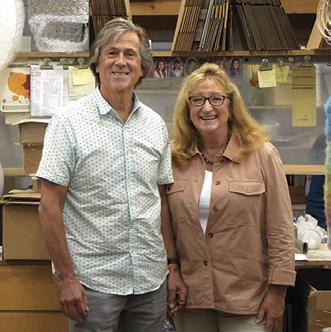
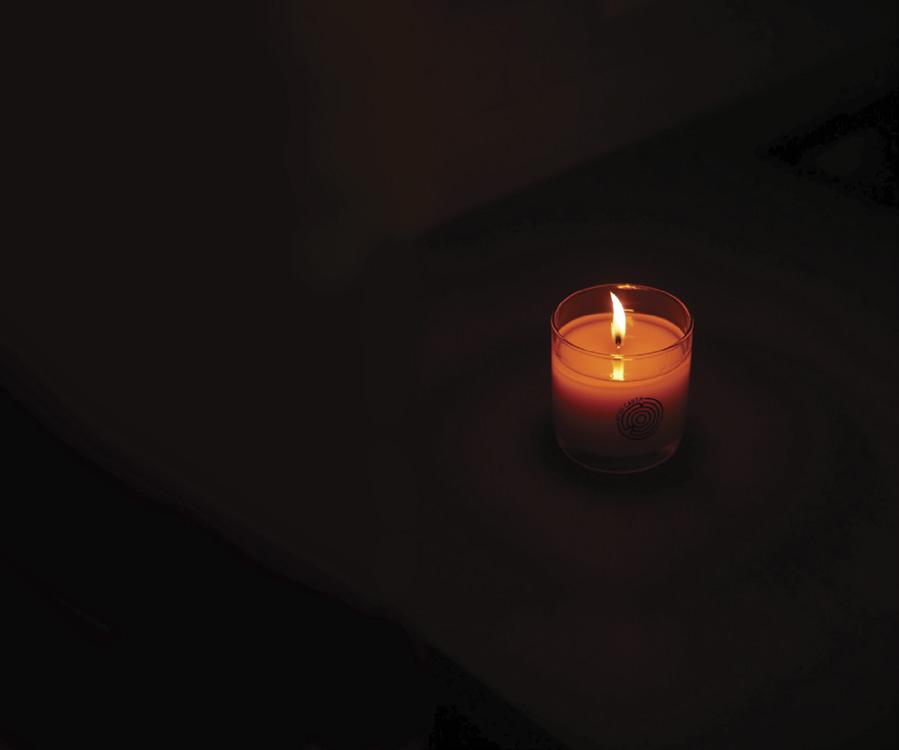


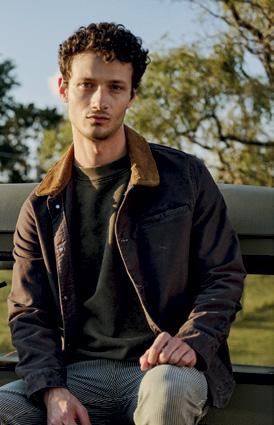
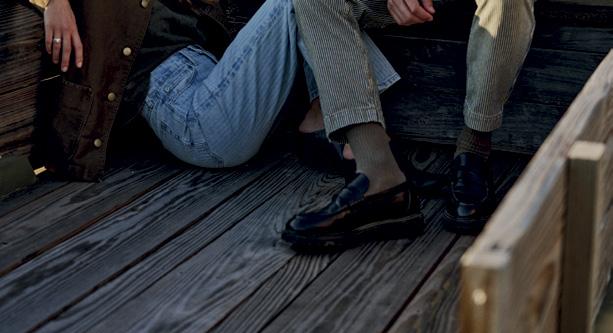






















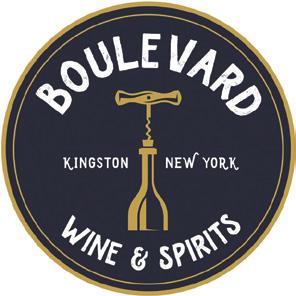
Portraits by David McIntyre
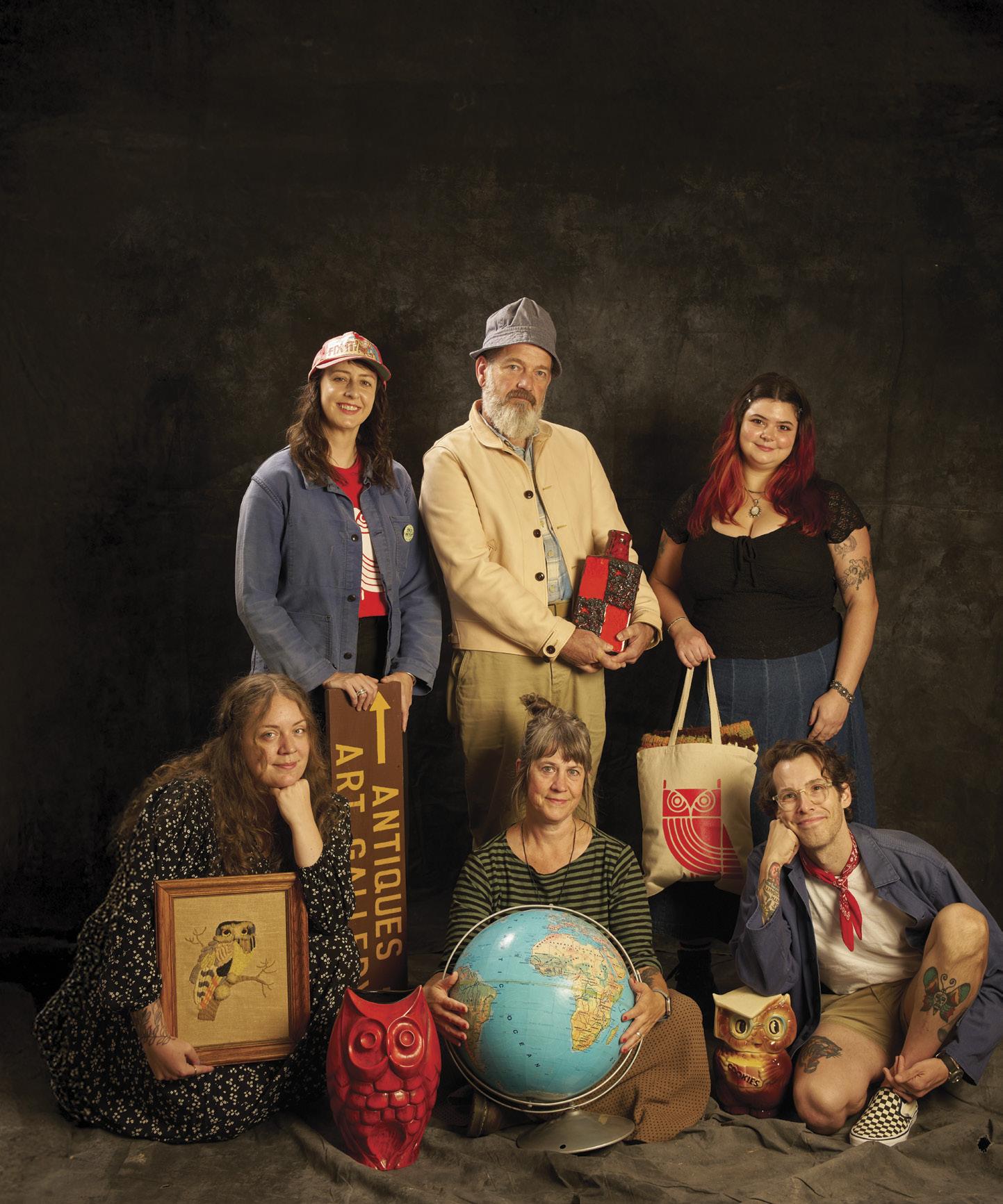



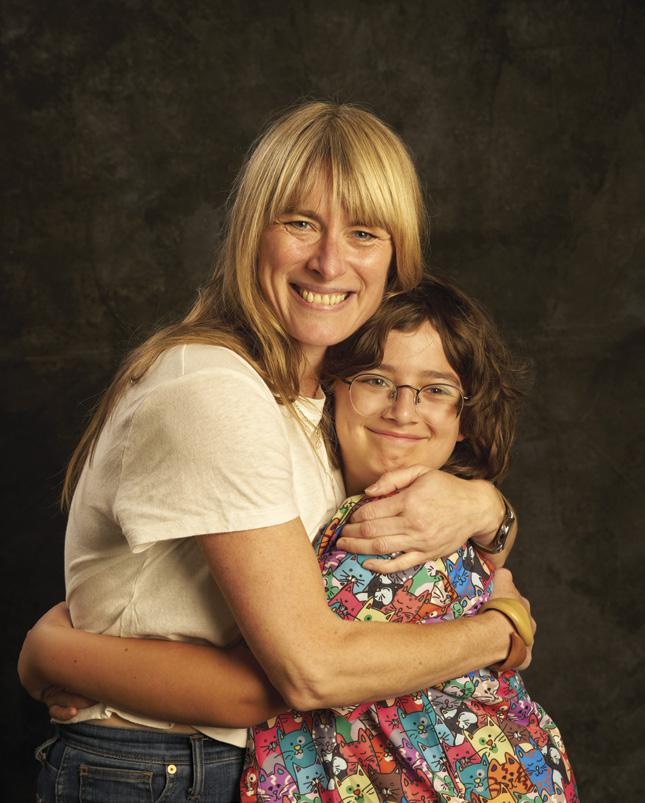
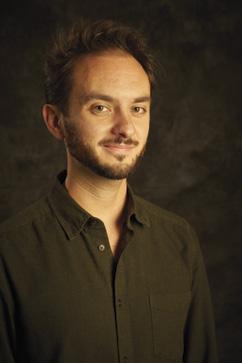
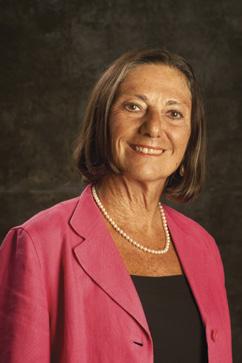


Thanks to all who joined us at the O+ Exchange Clinic in Kingston on September 13 to represent their fair city.

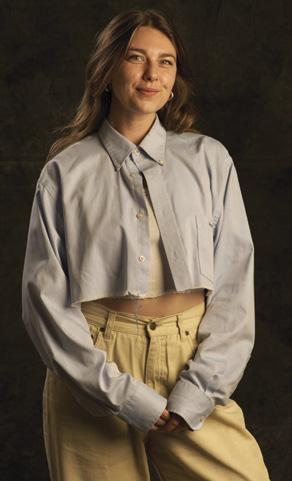




Top row: Demetria Chappo, artist and ceramicist; Aimee Gardner, director of operations at the O+ Festival; Alanna Medlock, owner, Curious magazine and gift shop and Jeff Economy, filmmaker and host of Snackpoint Charlie Radio, WGXC; Joe Gonzalez, producer of Art Walk Kingston and Kingston Independent Comic Expo.
Middle row: Kaitlyn Murray, owner Maison Apres; Gateway Hudson Valley staff: Daisy Aguirre, director of residential services, Elizabeth Strein, executive assistant and brand manager, Stephanie Turco, president and CEO, and Suzanne Chadwick, manager of home health services; Leo Kim-Doull, Harry Doull, and Jiun Kim
Bottom row: Aleksandra Scepanovic, artist and curator and Jennifer Miller, artist and curator; Ayla Fish, student and Milo McTigue, laborer.
Opposite: Top row: Samm Liotta, Marc Liotta, Christopher Liotta; Aleah Dacey, LXD with Clementine Bottomley.
Middle row: Drew Frankel and Sierra Flach, Assembly/ Impact Concerts; Chad Raines and Admiral Grey, artists.
Bottom row: Kelly Geary and Mallory Lawson of Sweet Deliverance with Gus the dog; Elitza Dempsey, Wayfinder Life Coach and yoga teacher; Alan Goolman, curator.
Inset: Shana Luther, interior designer, John Earle, animation director, with Portia Earle and Charlie Earle.
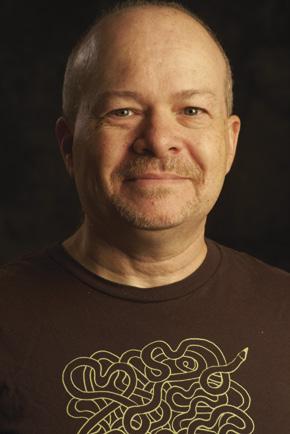

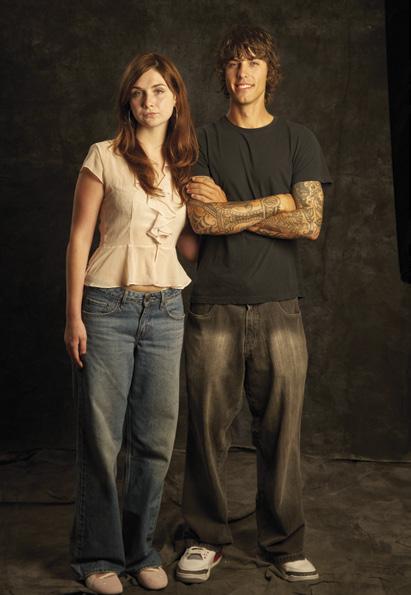





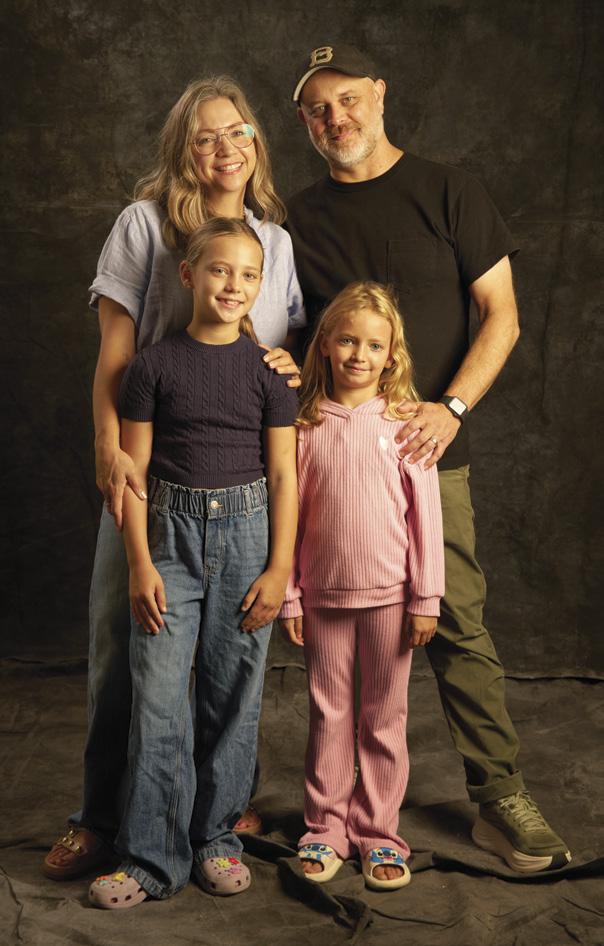
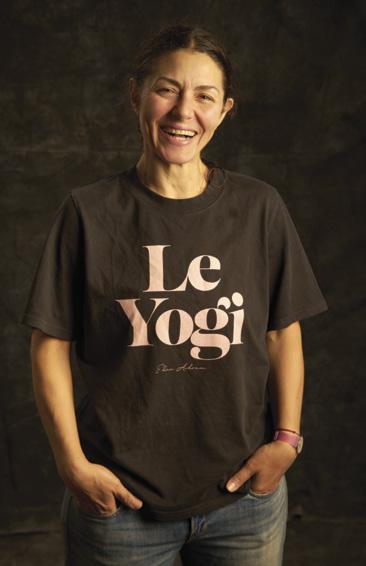


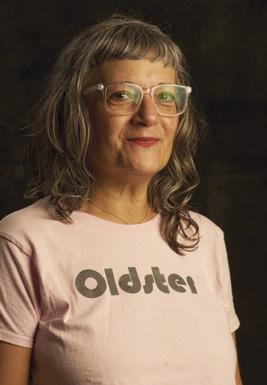

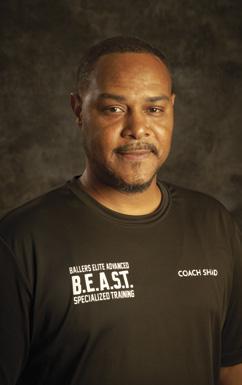





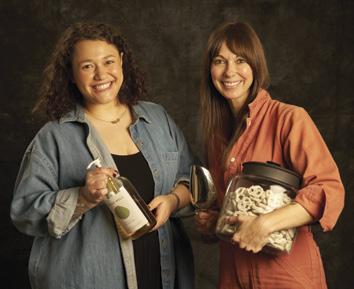
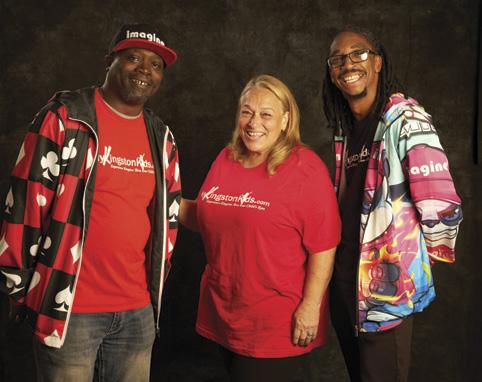


Top row: Lucia Cote, Utopia; Dallas McCann, farm dude and Lara Hope, musician, O+ Festival music programming director, realtor; Karen Leider, probation officer and John Roth, happily retired; Leah Watkins, owner of Folk Refillery & Supply and Chloe Plasker.
Second row: Sari Botton, writer/editor at Botton, Ink., publisher of Oldster magazine and Memoir Land on Substack; Shad Gipson, sports director YMCA of Kingston and Ulster County; Stephanie Pappas, Dear Botanics; Frank Waters, Nadine Ferraro, Winston Queen, Radio Kington hosts and MyKingstonKids leadership team members.
Third row: Hilary Chalmers, administrative assistant with Sir Winston; China Blue, artist; Zelda aka Judith Z. Miller, storyteller, multimedia artist, producer; Margaret Carney, museum curator International Museum of Dinnerware Design and Bill Walker.
Bottom row: Olga Joan, small business owner and maker; Rennie Scott-Childress, Ward 3 Alderman and Professor of History.
Opposite: Erick Selzo, employment coordinator at NYAIL with Kate and Justin Selzo.


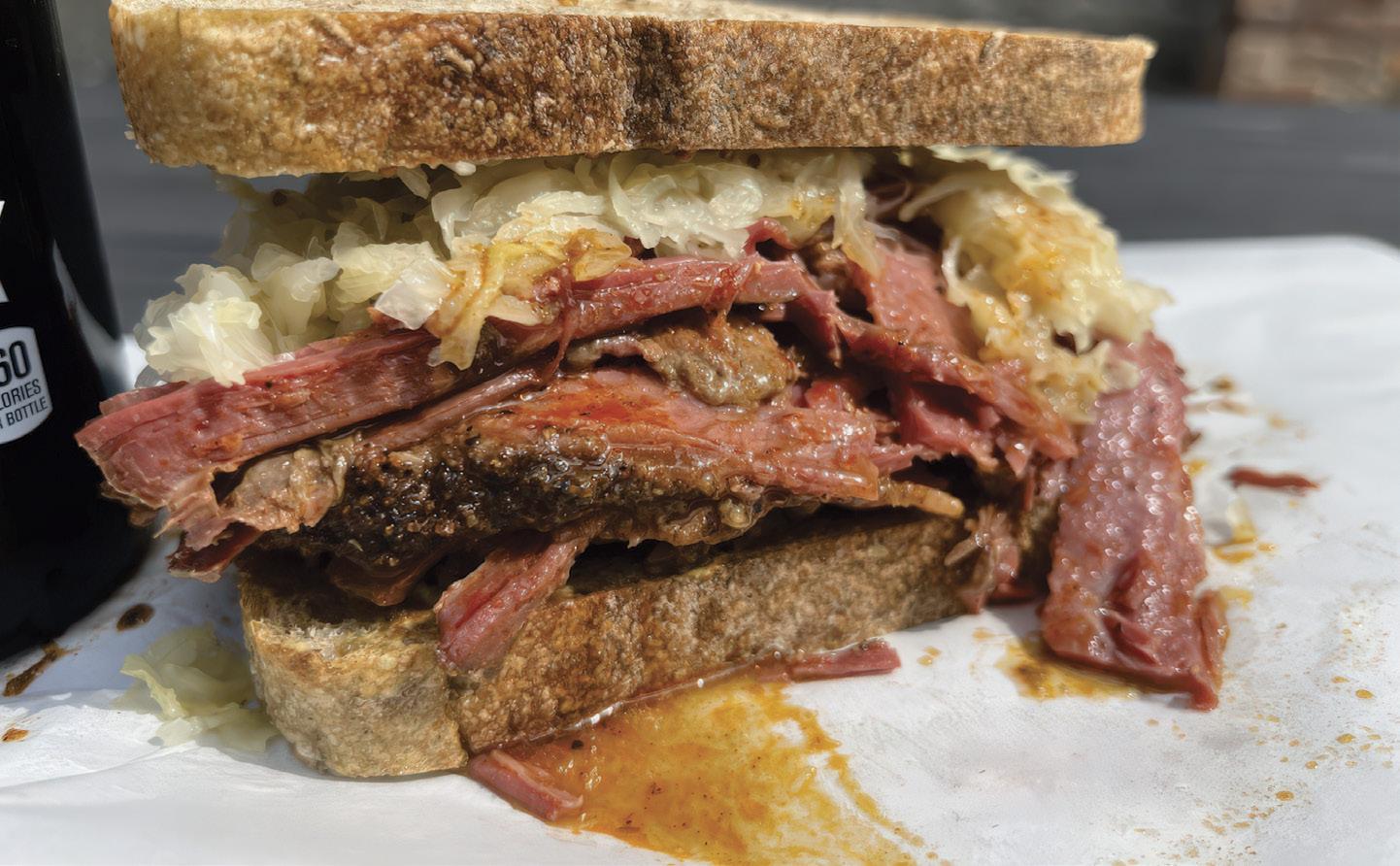
Lev & Ida’s Sandwich Counter tried to have a soft opening last week, on the ground floor of Hudson’s old Cannonball Factory, the hulking and historic brick building once home to Etsy’s regional outpost. But the shop, named for owner Frederick Pikovsky’s grandparents, was quickly overwhelmed with sandwich seekers impressed by elevated traditional flavors, including pastrami that would make Katz’s proud.
When crafting the menu, Pikovski nodded to his love for New York City Jewish, Italian, and Greek delis, his grandmother’s Brooklyn kitchen, and the multicultural, idiosyncratic food culture of Hudson. The shop drew lines immediately. On its second day in business the counter sold out within two hours.
Pikovsky says the early success has been validating, as people have been seeking out the shop primarily through word of mouth. Lev & Ida’s is a bit off the beaten path, not far from the intersection of Fourth and Warren but accessed through the Cannonball Factory’s back door off Prison Alley.
Pikovsky was born in Bensonhurst in 1983, the son of Ukrainian Jewish immigrants who fled the Soviet Union. Food was central in the family, though not professionally. “We couldn’t really afford to go out very much,” he recalls. “It was a lot of home cooking. Especially from my grandmother, Ida.”
That foundation eventually led him to culinary school in Los Angeles, and an early cafe venture. But his career swerved into other lanes: travel publishing and the creation of the co-working space brand Barnfox, a Hudson-based remote-work hub he launched in 2020, occupying the main levels above the growing food hall. The project began unexpectedly while negotiating his lease in the Cannonball Factory. All of a sudden he had access to the whole building and in the rocky foundation of the historic industrial building he envisioned a Chelsea Market–style ground floor of small businesses and food vendors.
After the success of the first stall, Chinese/ Malaysian eatery Yummy Kitchen, Pikovsky thought the next thing Hudson needed was something he could do himself. “I didn’t think I would get back into food,” he admits. “But it just felt like the natural thing to do. The perfect way to honor my history and fill a need.”
Naming the counter after Lev and Ida was more than sentimentality. For Pikovsky, their story is baked into the menu, which honors his Eastern European roots, New York deli culture, and Hudson’s discerning palate.
The shop also fills a practical void. Hudson’s longtime go-to grab-and-go sandwich spot in the center of town, Cascades, closed in 2019 after
decades in business. “It left a hole,” Pikovsky says. “There wasn’t that default place where you knew you could just get a good sandwich quickly.” Lev & Ida’s aims to be that reliable spot, but with sharper focus. The pastrami, brined and steamed in-house, sets the tone. “It’s a 24-hour process with a full packer brisket,” Pikovsky explains. “We slow cook, steam, and season with both spice and sweetness. When it comes out right, it’s like butter.”
Pikovsky speaks the truth. The shop’s pastrami has been dialed in from day one, sliced thick and stacked on sourdough rye with whole-grain mustard and Hawthorne Foods sauerkraut. The bite is luscious and peppery; steam keeps the meat supple and the kraut’s acid reins in the richness ($21).
The pastrami is the showstopper but every sandwich on the opening week menu is well tuned to a clear idea, built on sturdy bread sourced from Leavened across the river. The lineup features a balance of meat-forward options and bright, produce-driven options with attention-grabbing names.
The Feel Good gives turkey some tang with dill havarti, tahini–scallion spread, gherkin pickles, arugula, and mustard microgreens on sourdough ($15), and the Beautiful leans into ItalianAmerican culture with Prosciutto, burrata, basil,
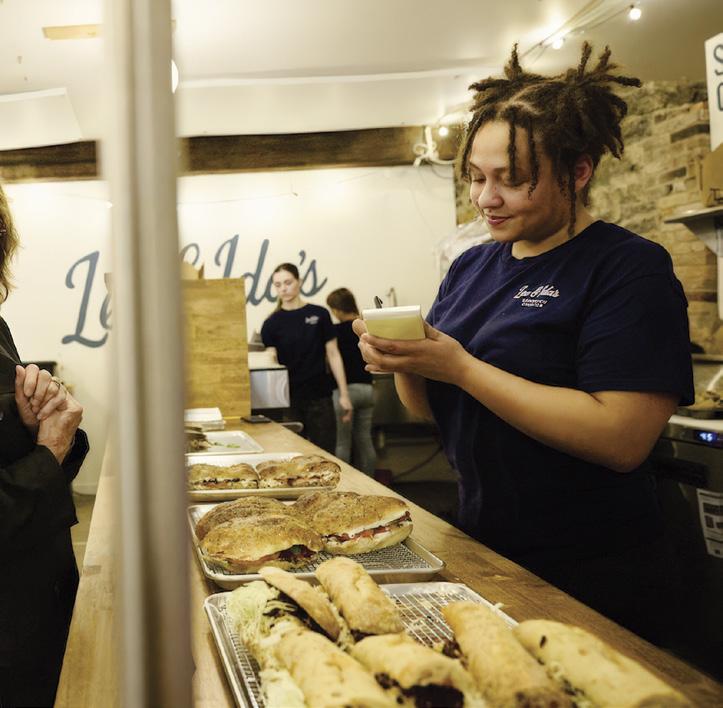
Behind the counter at Lev & Ida’s, the energy is part deli hustle, part
hangout—where every order comes with a side of camaraderie.
Opposite: Pastrami is a nod to owner Frederick Pikovsky’s Bensonhurst roots.
house balsamic glaze and extra-virgin olive oil on focaccia ($15).
Named after the city’s beloved anonymous Instagram meme account, The Hudson Wail sandwich honors the poster’s acerbic bite: Spicy tuna salad with pickled daikon radish, Napa cabbage, cucumbers, crispy fried shallots, sriracha and sesame seeds on a milk bun ($14).
Vegetarians have two great options at the moment. The Chili Crisp Schvitz features tahini–scallion spread, tofu, fresh crunchy cabbage, and a generous spoon of jazzedup Lao Gan Ma chili crisp on a baguette ($13). The Whatcha Got There? spreads labneh and za’atar on heirloom tomatoes, along with mint, and extra virgin olive oil on focaccia ($13).
Pikovski says the menu will evolve and grow as the shop gets settled in, with plans to rotate in new sandwiches and the addition of soups and salads.
The Cannonball Factory has always been slightly hidden, which Pikovsky sees as a benefit. “It becomes word of mouth—like, oh, there’s this thing around the corner that’s really cool,” he says.
But the secret is out. With Barnfox occupying the upstairs and Yummy Kitchen next to the sandwich shop, all of a sudden, the old building is buzzing again. Pikovsky says Lev & Ida’s is designed to complement the other businesses, not compete.
For Pikovsky, Lev & Ida’s also represents a kind of public rapprochement. When Barnfox expanded to Kingston during the pandemic, it faced backlash from residents wary of gentrification. “We became a lightning rod,” he recalls. “People said things that weren’t true. It was tough.”
Hudson has been calmer, but the sandwich shop feels like an even more direct way to connect with the community. “Barnfox can feel exclusive to people who haven’t been here because it has a membership model,” Pikovsky acknowledges. “But you open up a sandwich place that serves good food, and all of a sudden you feel more like a man of the people!”
Running Barnfox and Lev & Ida’s has meant 14-hour days for Pikovsky. “I haven’t come home before nine in three months,” he says. The pace is grueling, but gratifying. “Better to sell out in two hours than not at all. It feels good that the work was worth it and this is something people want.”





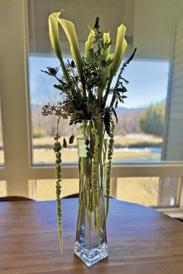


www.bravalenox.com

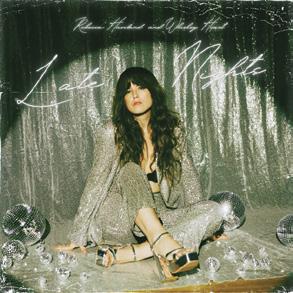
Winged Wheel is a collective nominally based out of Detroit, but with members scattered around the rock ’n’ roll map with a collective CV that includes time in indie rock stalwarts Sonic Youth, Tyvek, Spray Paint, Powers, and Matchless. Following on from a Covid-era debut, recorded remotely, the quartet convened in Kingston to lay down this propulsive and atmospheric sophomore effort. The band’s lineup includes Steve Shelley (drums); Lonnie Slack (lap steel); the co-owner of local music venue Tubby’s, Cory Plump (bass); Whitney Johnson (synths, vocals); Matthew J. Rolin (guitar); and Fred Thomas (drums).
The sound of Big Hotel’s mostly instrumental tracks is enveloping and narcotic, relentless and gentle at the same time. The group’s insistent, repetitive drive is descended from classic krautrock rhythms, while their dropped-in synths, vocals, and feedback give the music a bit of Jamaican-dub spirit. The closing track, “From Here on Out, Nothing Changes,” is probably the most driving tune, with Johnson’s ghostly voice underlying an “Autobahn”-paced propulsion that gets more frenetic until it suddenly hits a wall. Contrastingly, the opener, “Demonstrably False,” starts from a standstill, with metallic guitar asserting itself before stepping back to allow the synths and vocals to knead and shape the sound into something that’s extremely psychedelic. It’s the type of music that gets under the skin with even passive listening. Fans of head music from Stereolab to Spacemen 3 should take note of this stunning release.
—Jeremy Schwartz
Rebecca Haviland and Whiskey
(Five and Dime Records)
Rebecca Haviland and Whiskey Heart’s Late Nights and Early Mornings kicks off with “Monday Nights,” a blast of Motown-ish R&B worthy of Martha and the Vandellas featuring a melodic bass line pushing the rocking song forward, splashes of funky keyboards, and electric guitar with a hint of distortion-littering hooks throughout. It sets the stage for what’s to come: 11 rootsy, tradition-based numbers with terrific accompaniment by the musicians of Whiskey Heart. “Sins” betrays a fondness for Southern rock; “Those Were the Days” and “Daylight” recall the early soul of Sam Cooke and Otis Redding; “Nothing Left to Leave Behind” and “Young and Sad” hark back to Haviland’s earlier, country-inflected efforts with Eagles- or Pocoinfluenced country rock. The Westchester singer-songwriter’s vocals occupy that rare space connecting Janis Joplin and Bonnie Raitt, with soaring glissandos and natural vibrato. An eclectic musical delight.
—Seth Rogovoy


The Stuyvesant String Quartet In Concert at the Library of Congress (Bridge Records)
Producer Jay Shulman continues to chronicle the career of his father, Hudson resident Alan Shulman, with this archival release featuring the late cellist and composer (see past Chronogram issues for reviews of previous titles). The Stuyvesant String Quartet was an exemplary New York group that featured Alan and his brother, violinist Sylvan Shulman. Formed in 1938, the quartet splintered with the onset of World War II but reunited in 1945, the year before the concert heard here. Taken from the original Library of Congress transcription discs, it finds the foursome delivering appropriately tender and zestful renderings of Prokofiev, Dvorak, and Hungary’s Erno Dohnanyi. The liner notes, by Alan’s daughter Laurie Shulman, quote a review of one of the quartet’s later recordings that also nails this one’s essence: “…four musicians not only in total accord with each other, but crazy about the music they play.”
—Peter Aaron
Each month we ask a member of the community to tell us what music they’ve been digging.
I’m a little bit all over the place with what I listen to; I’m always searching for new sounds, but still finding myself returning to the music that’s influenced me over the years. I started getting into jazz at an early age, which opened me up to exploring other music from around the world, not just what I was hearing on the radio (although, I’m also just as happy to go back and listen to classic rock at times). What I’m listening to lately has been influenced by new music I’m working on with Brazilian Girls, plus a new electro-jazz trio with Jesse Murphy and Seamus Blake, and my own solo project (live, semi-improv drumming with digital samples and soundscapes). So, I’ll jump around from electronic artists like Aphex Twin, Tipper, Fred Again, FourTet, and even some ambient elec-
tronic like Terekke, to classics like Brian Eno’s Discreet Music and Music for Airports, or Yoshimura’s Green. I recently heard Beta Librae, that was cool.
Then, I might check out some of the newer African pop, like Roma, and the young Qing Madi, but then I might go back to listening to jazz artists that I love who had a big influence on me, like Ornette Coleman, Oliver Nelson’s The Blues and the Abstract Truth, or the ’60s Miles stuff with Tony Williams, always satisfying. Tony Williams, Roy Haynes, Elvin Jones, and Jack DeJohnette changed my life. That list goes on of course with drummers, but those guys blew my mind and changed everything for me.
Aaron Johnston is the drummer of Brazilian Girls, who are currently finishing the recording and production of a new album and a soon-tobe-released single. He lives in New Paltz.
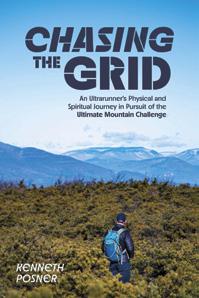
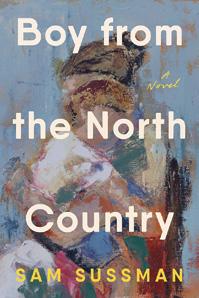


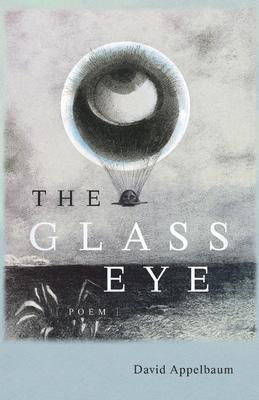
Chasing the Grid
Kenneth Posner
VELOPRESS, 2025, $14.99
Chasing the Grid documents Posner’s quixotic quest to summit all 35 Catskill High Peaks in every month of the year—420 climbs in total. It’s an endurance feat that reads part training manual, part spiritual memoir, and part Catskills field guide. Barefoot much of the way, Posner mines the terrain for lessons in energy, perseverance, and paradox: chasing transcendence while tallying records, seeking ego’s quiet while savoring accomplishment. The mountains emerge as both crucible and companion, reminding us that meaning often lies not in escape from contradiction, but in learning to walk with it—one blistered step at a time.
Boy from the North Country
Sam Sussman
PENGUIN PRESS, 2025, $29
Boy from the North Country orbits a charged uncertainty: Evan, the narrator may be Bob Dylan’s son, but the book’s gravity is the mother who raised him. Rather than chase proof, the novel lingers at the bedside and in memory, turning a tabloid-ready mystery into a reckoning with love, loss, and storytelling itself. Sussman grew up in Goshen, and the Hudson Valley’s hush and fields haunt these pages, grounding a story that keeps its question mark while clarifying a life. The paternity rumor hums in the background (the curly haired Sussman is a dead ringer for a young Dylan) but the heart belongs to mama.
Moving in Stereo:
Ric Ocasek, the Driving Force of the Cars
Peter Aaron BACKBEAT, 2025, $29
Ric Ocasek emerges here as more than the shadesclad frontman of the Cars. Peter Aaron, Chronogram’s arts editor, traces Ocasek’s arc from Beat-obsessed Cleveland teen to reluctant pop star and master producer, balancing his icy mystique with flashes of wit and vulnerability. Along the way, we see Ocasek’s hand in shaping MTV’s early soundscape and mentoring the next wave of bands from Weezer to No Doubt. The book doesn’t sand down contradictions—Ocasek could be both aloof and generous, rigid and visionary—but instead revels in them, delivering a portrait as layered and off-kilter as the music that made him unforgettable.
The Girl Bandits of the Warsaw Ghetto
Elizabeth R. Hyman
HARPER PERENNIAL, 2025, $19.99
Historian Elizabeth R. Hyman, who lives in New Paltz, delivers a riveting narrative in The Girl Bandits of the Warsaw Ghetto: The True Story of Five Courageous Young Women Who Sparked an Uprising. She rescues from obscurity five young Polish-Jewish women—couriers, smugglers, leaders—known by the resistance as “the girls” and by their oppressors as “bandits.” These women risked everything to fight back: Smuggling dynamite, carrying messages, aiding Jews in hiding, even taking up arms. Hyman’s account is meticulously sourced and emotionally urgent, reminding us that resistance is rarely the stuff of myth—but, rather, the wrenching, courageous choices made in the shadows of oppression.
The Glass Eye
David Appelbaum
EPIGRAPH, 2025, $18
Retired SUNY New Paltz philosophy professor David Appelbaum’s latest collection, The Glass Eye, is a book-length poem—luminous, somber, tangled— where reflection meets fracture. Appelbaum binds ecstatic utterances with loss and renewal, weaving the everyday’s sharp edges (decay, grief, philosophical longing) into passages of unexpected hope. The title image—the glass eye—both sees and does not, suggesting a way of perceiving that’s at once attentive and distant, lucid and mystified. For readers who dwell in shadow and light alike, The Glass Eye offers lines that echo: things once broken still cast reflection.
—Brian K. Mahoney

The Ten Year Affair
Erin Somers
SIMON & SCHUSTER, 2025, $28
In The Ten Year Affair, Erin Somers focuses on the romantic intertwinings of several couples based in a lower Hudson Valley town with 16,000 residents. (Beacon, where Somers lives, has a population of 15,292.) The main character, Cora, has a job in marketing, working hybrid and splitting her time between New York City and home. She’s married to Eliot, a successful book publisher; they have two kids, Miles and Opal. Their move from New York City in the late 2010s was precipitated by the high cost of living, and it was paired with the wish to be closer to nature—both factors that will ring bells with many local readers.
At a baby group, Cora meets fellow parent Sam, and they bond instantly, sharing snark about other parents’ oddities—another mom’s mandate to make her child eat broccoli, and pee in front of the group, for instance. Sam does content marketing for dubious businesses and his distinguishing feature is chewing on cinnamonflavored toothpicks (a habit that goes from insouciant to repulsive to Cora). Sam’s spouse, Jules, is a high-achieving lawyer who constantly belittles Sam. Despite (or because of?) these things, Cora finds him charming and open enough to imagine an affair with him. Cora and Sam aren’t the big earners in their respective families, leaving them with more child and home care responsibilities, but also less confidence and agency—until it comes to their burgeoning relationship. And inexorably, the two couples become closer, sharing lots of time together.
In a twist, Somers lays down another timeline, a parallel story close to reality, with some minor departures and embellishments. Cora and Sam meet for trysts in a soulless chain hotel a town over. Or do they? What begins as a sort of low-rent fantasy (and frankly, not much of a stretch of imagination, but no doubt that’s part of the trick) eventually cedes to real-life situations, fulfilling the drabness of the initial romantic daydream. When the pandemic hits, the two families decide to form a pod, forcing even more togetherness, for better or worse. The bond between clans extends to a group vacation to Cape Cod, providing additional opportunities for spontaneous trysts—possibly too many.
The book lightly skewers newcomers’ life in the Hudson Valley. Friends visiting for the first time arrive expecting “the country,” instead finding a rather unexciting exurbia still tethered to the Big Apple; they never visit again despite pledging so. The small town has an overpriced children’s’ clothing store, a dive bar, and a women’s book club that reads only boring classics. The mountains and river cradle the town; regular train whistles mark time and also remind people of their proximity to the city. Social life pretty much revolves around dinners with friends— one couple hosts, the others bring wine. (I question the relative absence in the narrative of farm-to-table feasts and periodic visits to the farmers’ market, which are so prevalent in the region.) Richard, Celeste, and their three kids move into the neighborhood, tossing more x-factors into the mix; they appear to have “real money,” enough to demand only fancy Japanese toilets for their renovation. Richard is a subtle flasher (he leaves the curtains open) and encourages damaging gossip involving himself and Jules, who in fact is having an affair with another man.
While some of the Hudson Valley lore rings true, I found myself puzzled at the abject anomie and fecklessness of the characters, who are on the whole unlikeable. Is their easy slide into amorality in part because of their relatively young ages (late 30s), and the unexpected tedium and repetition of child rearing? Their reliance on New York City as the source not only of lucre but to keep a toe in the competitive waters? All lean on drinking, drugs, and meds to salve whatever ails them, in addition to seeking extramarital affection. Even (or perhaps, especially) the high achievers have psychological issues; Eliot’s reliance on anti-depressants gives him erectile dysfunction, which is one factor in Cora seeking outside affection, and Jules’s type-A personality has her regularly threatening to kill her husband and purported best friend Cora. In fact, Jules and Cora physically fight in the pantry of their book club’s host—not over either’s infidelity, but because Cora’s mean-girl daughter won’t go to the dance with Jules’s smitten son.
Somers deftly flips between timelines, so much so that it’s easy to lose track of which narrative they’re in, but also, it doesn’t seem to matter…in fact very little seems to matter. She nails the aimlessness and basic questionable value of certain white-collar jobs in marketing, with their banal tasks and accompanying mediocre pay. And the pipeline of fresh faces from Brooklyn to the Hudson Valley is no myth. I just wish I cared more about the protagonists, and that their values were strong enough not to blow it all up—or not.
—Susan Yung
All at Once
I’m the leaf stepped on in haste
The stone thrown by an angry hand I’m the hate that shatters glass and silence simultaneously
I’m the tree that stands for hundreds of years witness to birth and death and misdeeds I’m the bird that sings through sun and storms till its voice finds a home in another
I’m the emptiness in the house with broken windows the hand that sweeps aside the shards I’m the fear that lingers in the heart of an outcast the space amid bones where tenderness hides
—Marisa
E. Campbell
My Grandmothers, Uptown (Kingston circa 1950)
Effie,
tiny and tweeded; fretting, snappy eyed:
Sara Lou stately, an Edwardian portrait breathing lavender and cream, walk together uptown.
White gloves worn, of course, and hats— their conversation metered by corners, crossings, hearts picking up pace in the heat— they stroll down Wall Street; gaze into shop windows. What do they see? What do they speak of in camisoled tones?
(Just now, the Fairview/Wilbur bus rumbles past, Coughing fumes and dust.)
Shall we eavesdrop?
Effie: “We missed the bus, Lou!”
Sara Lou: “So we did, Ef… let’s have hot fudge sundaes!” Effie: “Lets!”
Arm in arm they cross the street to Whalens, twittering like city sparrows in the August afternoon.
—Alma L. Strickland
The wind whispered to a leaf, caressed the ground then scurried off without a sound.
—Frances Greenhut
for the world so loved me, it gave me eyes they say that I am too much
that I think too much see too much feel too much
that I complain too much laugh too much cry too much
that I’m too tall too funny, settle down too quiet, I say in a whisper
one day, I plan to move to the lakes and you can come too, if you’d like for this, I know
that the trees can handle the air of my laughter the water can remember the tune of my song the soft creaks in the wooden floors hold the weight of me
because for them, I am not too much. for at the lakes I can cry with laughter in my smile— I can cry with a lump in my throat
I can scream as loud as I please, I can feel, I can be at the lakes, I am me, without the restricting hands
grabbing at my throat, ripping away my sovereignty for the world so loved me, it gave me eyes but not eyes just to see, no because for some, they lack this purpose. eyes so that I can rub them, and feel the soft sensation eyes that I can close, even in the dark eyes that I can use to cry, to express to show them that I feel
and how I feel so deeply, sometimes that is what is too much.
—Gracie Ringer
Seeds
Two samaras afloat in a bowl, wind whirling them close and apart. A sudden stillness surprising two samaras afloat in a bowl. Then, delicate wings pulse and stir that kind of thing, with love, occurs. Two samaras afloat in a bowl wind whirling them close and apart.
—Judy Tierney
Red
I’m tenure track and you’re reaching terminal velocity while a summer storm plays on the air conditioner and my fingers dance with the freckles on your shoulder. I don’t want to share this with anyone else but don’t know any other way to keep you here after you’ve boarded the bus and I’ve showered and shaved and done laundry, when you’re gone from my hair and the bedsheets and I can’t taste you on my whiskers anymore. I have to write it down—the weight of your head on my chest, heavier and heavier, as dusk floods the room, your breath in my ear, slower and slower, as you whisper that my heart is beating deeply just one day after telling me what I mean is beating strongly
Here your dress stays draped across the chair, the night never runs out of new shades of blue, and we’re both still falling with the rain.
—David Lukas
The wheel has turned, another birthday’s here And I am older by another year
A year of hard’ning, soft’ning, wrinkling o’er Is added to my cumulative store
But to take on a twelvemonth’s wear and tear In just one day would be too much to bear And so to minimize the trauma, I Apportion out the aging process by Dividing by three hundred sixty-five By growing older slowly, I survive And see another 19 August come While hardly hearing time’s relentless drum
Each year, this useful stratagem I keep Except to stretch in thinner ev’ry Leap
—Andrew Joffe
Full submission guidelines: Chronogram.com/submissions
I am looking at a panoramic photo of the Woodstock Music and Art Fair taken on Saturday morning,
August 16, 1969, and trying to find myself in the crowd, near the top of the hill in back toward the left,
as looking from the stage. I am twenty-two years and two days old in the photo. I am not stoned, either in the photo or now as I am looking at the photo. I have yet to find myself in the photo, but I am certainly there. I remember being there. I remember the enormity of the crowd. I remember announcements about bad drugs. I
remember the sound of a helicopter. But, sad to say, I remember none of the music I heard that day, not
because I was on drugs, which I wasn’t, but because I was overwhelmed by all those people, some of whom were already trying to find themselves in that photo. Now, over fifty years later, I am trying to find myself there.
—Matthew J. Spireng
For Willie Boy magician Merlin of the birthday party circuit
How did you slip through locked doors
the bravest spectacle our imaginations seized in awe?
By what charm did you teleport so many miles?
green hair quiet eyes
only to disappear
forever
—Cyrus Mulready
Some Unsent Thank Yous
To all of you: the woman in Jackson, Mississippi who broke my fever with grits and whiskey and the one in Rome who let me sleep for 48 hours before cooking my supper, the brakeman who offered to walk with me from Alabama to the Pacific though he had to work the next day, those who helped me into and out of uncertain situations the many who prepared for my coming and cleaned up after my going the mystical sirens who forgave my being strapped to the mast, Ella Fitzgerald for her Gershwin so I could dance with a broom Dylan for his Blind Willie McTell To help me grieve my bloodline, And all the solo singers, drummers, pipers the soaring choruses, the gaunt minister recalling the sadness of my parents on their wedding day James for the question I couldn’t answer: why ain’t you with your people? the angel who taught me how to stop my father’s heart, and Pascal, who stood by me as I buried it, the stranger on the plane who ended my marriage Toni who defended me at dinner the thief with the long limbs diving into the Adriatic, laughing and the chef who slipped me francs at the back door of a Paris café the droopy faced man who took me to the woods to kill me and didn’t the raven haired artist who kissed me on the night train to Berlin the camp boss who told me: you may think the sun rises and sets out of your ass, but it don’t, all the storytellers who left me breathless and wondering, the Hanged Man and Magus Priestess and Charioteer for all their pitiless reminders of the work yet to be done and those diviners of palm and planet who named the life coming at me like so many diamond bullets— you gifted me seeking nothing in return I will not forget
—Kemp Battle
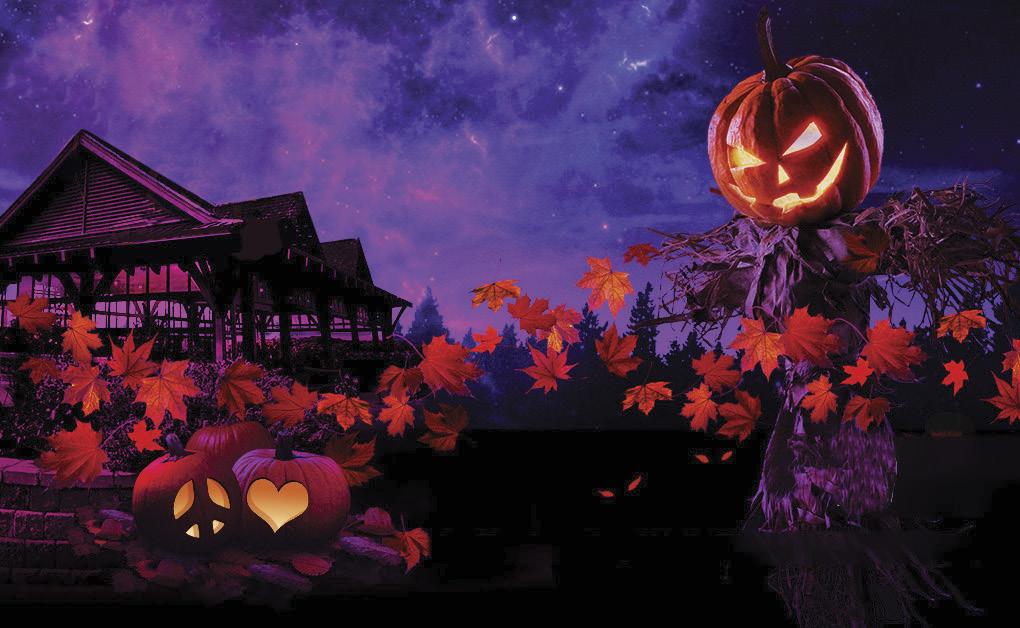
OCT 10–NOV 2
Walk


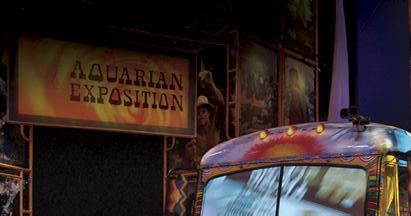



Hudson Valley Dance Festival
October 11 at Historic Catskill Point
The Hudson Valley Dance Festival returns October 11 to blend athleticism and artistry. From Jon Lehrer’s fusion of modern and jazz to Reed Luplau’s personal “A Single Man,” this 12th edition foregrounds choreographic intimacy—while raising funds for HIV/AIDS services through Broadway Cares.
Jon Leher Dance performing “Bridge and Tunnel.”

Welcome! Another fall means another fun-packed Fall Arts Preview in the October issue of Chronogram, so here we are. The season is upon us once again, bringing with it a rich bounty of excellent events in the realms of theater, music, dance, visual art, festivals, and more. Of course, there are some evergreen favorites to talk up in this annual special section, like the New York State Sheep and Wool Festival in Rhinebeck, O+ Festival in Kingston, enticing stage productions of “Swan Lake” at the Bardavon in Poughkeepise and “Proof” at Shadowland Stages in Ellenville, and Balinese gamelan music-and-dance troupe Dharma Swara at the Local in Saugerties. But we’ve also rounded up some not-to-be-missed, specific-to-2025 happenings, several of them at newer venues, to plug into your calendar, like comedian Ashley Gavin at Assembly in Kingston, the blocks-wide Newburgh Fringe Festival, revelatory sculptor Jean Shin at the Dorsky Museum of Art in New Paltz, and indie rock titans Modest Mouse at UPAC in Kingston. So what are you waiting for? Don that warm, comfy sweater, pour yourself a mug of hot apple cider, and dig in to this sagely selected set of autumnal offerings.


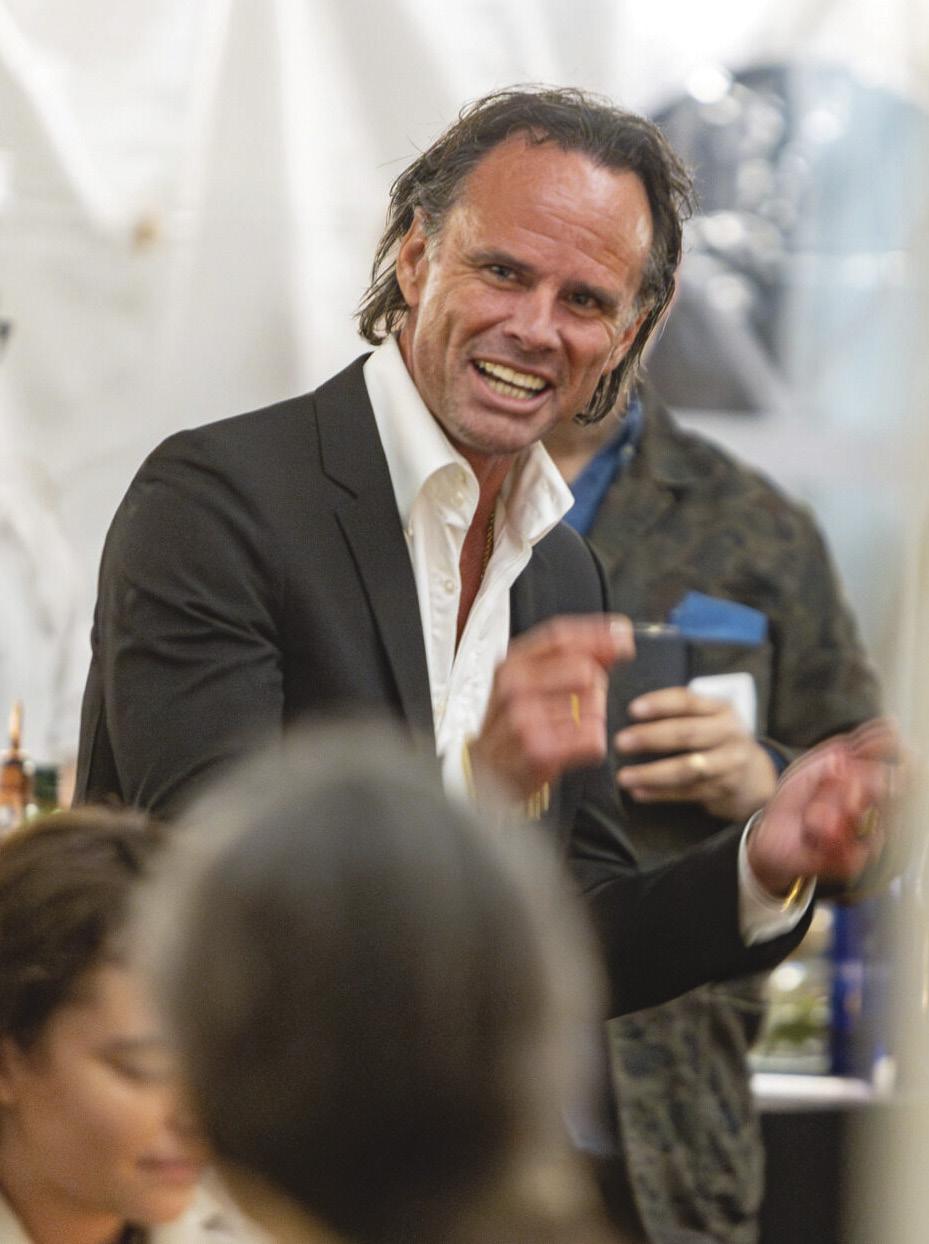
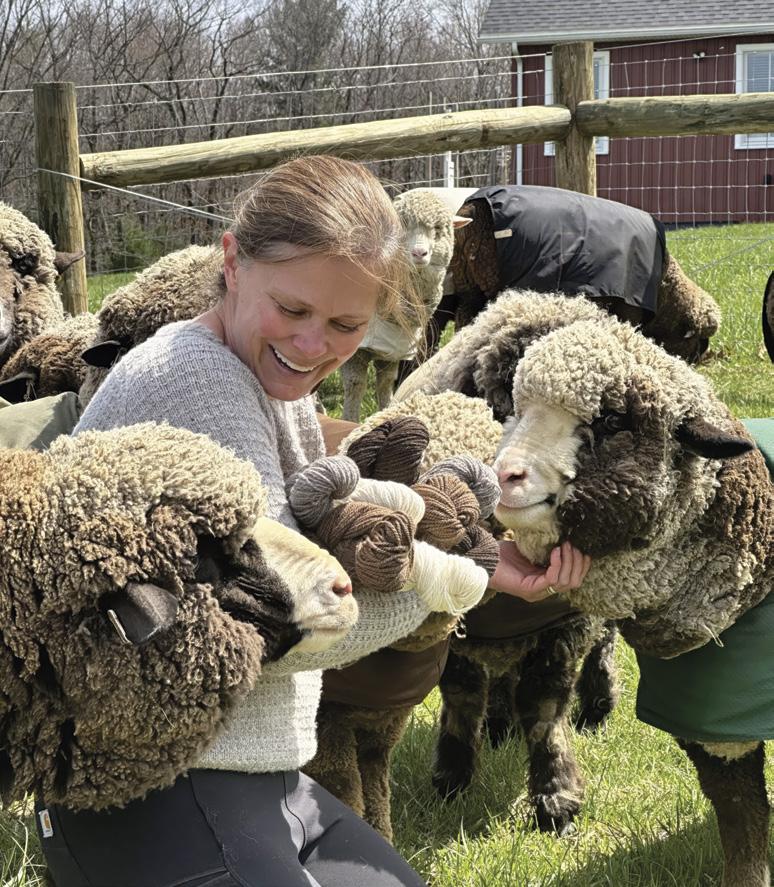
FilmColumbia
October 17-26 at the Crandell Theatre in Chatham
“Sweeney Todd: The Demon Barber of Fleet Street”
October 10-26 at the Center for Performing Arts at Rhinebeck
Stephen Sondheim’s shockingly hilarious, multiple-Tony Award-winning musical about a 19th-century London barber and his pie-baking accomplice’s plan to exact revenge on the corrupt judge who destroyed his family and his life.
“Proof”
October 10-26 at Shadowland Stages in Ellenville
Written by David Auburn and directed here by Shadowland’s Brendan Burke, “Proof” is a Pulitzer Prize- and Tony Award-winning dark thriller of a play with comedic touches. Its story concerns a woman, Catherine, in the tangled aftermath of her mathematician father’s passing.
A Woolen Affair
October 16-17 at Hutton Brickyard in Kingston
A fiber-and-music festival? How very Hudson Valley!
“Expect fiber finds, live music, tasty food, and laid-back hangs with the best kind of crowd,” reads the description. The roots-acoustic acts include Bees in the Barn, Anna Egge, Pulso de Barro, Morgan O’Kane, and the Lucky 5.
Launched at the historic 1926 Crandell Theatre in 2000, this two-week festival of new film premieres has seen several of its past features go on to win or get nominated for Academy Awards. In addition to dozens of debuts, there are panels, workshops, and other components.
“The Thanksgiving Play”
October 17-26 at the Ghent Playhouse
Larissa FastHorse’s biting satire skewers wellmeaning attempts at “woke” theater as four white educators try to devise a politically correct Thanksgiving pageant. With no Indigenous collaborators in sight, their brainstorm sessions spiral into absurdity, exposing the hypocrisies and blind spots of cultural representation. “The Thanksgiving Play” balances humor with sharp critique, making it both laugh-out-loud funny and deeply unsettling.
New York State Sheep and Wool Festival
October 18-19 at the Dutchess County Fairgrounds in Rhinebeck
A forever favorite, this acclaimed outdoor gathering of fiber-arts enthusiasts draws approximately 30,000 visitors and more than 300 vendors and has taken place since 1980. The fest features fiber-bearing livestock, demonstrations, tool and materials merchants, and more.
The Catskills Comedy Festival
October 18-20 at locations in Catskill
The weekend includes stand-up, alt-comedy, improv, vaudeville, panels, and comedy shorts—plus an art exhibit and family events. Featured acts include “SNL” alum Colin Quinn as well as comedy vets Dave Hill, Erin Jackson, and Eddie Brill. Youth-focused moments include a Kids Comedy Open Mic (ages 7–14) and On the Fly Story Slam showcasing young storytellers.
“Swan Lake”
October 24 at the Bardavon in Poughkeepsie Tchaikovsky’s immortal ballet pirouettes into Poughkeepsie for this production by the International Ballet Stars company. Dancers from Italy, France, Georgia, Great Britain, Ukraine, Japan, Moldova, Armenia, and Kyrgyzstan will dazzle amid the stage’s grand scenery pieces.
Spellbound in the Hudson Valley
October 24-25 at the MJN Center in Poughkeepsie
A gathering of the ghoulish and the gothic, Spellbound in the Valley convenes more than 100 authors, vendors, and tattooists steeped in horror, dark fantasy, and paranormal romance—a book fair where literary chills mingle with occult thrills and every page turn promises a little extra gooseflesh.
Newburgh Fringe Festival
October 24-26 in Newburgh
Presented by advocacy group Safe Harbors of the Hudson, this multi-venue performing arts festival encompasses live original theater featuring new plays and new takes on existing plays, short sketches, standup comedians, puppetry, musicians, dancers, clowns, and much more.


Through October 12, 2026

Six international artists explore the global conceptions of craft through site-specific works presented across the Clark’s campus.
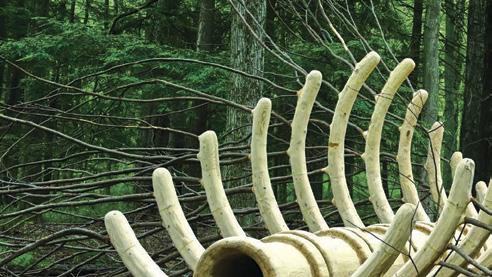






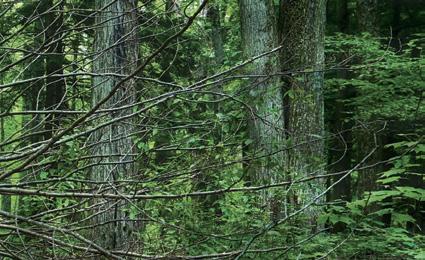


Rennie Harris Puremovement:
“Nuttin’ but a Word”
October 25 at the Orpheum Performing Arts Center in Tannersville
Founded in 1992 by its namesake artistic director and choreographer, Rennie Harris Puremovement hip-hop troupe is one of America’s leading street dance theater companies. The group brings its suite of new urban works to the Catskill Mountains for this top-flight night.
Borscht Belt Film Fest
October 31-November 2 in Ellenville
Sponsored by the Borscht Belt Museum, this festival mirrors that of the museum: to honor “the legacy of the Catskills resort era, and celebrate its history as a refuge from bigotry, the cradle of stand-up comedy and a cultural catalyst that changed America.” See website for film schedule.
Beacon Bonfire
November 5-9 in Beacon
Here’s a festival that carries the torches of art, music, and performance across 14 cool venues in the highly cultured small city that bears its name. More than 50 artists will perform at the four-day happening, which includes food, beverages, family fun, vendors, and extended shop hours.
“Follies”
November 7-23 at Phillipstown Depot Theater in Garrison
Past and present collide in “Follies,” Stephen Sondheim’s elegiac portrait of fading glamour and fractured dreams. Directed by John Christian Plummer and starring Lisa Sabin and Maia Guest, the musical follows former showgirls confronting lost loves and choices made— memory rendered in wit, melancholy, and glittering, ghostly song.
Jimmy Carr: “Laughs Funny”
November 8 at Tarrytown Music Hall in Tarrytown
British comedian Jimmy Carr is the host of BBC Channel 4’s “8 Out of 10 Cats,” “8 Out of 10 Cats Does Countdown,” “Big Fat Quiz of the Year,” and “I Literally Just Told You.” True to the title of his newest tour, Carr will bring hearty guffaws to the area for this side-splitting night.
“On Golden Pond”
November 13-23 at the Bridge Street Theater in Catskill
Just in time for the Thanksgiving season this stage adaptation of writer Ernest Tompson’s beloved, heartwarming 1981 film starring Henry Fonda, Katherine Hepburn, and Jane Fonda comes to the intrepid Greene County theater. A good one to bring Mom and Dad to see.
Jurassic Park with The Orchestra Now
November 15-16 at the Richard B. Fisher Center for the Performing Arts in Annandale-on-Hudson
For this HD presentation of Steven Spielberg’s 1993 science fiction classic to benefit Bard College’s The Orchestra Now, the orchestra, conducted by James Bagwell, will perform John Williams’s iconic score live alongside the visually stunning film in the facility’s Sosnoff Theater.
Grapes of Laughs
October 14 at the Stissing Center in Pine Plains
“Pairing wine with comedians” is the tagline for this flavorsome, curated evening that has host Ophira Eisenberg (NPR, “The Moth”) bringing together comics Michael Ian Black (Wet Hot American Summer, “The State,” “Stella”) and local favorites Rachel Lenihan and Jenny J Rubin.
Ashley Gavin: “Hype Man”
October 24 at Assembly in Kingston
Comedian and social media star Ashley Gavin has appeared on Comedy Central and Netflix and at the prestigious Just for Laughs comedy festival in Montreal and hosts the uproarious hit podcast “We’re Having Gay Sex.” This month she brings her bawdy new show to the region.
Woodstock Story Festival
October 24-26 at Mountain View Studio in Woodstock
Spanning three days and featuring 15 guest artists, this tale-packed international storytelling summit includes David Gonzalez, Maria Gillen, Dr. Lewis Mehl-Madrona, Laura Simms, Denise Manning Keyes Page, Matoaka Little Eagle, Sparrow, Doug O’Brien, and other orators.
—Peter Aaron and Brian K. Mahoney





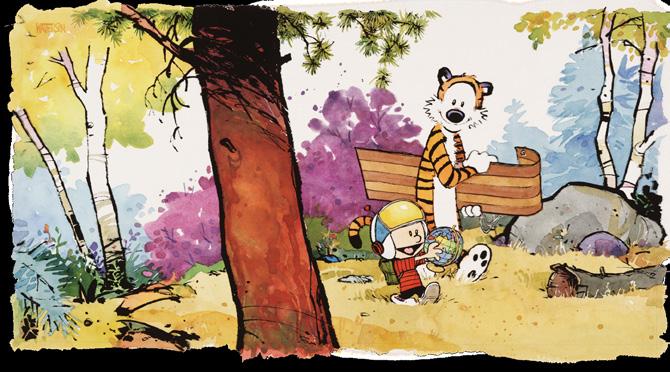
SEPTEMBER 13 – DECEMBER 31
Explore Bill Watterson’s beloved comic strip Calvin and Hobbes (1985–1995). This exhibit showcases his artistry through original daily and Sunday strips, rare pieces, and highlights from a collection of over 3,000 works.



Preservation Hall Jazz Band
December 4 at the Bethel Woods Center for the Arts in Bethel
One of America’s most storied musical institutions brings some New Orleans holiday cheer to the Catskills in an evening titled “A Creole Christmas.” Performing before the stone fireplace in the center’s cozy Event Gallery space, the band will serve up seasonal songs with trad-jazz flair.
Amanda Shires
October 17 at Levon Helm Studios in Woodstock
On the wings of her poignant, pathos-wrought new album, Nobody’s Girl, the Grammy-awarded country-folk singersongwriter and fiddle player fittingly brings her windswept Americana style to the rustic barn performance space that was built by The Band’s legendary drummer.
“Late Idyll”
October 18 at Mount St. Mary College in Newburgh
This autumnal concert by the Greater Newburgh Symphony Orchestra at the college’s Aquinas Hall features Sibelius’s Violin Concerto with soloist Christina Bouey and Brahms’s Symphony No. 2. Conducting the orchestra will be its resident music and artistic director, Russell Ger.
Crescendo Series
October 18-June 13 in Lakeville, Connecticut, and Great Barrington, Massachusetts
The long-running (22 years!) classical-leaning Berkshires concert series begins its run with an anomaly: traditional Latin American ensemble the South’s Breath, at Great Barrington’s Saint James Place. Opera, choral, holiday, Baroque, Bach, and harpsichord programs follow.


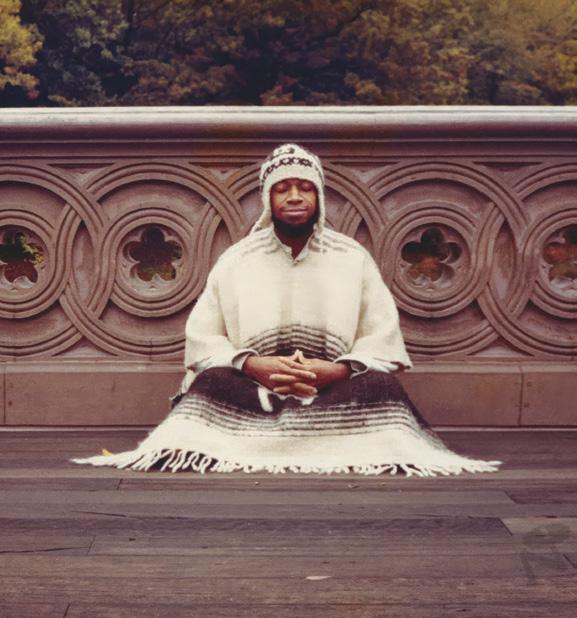
Hudson Jazz Festival
October 3-4 in Hudson
Hosted by jazz radio personality Keanna Faircloth, this cool convergence has Julius Rodriguez, Bigyuki, Caity Gyorgy, Tristan Jarvis, the Gotham Kings, and Joel Ross. The “Sounds Around Town” segment stars students and faculty from Bard College’s jazz program, beloved hometown favorites, and emerging local artists at pop-up spots.
Modest Mouse
October 17 at UPAC in Kingston
Still creating after the 2022 death of their founding drummer, Jeremiah Green, these Pacific Northwest faves helped to define the sound of late ’90s/early ’00s indie rock. They’re currently touring for the 20th anniversary of their hit album Good News for People Who Like Bad News
Richard Thompson
November 7 at the Bardavon in Poughkeepsie
One of modern music’s greatest guitarists— and a stunning singer-songwriter, to boot—the Fairport Convention cofounder, sometime collaborator with his ex-wife Linda Thompson, and highly influential solo artist returns to the area. Simply a must-see for any deep music lover.
Gamelan Dharma Swara
November 8 at the Local in Saugerties
There’s little in the entertainment sphere that compares to the enchanting, otherworldly sounds and visuals of traditional Balinese gamelan music and dance. For over 30 years, the magical Dharma Swara has been one of the US’s top practicing gamelan ensembles.
MDC
November 16 at Reason and Ruckus in Poughkeepsie
Known for their radical-left lyrical stance, MDC was formed in Austin, Texas, in 1979 and is one of the key pioneering bands of first-wave American hardcore. This rocking bill by local punk promoters DCxPC also includes Soji, New York legends Urban Waste, and Worldsucks.
Laraaji
November 16 at the Old Dutch Church in Kingston
Now here’s a perfect pairing of setting and musician. New age artist Laraaji, well known for his collaborations with Brian Eno, creates deeply meditative sonic environments using electronically treated instruments, natural sounds, and vocals. His music should sound great in this historic church.

The Lemonheads
November 21 at the Bearsville Theater in Bearsville Love Chant, the Lemonheads’ first new album in almost 20 years, is an all-star affair for the punk pop hitmakers, finding leader Evan Dando accompanied by Dinosaur Jr.’s Jay Mascis, Julian Hatfield, the Bevis Frond’s Nick Saloman, and other luminaries. Opener Erin Rae shares the bill.
Pedro Luis Ferrer
December 5 at the Towne Crier in Beacon
Making his first appearance at this fabled club, Ferrer is an icon of the guaracha genre of traditional Cuban music. Famed in his homeland for his songs’ amusing, biting social commentary, the singer-songwriter’s music was banned by the Cuban government in the 1990s.
Winterpills
December 6 at the Park Theater in Hudson
Now celebrating the 20th anniversary of their self-titled debut album, the acclaimed Western Massachusetts indie rock quintet is set to weave their haunting, folky tunes in the intimate confines of this hip Warren Street venue. For fans of Elliott Smith, Big Star, and Nick Drake.
Sinkane
December 12 at the Falcon in Marlboro
This highly danceable band is led by Sudanese-born multi-instrumentalist Ahmed Gallab, who also leads the Atomic Bomb! Band, a project that has at times included David Byrne and other big names. Their soulful sound brings together funk, pop, jazz, and torrid African rhythms.
—Peter Aaron






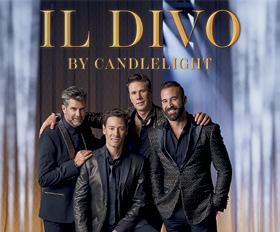














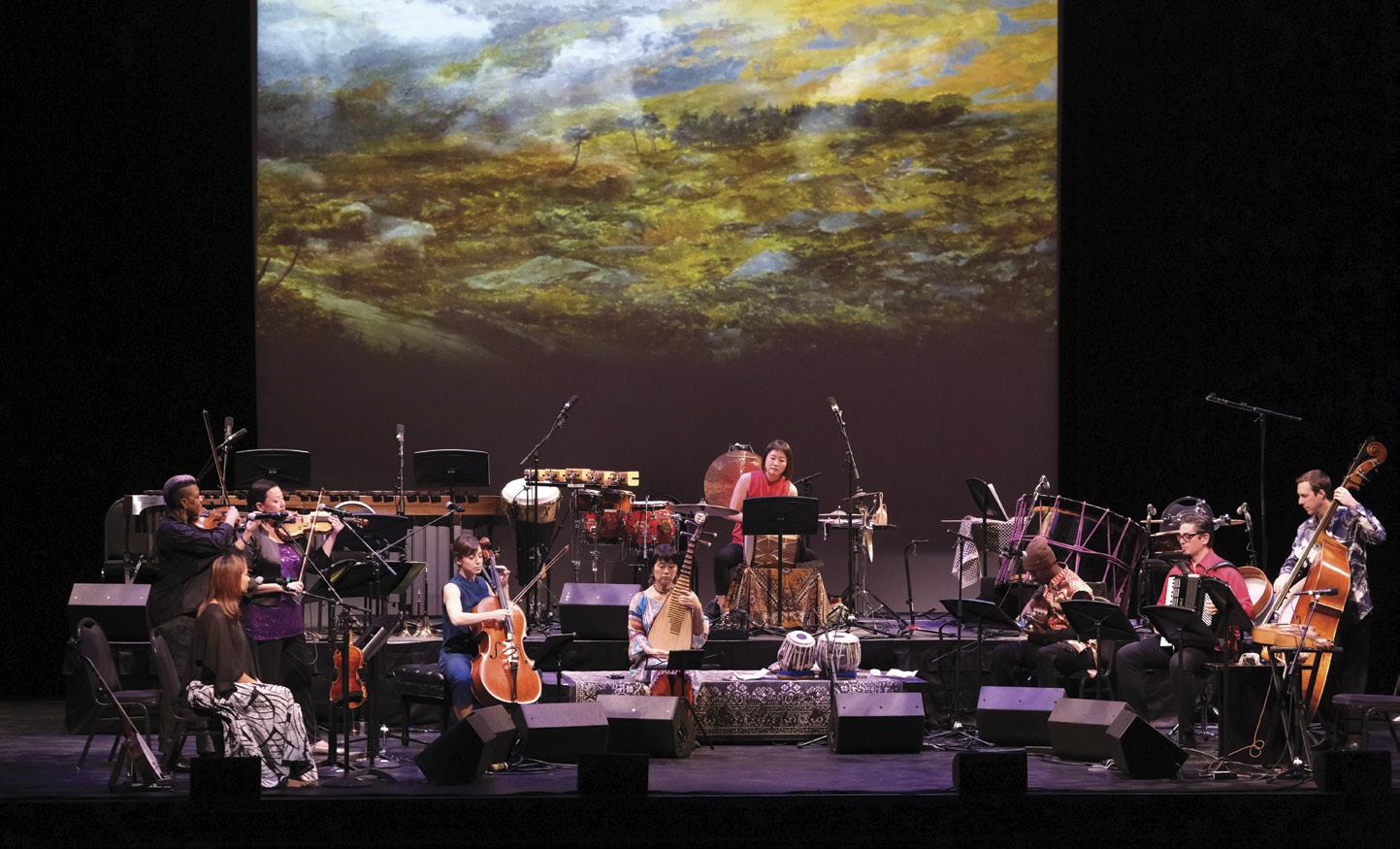
SILKROAD ENSEMBLE PERFROMS "AMERICAN RAILROAD" AT THE MAHAIWE PERFORMING ARTS CENTER IN GREAT BARRINGTON, MASSACHUSETTS
November 8 at 7pm Mahaiwe.org
Formed in 1998 by cellist Yo-Yo Ma and others, Silkroad Ensemble AKA Silkroad, is the musical performing wing of a collective project that fosters collaboration among artists of different traditions, promoting multicultural exchange. In 2020 Rhianon Giddens (Carolina Chocolate Drops) took over from Yo-Yo Ma as artistic director, but the project’s current tour finds the live ensemble headed by Chinese-born Wu Man, a master of the traditional lute-like instrument known as the pipa. On November 8 at 7pm, she will lead Silkroad at the Mahaiwe Performing Arts Center for a performance of “American Railroad,” which features music from the group’s acclaimed album of the same name. Wu Man answered the following questions via email.
—Peter Aaron
You started playing pipa when you were very young, only nine years old. What attracted you to this very old instrument?
When I was in kindergarten, I went to the movie theater with my father. We saw a film called Ambush from Ten Sides, and in it, the great pipa master Liu Dehai performed. I still remember the sound—it was powerful, full of energy, but also so emotional. I asked my father, “What is that instrument?” and he said, “That’s called the pipa.” I said, “Wow, this uncle plays so well!” That
moment really stayed with me. Not long after, my parents purchased a pipa for me. It was a very popular instrument in China, and they loved it too, even though they were not musicians themselves. That’s where it began—this connection to the sound, to the instrument. Eventually, I was lucky enough to study with Liu Dehai himself, and that childhood inspiration became a lifelong path.
Your first exposure to non-Chinese music came in 1979, when you saw Seiji Ozawa with the Boston Symphony Orchestra perform in Beijing. Do you remember what music the orchestra played at the concert? What struck you most about the music you heard at that event?
I still have the picture in my mind so clearly, it was Beethoven’s ninth symphony, fourth movement, “Ode to Joy,” and “The Star-Spangled Banner,” the national anthem of the US, as an encore. The orchestra’s powerful sound and musical appeal completely overturned my imagination.
You are a founding member of Silkroad Ensemble, helping to launch the project with Yo-Yo Ma in 1998. What has it been like to be in this long-running and famously multicultural ensemble? To you, what makes Silkroad such a unique and important group? Being part of Silkroad has been one of the great joys of my life. We come from all over the world—different musical backgrounds, different cultures, different generations—but we share this belief that music can bring people together. It’s not always about blending everything into one sound, but about listening, respecting, and learning from one another. What makes Silkroad special is the way we constantly explore. We experiment, we take risks, and we embrace the unexpected. Every rehearsal, every tour, every project is a chance to discover something new—not only about
music, but about each other, and about the world we live in.
How would you describe American Railroad, the 2024 Silkroad album whose music the ensemble will be performing at the Mahaiwe Theater concert in November?
American Railroad is a very meaningful project. It was first imagined by Rhiannon Giddens, and it tells the stories of the many people—immigrants, laborers, Indigenous communities—whose lives were deeply shaped by the building of the Transcontinental Railroad. These voices are often left out of the history books, but through music we try to honor them and bring their stories to light. While the album and former tours featured work by Pura Fe Crescioni, Rhiannon Giddens, me, Maeve Gilchrist, Haruka Fujii, Sandeep Das, Suzanne Kite, Cecile McLorin Salvant, Niwel Tsumbu, Kaoru Watanabe, and Mazz Swift, this year’s tour features an eight-piece ensemble with instruments from China, India, Japan, Italy, and more. You’ll hear traditional percussion, pipa, suona, strings, guitar, and accordion—all weaving together like a moving train across time and culture. It’s a musical journey through history, and also a reflection on the present.
What do you most hope people feel, think about, and experience when they hear the music that you make?
I hope people feel curious—curious to hear something new, to open their ears and hearts to different cultures and instruments. I hope the music inspires them, like I was inspired when I first heard the pipa. I also hope the music helps people remember the many stories that have brought us to where we are today. Music is not only entertainment. It carries history, memory, and spirit. If someone walks away feeling more connected to that, then I think the music has done its job.


October 4, 4 p.m. Clark Art Institute
Tsedaye Makonnen: Refuge used to live among the Hoosic River and the White Oak Trees will highlight the ongoing world-wide violence in icted upon folks who are actively being displaced from their homes while emphasizing the possibilities of resilience and survival. Each performance is a cleansing, a shaking, a crashing—a catharsis and a signal.

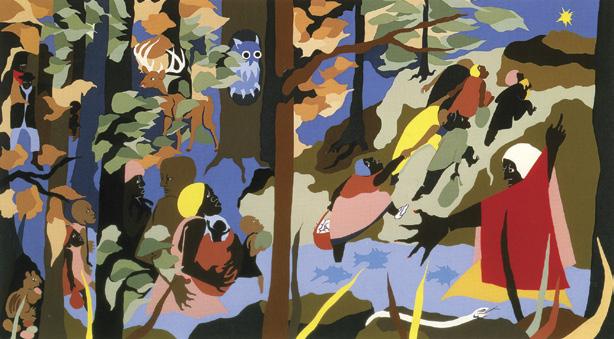


October 10-12
Opositivefestival.org
Every October, Kingston throws a party that feels less like a festival and more like a grassroots uprising.
The O+ Festival was born in 2010 with a wild barter proposition—musicians and artists would swap their gifts for healthcare, “the art of medicine for the medicine of art.” In the years since, O+ has remade the city’s surfaces with murals that climb up brick walls and stretch across alleyways, bright testaments to a creative economy that refuses to be measured in dollars alone. Its feisty spirit has drawn everyone from national headliners to local punk poets, from yoga teachers to dentists in volunteer scrubs, all buying into a vision of mutual aid and community resilience. And the thing just keeps growing: three days stuffed with block parties, group bike rides, readings, film screenings, wellness workshops, interactive art, and more music than you can possibly pour into your ears. The calendar is a delirious sprawl, with every corner of Uptown humming. That vision feels more urgent than ever in a country still allergic to universal healthcare, where artists—who give so much—are too often shut out of even the basics. O+ isn’t just a festival. It’s a prescription.
Annual O+ Festival Parade
6pm from Keegan Ales to Somewhere Stage
The O+ Parade kicks off the festival with a burst of music, costumes, and community spirit winding through Uptown. Join the throngs lining Wall Street or snag prime views from Keegan Ales’ beer garden or Santa Fe Uptown’s back deck.
“Come Home” by The Chase Brock Experience
7pm at the HV LBGBTQ+ Center
“Come Home” channels the vigor of sea shanties into a kinetic dance of restless sailors: stomping rhythms, spray-tossed movement, and a surge of maritime myth crashing through contemporary choreography. Repeats on Saturday at 2pm and Sunday at 12pm.
Jonathan Lethem
7pm at Chronogram Stage
Jonathan Lethem, author of Motherless Brooklyn and The Fortress of Solitude, has made a career of blending detective grit, magical realism, music, and memory into novels that double as cultural critique. Expect a sharp, generous conversation with fellow bestselling author Ayana Mathis about art, resistance, and the fractures—and possibilities—of American life.
Beautiful Losers
7:30pm at Lower Parking Lot
Directed by Aaron Rose and Joshua Leonard, Beautiful Losers (2008) chronicles the rise of a 1990s DIY art movement rooted in skateboarding, graffiti, punk, and hip-hop. Featuring Shepard Fairey, Harmony Korine, Margaret Kilgallen, and others, the outdoor screening includes a pre-show skate party and filmmaker Q&A.
O+ Comedy Hour
9pm at Kegan Ales
The O+ Comedy Hour brings laughs courtesy of host Beth Carestia with comics Alex Castle, Andy Monk, Phoenix Griffin, and Kevin Smith—a showcase of Kingston’s burgeoning, bighearted comedy scene.
Fiery Furnaces
9:15pm at Chronogram Stage
Fiery Furnaces return to Kingston for a reunion show that’s been a longtime coming. Siblings Eleanor and Matthew Friedberger will dig into their genre-twisting catalog for a grab bag of dense lyrics, jagged riffs, and weird, art-rock abandon.
Wild Pink
10pm at Assembly
Wild Pink’s latest release, Dulling the Horns, pushes their heartland-rock into sharper relief—propulsive guitar riffs, driving drums, and lyrics that hitch memories, metaphor, and frailty together. Wild Pink is all about muscular energy, sweeping choruses, and silences that makes the loud bits hit all the harder.


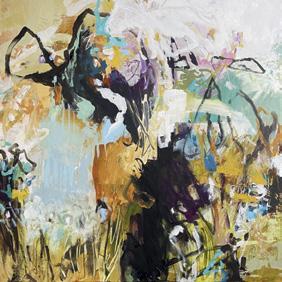
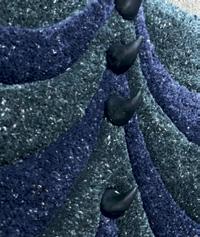
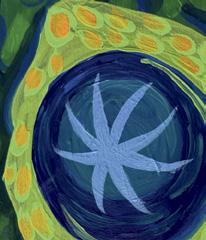







LAB SERIES ART DANCE THEATER EXPERIMENTAL THEATER MUSICALS
Ann Street Gallery 2025 Emerging Artist Fellowship Exhibition September 27 - November 23 DANCE
ULL-LENGTH PLAYS
SHORT-FORM PLAYS

TALKBACKS INCLUSIVITY
SUBVERSION SHORT-FORM PLAYS

WORKSHOPS LAB SERIES LAB SERIES

LAB SERIES ART DANCE
SICALS ART DANCE PUPPET SHOWSEXPERIMENTAL THEATER MUSICALS ART DANCE LIVE PERFORMANCES SINGING COMMUNITY FRESH VETERANS
MANCES SINGING COMMUNITY FRESHFULL-LENGTH PLAYS WORKSHOPS LAB SERIES EXPERIMENTAL THEATER MUSICALS ART DANCE PUPPET SHOWSEXPERIMENTAL THEATER
ESH S TALKBACKS
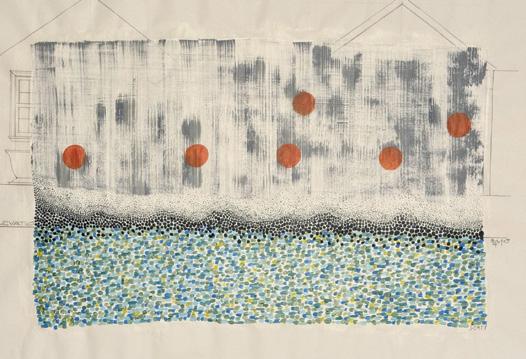





SATURDAY
Fat Tire Mural-to-Mural Bike Tour
11am at Kegan Ales
Led by O+ Operations Director Aimee Gardner, the Fat Tire Mural-to-Mural Bike Tour highlights some of the 70 murals across Kingston. The ride showcases the wide range of styles and subjects—abstract, figurative, political, playful—that have reshaped the city into an open-air gallery.
Smash the Plateriarchy
11am-1pm at YWCA of Ulster County
Carolyn Silveira invites festivalgoers to hurl dishes into pieces, transforming frustration into freedom. The act, equal parts ritual and release, bonds participants while clearing psychic space for new beginnings—catharsis rendered in porcelain shards. Repeats on Sunday, 11am-1pm.
“Trying” by Kyle Turgeon
1pm at Assembly
Kyle Turgeon’s “Trying” melds live-scored cello, synth, and piano with a chance-based film projected in real time. Exploring grief and memory, each performance unfolds differently—an immersive act of presence where sound, image, and emotion entwine uniquely for every audience.
“Lin-Bob” by Linda Mary Montano
2-4pm at Block Party on Wall Street
Performance art legend Linda Mary Montano channels Bob Dylan with playful reverence, donning wig and placard to offer songs and snapshots. It’s part performance, part blessing—an eccentric saint riffing on iconography, humor, and the strange intimacy of becoming someone else. Repeats on Sunday at the Old Dutch Churchyard, 2-4pm.
Stone Lifting and Strongman Competition
2:30pm at Block Party on Wall Street
The Northeast Highlanders bring Highland games bravado to O+ with a Stone Lifting and Strongman Competition. There’ll be kilts, hefted boulders, and feats of grit that channel ancient tradition into raucous, muscle-bound spectacle on the streets of Kingston.
Recessive Jean
8:15pm at O+ Exchange
Recessive Jean conjures a hybrid of song and spoken word, weaving sharp wit with redheaded pride. Their O+ set promises offbeat harmonies, quick turns of phrase, and a playful exploration of identity through music and storytelling.
Akie Bermiss
8:45pm at Somewhere Stage
Akie Bermiss delivers funk-soul grooves with warmth and wit, his unmistakable baritone anchoring songs that sway between playful and profound. A longtime member of Lake Street Dive, he brings seasoned chops and irresistible charm to his O+ set.
Kool Keith
9pm at Assembly
Kool Keith, hip-hop’s surrealist godfather, lands at O+ with rhymes that warp reality. From his Dr. Octagon alter ego to decades of avant-rap innovation, Keith’s performance promises wild wordplay, cosmic beats, and the uncompromising eccentricity that made him a legend.
“Ignite! A Live Band Burlesque Show”
10:30pm at Assembly Ignite! fuses burlesque with the firepower of a live
rock band. Expect high-voltage dance, campy drama, and cheeky comedy, all decked in dazzling costumes and inventive props—an immersive spectacle that’s equal parts raucous fun and sharp social commentary.
SUNDAY
The Ceremony Within: An Introduction to Psychedelic-Inspired Practices
3-5pm at O+ Exchange
The Ceremony Within offers an introduction to psychedelic-inspired practices with facilitators
Stephanie Frank, Jesse Scherer, Jaguar Mary X, and Amy Shuman. There’ll be discussion, guidance, and ritual framed around connection, healing, and the transformative possibilities of altered states.
Gary’s Dream
4:30pm at Keegan Ales
Catskill-based shoegazers Gary’s Dream spins reverbed guitars, spectral vocals, and nostalgic synths into a dreamy swell that blooms from bedroom hush to basement thunder—blue-tinted dream pop that crashes, sways, and soars.
Lydia Von Hof
8pm at Tubby’s
Lydia von Hof casts a spell of high-drama altpop, where theatrical vocal swoops meet glitchy electronic flourishes and moody atmosphere. Her new EP The Strange, The Unusual delivers twists in tone—hushed intimacy followed by pounding beats—and lyricism that leans gothic yet deeply personal.
—Brian K. Mahoney
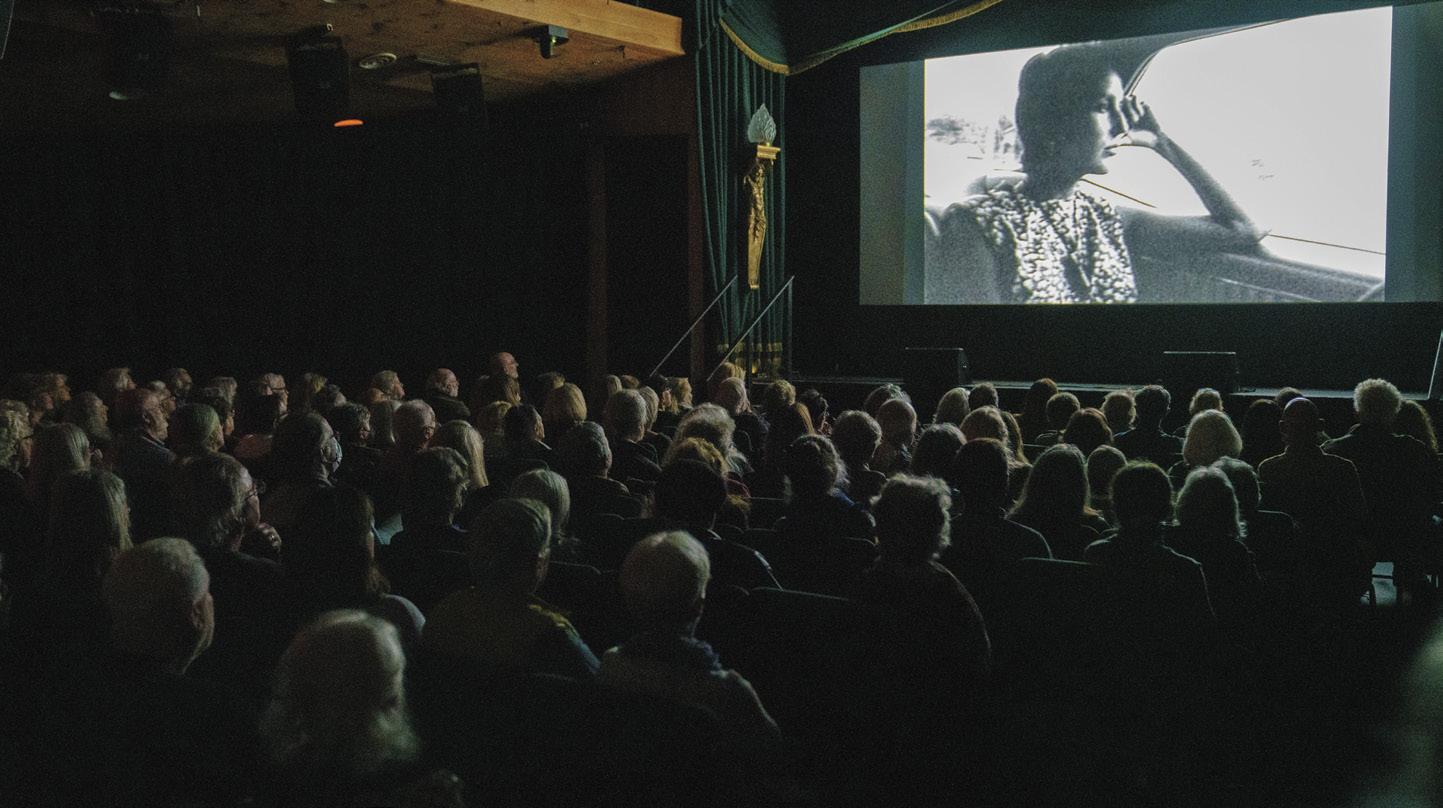
October 15-19
Woodstockfilmfestival.org
Noah Baumbach is coming to Woodstock. The Marriage Story director’s latest, Jay Kelly, lands as the centerpiece of the 26th Woodstock Film Festival, running October 15-19 across Woodstock, Kingston, Saugerties, and Rosendale. It’s just one of the marquee titles in a lineup that pairs auteur firepower— Richard Linklater (Blue Moon), Nia DaCosta (Hedda), Yorgos Lanthimos (Bugonia), and Chloe Zhao (Hamnet)—with the scrappy indies and local productions that have defined the festival since its founding in 2000. From the start, the festival has branded itself as “fiercely independent,” a tagline that’s less marketing slogan than operating principle. Launched by Meira Blaustein and the late Laurent Rejto, the festival was built to champion films that fall outside the mainstream pipeline, while also nurturing the Hudson Valley’s burgeoning production scene. Twenty-six years later, that DNA still shows: Ten of this year’s selections were made locally, and the fest is introducing the Laurent Rejto Made in the Hudson Valley Award to honor its cofounder’s legacy.
The festival’s programming spans 39 narrative features and 27 documentaries, with a slate that’s both international and intensely current. Laura Poitras and Mark Obenhaus premiere Cover-Up, an investigation into media and power. Morgan Neville brings Man on the Run. Ivy Meeropol profiles journalist E. Jean Carroll in Ask E. Jean,
while Jesse Short Bull and David France screen Free Leonard Peltier with newly shot footage of the activist’s release from prison.
For something closer to home, Don Scardino’s A Break in the Rain—shot at the Colony in Woodstock—debuts with a live set from the Catriona Walsh Band. Other Hudson Valleyrooted films include Rachel Israel’s The Floaters, Beck Underwood’s attic-set mystery The Lure of Ponies, Robert Stone’s Starman, and Jon Bowermaster’s The Keeper
The shorts lineup, 80-plus films strong and Academy Award–qualifying in three categories, offers its own high-voltage mix. Kate Bush contributes Little Shrew (Snowflake) , Charlie Kaufman directs How to Shoot a Ghost , and Natalie Portman executive produces Carol & Joy , starring Carol Kane and her nonagenarian mother. Add in appearances from Maya Hawke, Rory Culkin, Mena Suvari, Kevin Smith, and Jessie Buckley, and the short form looks anything but small.
Panels remain a festival signature—intimate, discursive, sometimes unruly. This year Amanda Seyfried moderates a conversation with Mark Duplass and Katie Aselton about their creative marriage. Mariska Hargitay sits down with critic Thelma Adams. Brad Dourif, cult hero and voice of Chucky, talks shop with Larry Fessenden. Rory Culkin and Michael O’Keefe compare notes on indie survival, and composer David Amram riffs with Barbara Kopple. Panels on censorship, the future of film distribution, and documentary ethics
round out the lineup.
Each year, WFF uses its awards to underline the values it holds dear. Ira Sachs receives the Fiercely Independent Award, Tia Lessin and Carl Deal collect the Art of Activism Award, and Laura Poitras is honored with the Freedom of Expression Award. The awards ceremony on October 19 at Assembly in Kingston also hands out jury prizes across narrative, documentary, and shorts
Back in 2000, when Blaustein and Rejto launched the festival, Woodstock was already synonymous with artistic counterculture, but the Hudson Valley was far from a film hub. Two decades later, production has become one of the region’s signature industries, and WFF helped pave the way. The festival’s ethos— serious about art, suspicious of gloss, allergic to condescension—has remained consistent.
Over the years, it’s hosted premieres by Darren Aronofsky, Ang Lee, Barbara Kopple, and countless others, but the real draw has always been the collisions: filmmakers, locals, and cinephiles packed into a Rosendale Theatre screening, talking long after the credits roll.
At 26, the Woodstock Film Festival has survived the digital turn, the streaming glut, and the slow hollowing out of theatrical distribution. What it offers instead is something elemental: cinema as a live, communal experience. Baumbach, Linklater, Zhao, Poitras, and company will provide the films, but the audience—the Hudson Valley itself— remains the festival’s fiercest collaborator.
—Brian K. Mahoney



Cover-Up
Laura Poitras and Mark Obenhaus deliver a relentless portrait of journalist Seymour Hersh, whose investigations—from My Lai to Abu Ghraib—have exposed systemic war crimes and institutional betrayal. Archival riches, unguarded interviews, and Hersh’s own notebooks render not myth, but the painstaking machinery of truth. A sharp reminder that power fears exposure.
Jay Kelly
George Clooney and Adam Sandler anchor Noah Baumbach’s ensemble piece, playing an aging star and his longtime manager on a European reckoning tour. Wry, bittersweet, and unexpectedly tender, it’s a road movie of misgivings and grace notes, with Laura Dern and Riley Keough adding ballast as the past keeps interrupting the present.
Blue Moon
Ethan Hawke gives a raw and eloquent turn as Lorenz Hart in Richard Linklater’s Blue Moon, set on the opening night of “Oklahoma!” in 1943. Hart, battling alcoholism, regret, and eroding fame, spends the evening at Sardi’s, grief and longing at his elbow, as the star of his former collaborator Richard Rodgers rises without him.
Bugonia
Yorgos Lanthimos remakes Save the Green Planet!
with Emma Stone as Michelle Fuller, a powerful pharmaceutical CEO held hostage by Jesse Plemons’s Teddy—a grief-torn conspiracist convinced she’s an alien out to destroy Earth. Dark, absurd, occasionally brutal, it blends satire, sci-fi, and horror with Lanthimos’s sharp eye for delusion.
Hamnet
Chloé Zhao adapts Maggie O’Farrell’s novel into a poetic family drama—following Agnes Shakespeare (Jessie Buckley) and her husband William (Paul Mescal) amid grief when their young son, Hamnet, dies. Quiet storms rage beneath pastoral beauty. Zhao’s frames linger on domestic loss, nature, and memory, turning intimate tragedy into universal ache.
Ask E. Jean
Ivy Meeropol’s Ask E. Jean resurrects E. Jean Carroll’s fight for accountability—her defamation suit against Donald Trump—through archival recordings and Carroll’s own voice. It’s part legal drama, part psychological profile, with Carroll striding from victim to symbol. Watching, you don’t just witness history—you feel its weight.
Franz Agnieszka Holland’s Franz charts Franz Kafka’s life— from adolescent Prague to final days—with Idan Weiss embodying the writer’s tender contradictions, and key figures like Max Brod, Felice Bauer, and Milena Jesenska orbiting his genius and self-doubt. Surreal vignettes,
documentary-style testimony, and family fractures make this more mosaic than memorial.
Bradley Cooper directs and acts in this tender, comedicdrama starring Will Arnett as Alex, whose marriage to Laura Dern’s Tess dissolves amicably. He turns to standup, she to reconciling past ambitions, both juggling two boys and preserving friendships. Change isn’t dramatic— it’s quiet, messy, deeply felt.
For 23 years, John Lipscomb has patrolled the Hudson River aboard the Ian R. Fletcher, bearing witness—and bearing burden—as its “eyes and ears,” defending it from pollution, industry, and neglect. Bowermaster’s documentary is a tribute to one man’s stubborn love for a river, and a call: Who’ll follow in his footsteps?
Everywhere Man: The Lives and Times of Peter Asher
This documentary celebrates musician Peter Asher (of vocal duo Peter and Gordon fame)—not as a superstar, but as the behind-the-scenes force who shaped rock’s golden age. From producing James Taylor to introducing Lennon to Ono, he’s everywhere and nowhere in the spotlight. Archival gems, wistful interviews, and a portrait of musical alchemy.
—Brian K. Mahoney






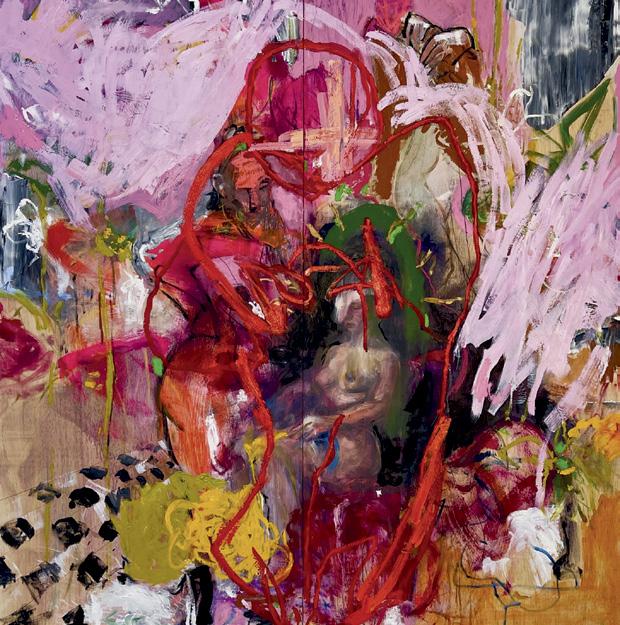


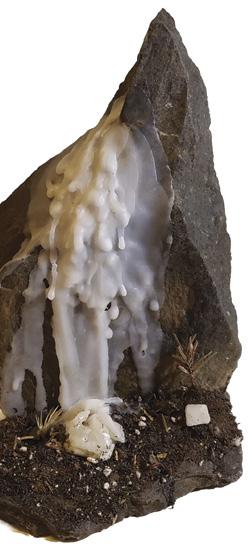

CIEROS
Forty percent of each
supports heroic organizations including Special Olympics, Anderson Center for Autism, Tunnel to Towers, and Paralyzed Veterans of America, among others.

Anti-Retro, Andrea Carlson, screenprint, 2018, from "Chronostasia: Select Acquisitions 2020-2025" at the
Art Center.
“Chronostasia: Select Acquisitions 2020-2025”
Through February 1 at the Frances Lehman Loeb Art Center in Poughkeepsie
Comprised of over 60 artworks acquired by the center’s collection, this exhibition at the Vassar College campus museum focuses on a theme of “temporality through return, inheritance, motion, and seriality…[and] broaden the museum’s holdings across media, histories, and geographies.”
“On Everest”
October 11-November 9 at Front Room Gallery in Hudson This series of stunning portraits and landscapes was created by photographer Sasha Bezzubov between 2016 and 2024 during his multiple treks through the Everest region of Nepal. Also documented are the lives of the porters who carry supplies across the beautiful but dangerous land.
“Ghosts, Mother’s Milk, and Other Stories”
October 11-November 23 at Hudson Hall in Hudson Corinne May Botz’s photographs probe the uncanny in everyday spaces—haunted houses, miniature crime scenes, medical simulations, lactation rooms—where domesticity and power collide. Spanning two decades, this survey reveals her sustained focus on gender, the body, and hidden narratives, transforming interiors into charged sites of memory, mystery, and unsettling resonance.
“Present Tense: Past Participle”
October 18-November 16 at 68 Prince Street Gallery in Kingston
Douglas Navarra layers time itself, drawing on antique papers and shaping clay vessels that converse with history’s stains and creases. His marks transform memory into present gesture, where fragile pages and enduring pots whisper tradition while breathing renewed possibility—objects alive with echoes of the past and immediacy of now.



























"It's Just a Matter of Time," Felix Gonzalez-Torres, billboard, various Hudson Valley locations.
“It's Just a Matter of Time”
Ongoing on billboards across the region Motorists across the Hudson Valley have noticed cryptic new billboards reading, “It’s just a matter of time.” The stark text-on-black design is part of an installation by late CubanAmerican conceptual artist Felix Gonzalez-Torres (19571996), whose pared-down provocations invite us to meditate on mortality and meaning while waiting for the next red light. Originally created during the AIDS crisis, the piece has reappeared regionally in multiple locations this fall.
“Susan Carr: To Bring You My Love”
Through November 16 at LABspace in Hillsdale
This seventh solo exhibition by Carr at the Eastern Columbia County artist-run gallery presents a new crop of her highly colorful oil-on-canvas folk-art-evoking creations. On October 5 at 2pm, the artist herself will visit the facility for a public conversation with poet and critic John Yau.
“Faraday Cage”
Through late November at 1049 Samsonville Road in Kerhonkson
This immersive multimedia installation by Brooklyn street artist RAE BK opened in August at an isolated house in one of Ulster County’s most rural sectors. A surreal reflection of modern consumerism and isolationism, it’s set to disappear with next month’s demolition of the structure.
“Jean Shin: Bodies of Knowledge”
Through December 6 at the Samuel Dorsky Museum of Art in New Paltz
Made from the landfill-bound materials of contemporary consumption—outdated cellphones, now-incompatible device cables and battery chargers, fast-fashion textiles— Shin’s sculptures function as “carrier[s] of worldviews and that which estranges us from our own ecology.”
“Exploring Calvin and Hobbes”
Through December 31 at the Fenimore Art Museum in Cooperstown
Culled from original pieces housed at Ohio State University, this display features over 3,000 drawings, panels, and other items related to cartoonist Bill Watterson’s beloved 1980s/’90s comic strip about a philosophizing six-year-old boy and his semi-imaginary toy tiger friend.
“Kinship and Community”
Through January 11 at CPW in Kingston Culled from the Texas African American Photography Archive, this collection of rare, poignant images puts the lens on the work of Black community photographers working in urban neighborhoods in Dallas and Houston and small towns in East Texas from 1942 to 1984.
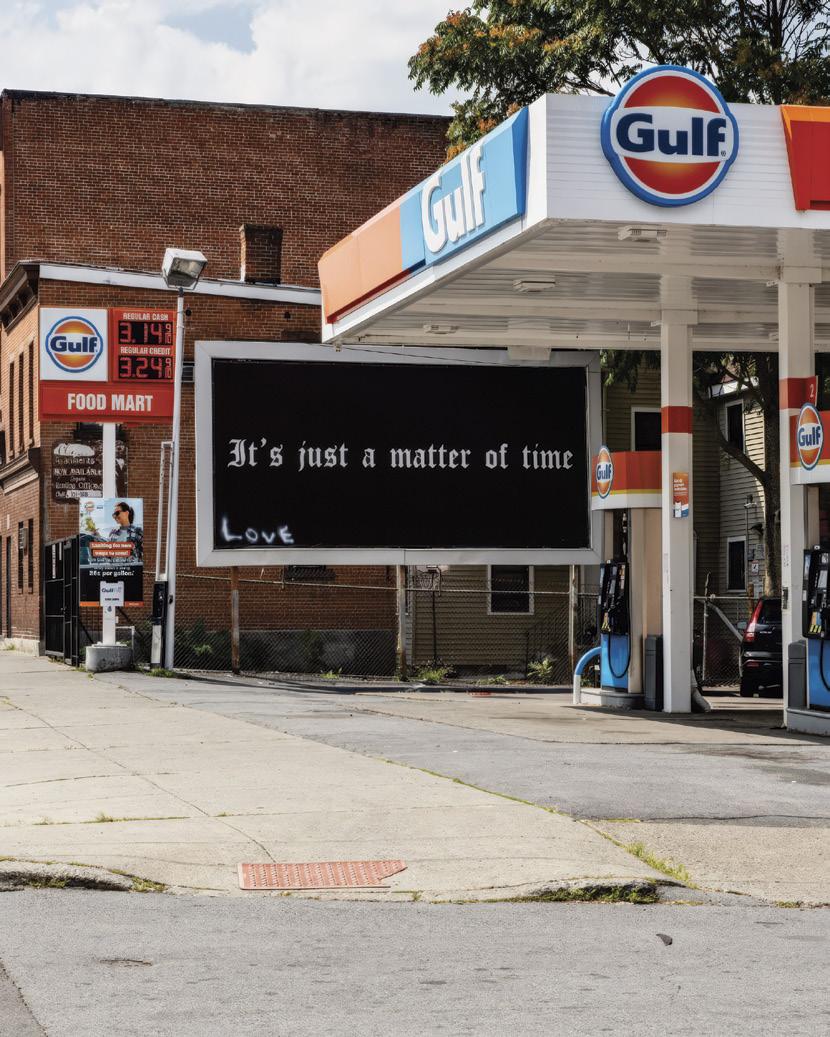
“Picnic”
Through January 17 at the International Museum of Dinnerware Design in Kingston
An evocative feast for the eyes, “Picnic” at IMoDD gathers new and historic tableware under one theme— meals in bloom, spread on cloths in parks, streamsides, beaches. From ceramics, sculpture, glass, paper, fiber, and found objects, artists riff on atmosphere, ritual, nostalgia—transforming simple dishes into poetic, portable celebrations.
“Shadow Visionaries: French Artists Against the Current, 1840–1870”
December 20-March 8 at the Clark Art Institute in Williamstown, Massachusetts
“Shadow Visionaries” examines artists who pushed back against academic norms and popular taste—rejecting
convention through subject, style, or politics. Rich with drawings, prints and paintings, it traces tensions between tradition and innovation, spotlighting the hidden margins that shaped modernity in the work of Charles Meryon, Rodolphe Bresdin, and a roster of early French photographers
“Jazz Age Illustration”
Through April 6 at the Norman Rockwell Museum in Stockbridge, Massachusetts
Works by Aaron Douglas, John Held Jr., and Frank E. Schoonover are among renowned artists anthologized in this show organized by the Delaware Art Museum. The exhibit includes more than 120 paintings and drawings originally published in periodicals and books circa 1919-1942.
—Peter Aaron and Brian K. Mahoney























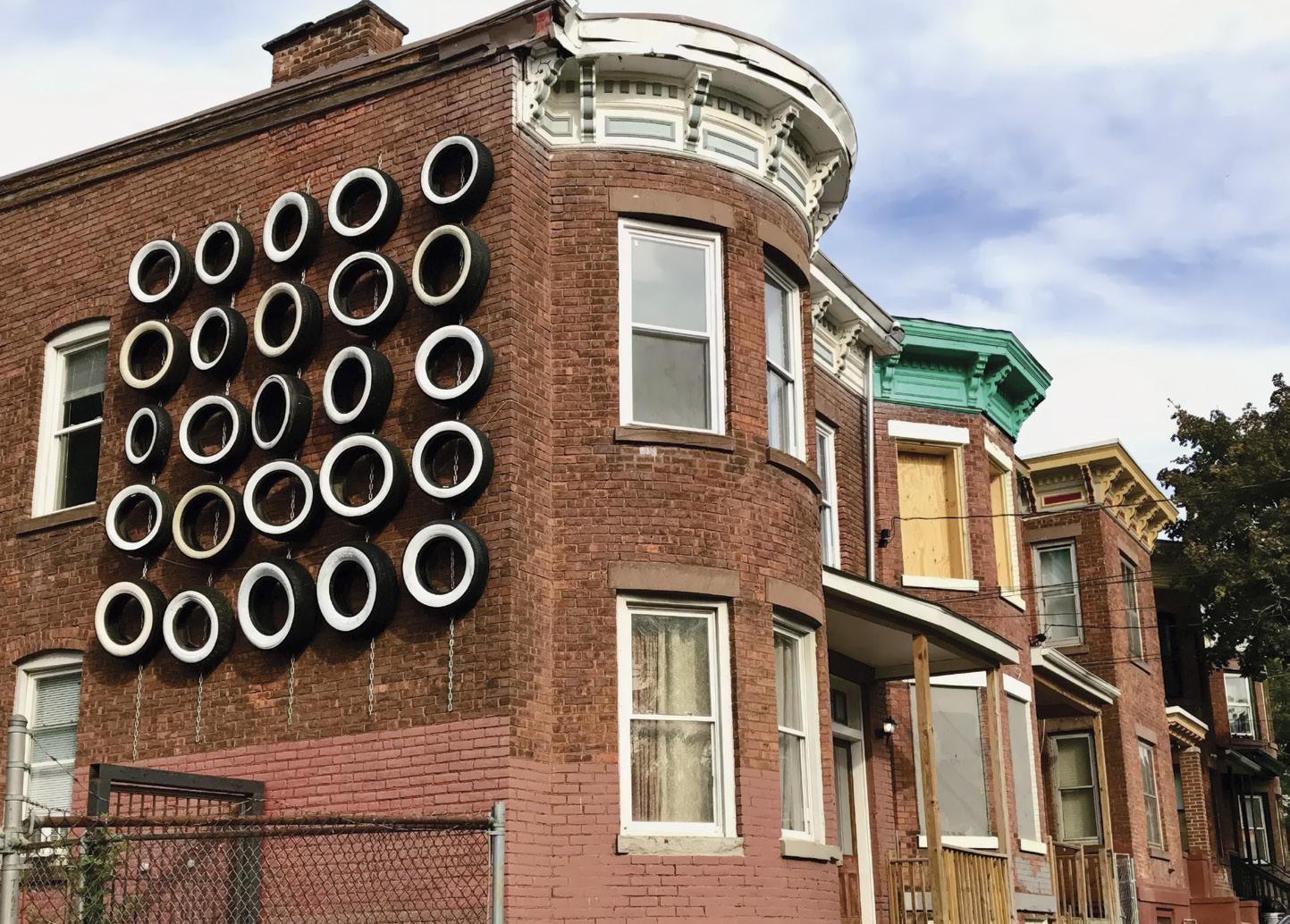
TERRAIN BIENNIAL NEWBURGH
Through November 15
Terrainbiennialnewburgh.org
“It’s a free public art festival that’s in accessible and surprising locations,” says Naomi Miller. Miller is one of the organizers, along with James Moed and Hannah Walsh des Cognets, of Terrain Biennial Newburgh, which runs through November 15. This is the fourth biennial, and has the most artists so far: 34 artist will be displaying their work at locations across the city.
Public art is usually found in spaces owned by municipalities: parks, plazas, subway stations. Terrain settles artistic pieces onto private property. The city itself becomes a canvas for artists. An art gallery has hours of operation; this biennial is open 24 hours.
Terrain is not curated, in the usual sense of the word. There are two requirements: the artist should have some affiliation with Newburgh, and the project should be workable. “We’re not interested in what’s called ‘plop art’—things that just come out of nowhere,”
Miller remarks. About two-thirds of the artists are Newburghers. Participants receive a small honorarium to cover materials and labor.
Public art has to be large—larger than most gallery art. Artists at the biennial have to think big. Cartoonist Andrea Moed is installing her work on the outside of an unoccupied residential home listed by the Newburgh Community Land Bank. At the time of this writing, the exterior looks like a windowless Tudor house designed by Ellsworth Kelly. Later she’ll wheat paste cartoon images over the bright yellow rectangles—her first largescale artwork.
Not every idea pans out. One proposal (I tactfully omit the artist’s name) was a fountain composed of replicas of human body parts printed by a 3-D printer. The idea, though intriguing, proved unmanageable.
Interested citizens volunteer to host an artwork; the organizers match them with an artist. Usually the term “patron of the arts” connotes a rich person, often born into wealth. A patron of Terrain needs no stock portfolio. Their investment is their porch, or lawn, or garden, or window, or chimney, or fence. They must be willing to have strangers sidle up, stare into their property, and point their phone at the nearby QR code identifying the artwork.
Some pieces appear on the sides of buildings, on storefronts, and, in one case—four minimalist banners titled Ours by Matthew Lusk—on a shipping container. Bam Bowen and Sara Gurevich are installing a quilt
with a message—“i’m trying to rewrite what happened before”—that slowly disappears over the course of the exhibition (one word is removed each week). Elena Kalkova has crocheted large fragments that together spell out another message: “No One Is Illegal.”
Dan Daly is designing a mini-theater inspired by the nightly flight of a mass of swifts across the street: “These birds perform seven shows a week for us;” Daly writes. “I think it is only fair we give them a performance in return. My project, For the Birds, places a stage across the street from the chimney the swifts live in. This stage gives passerby an opportunity to perform their own theatrical work for the birds.” The stage has a luscious red trompe l’oeil curtain.
“Social sculpture” is a term invented by the avantgarde German artist Joseph Beuys to refer to collective action that changes society. 7000 Oaks, for example, was a five-year project to plan 7,000 trees in Kassel, Germany. Terrain is a work of social sculpture. It originated with artist Sabina Ott in Chicago, who began showing art on her porch in 2011—a new artist every month. Two years later, she launched the first Terrain Biennial on her block in Oak Park, asking neighbors also to host artists. Slowly it grew into an international movement. Sparrow

“IN THE OPEN AIR” AT THE WOODSTOCK SCHOOL OF ART October 11 to December 13 Woodstockschoolofart.org
“In the Open Air: The Art Student League’s Woodstock School of Landscape Painting and Its Impact,” which runs from October 11 to December 13 at the Woodstock School of Art, is perhaps the first exhibition ever to provide a full survey of landscape painting in Woodstock from the beginning of the 20th century through the 1970s. Curated by art historian Bruce Weber, who also authored the comprehensive catalog, the show illustrates the key role played by the League’s summer school swamping the village with artists. It showcases the various styles that evolved as well as the artists’ connections to and significant influence on the broader art history currents of the time. The show has been organized in conjunction with the League’s 150th-anniversary celebration.
Approximately 50 works are on display, most culled from private collections. (Weber photographs every work of art he encounters in the course of his art-historical
research, and his resulting archive of 30,000 photographs was invaluable in sourcing the paintings.) It’s a sumptuous banquet, from the moody Tonalist paintings of John F. Carlson to the delightful snowy vistas of fields and mountains of Julia Leaycraft and Florence Ballin Cramer to the blocky, Cubist-inspired works of Charles Rosen and Earle B. Winslow to Walter Goltz’s and John William Bentley’s warmly chromatic farm building scenes to the lyrical abstractions of John W. Taylor, William Pachner, Richard Mayhew, and Bruce Dorfman (whose awardwinning Umbrian Landscape, with its nod to Paul Klee, is a personal favorite).
The pleasure of looking is heightened by the fact that one recognizes certain features, though the land was far less forested than it is today; the open fields not only offered artists a panoply of views but also access to their subjects on foot. In addition, many of the buildings that housed the classes and student accommodations as well as artists’ houses survive (including the large studio built by the League on Mill Hill Road in 1912—today the First Church of Christ, Scientist—and the accompanying dormitory on Rock City Road).
The Art Students League had run its summer school in Old Lyme, Connecticut, but the high cost of lodging and, Weber speculates, a shift in aesthetics, from Impressionism to the more cutting-edge style of Tonalism, which was influenced by the works of James McNeill
Whistler, prompted the League to relocate its summer school to Woodstock in 1906. (Yet another factor was Woodstock’s proximity to New York City.) League student John T. Carlson had studied with Birge Harrison, who was teaching painting at the Byrdcliffe Arts and Crafts colony, located nearby on Mt. Guardian, and the two Tonalist painters became the first teachers at the newly formed Woodstock School of Landscape Painting.
Woodstock provided a setting “that allowed an incredible richness of diversity for plein air painting of the land,” says Weber—meadows, fields, streams, forests, mountains, farm buildings, and a charming village, complete with church steeple. By 1912, under Carlson’s leadership, the school was attracting hundreds of students. To accommodate them, the local farmers converted their barns and outbuildings and constructed sheds with north-facing windows. Students also lodged in boarding houses in town, with room rates starting at $7 a week. “They could stay as long as they wanted, and some of the painters stayed year-round,” enduring primitive living conditions, notes Weber. “They starved, they helped each other, they partied, and if someone made money, they’d share it,” he says. Subgroups of artists formed, such as the Rock City Group, who showed their work in New York City, Boston, and Indianapolis, and the Blue Dome Fellowship, which specialized in the painting of nude models in the open air.


Clockwise from top left: Morning on the Stream, John F. Carlson, oil on canvas, c. 1915-1920; George Dannenberg, Art Students League Summer School of Landscape Painting poster, oil on canvas 1906-1908; October Sunset, Birge Harrison, oil on canvas, c. 1910.
The 1913 Armory Show, which introduced Americans to avant-garde art from Europe, sent shockwaves through the art community, and in 1916 Cezanne-inspired Charles Rosen replaced Carlson. He was joined the next year by Andrew Dasburg, who’d spent time in Paris. Other Modernists who came to the school were Daniel Putnam Brinley and Konrad Cramer, an immigrant from Munich. The stylistic sea change, competition from the plethora of low-priced classes offered independently by numerous artists, and low enrollment as a result of World War I presented challenges. In 1921 the school hired George Bellows, Eugene Speicher, and Robert Henri as a way to juice up interest—to no avail: In 1922 the school closed. The art colony continued to flourish through the next two decades: During the Depression, Woodstock was second only to New York City in the number of artists who were selected for commissions for the Works Progress Administration’s Federal Art Project. Arnold Blanche, who arrived in Woodstock in the summer of 1921 to study with

Rosen, was instrumental in attracting artists from the West and other places he’d taught, according to Weber. “He was a progenitor of keeping Woodstock alive as a place for artists to come to,” he says.
Blanche taught at the League and convinced it to open a summer school in Woodstock, which it did, for the second time, in 1947; after a period of sagging attendance at the League, enrollment had boomed thanks to the passing of the GI Bill, which provided servicemen with stipends for tuition and supplies. Classes were taught at the former National Youth Administration Crafts Training Center, a crafts school constructed by the federal government in 1939 and 1940 that had never opened.
One of the students at the school in 1950 was Robert Angeloch. He had studied with Yasuo Kuniyoshi and other prominent artists at the League and married artist Nancy Summers, daughter of a longtime member of the colony. Angeloch was instrumental in bringing back landscape painting to the Summer School of the Art Students League, as it was called, which had initially focused on the figure. He taught classes there in the 1960s and meanwhile, in 1968, along with four other artists, started the Woodstock School of Art (WSA), hosting classes in the fall, winter, and spring. When the League’s summer school closed in 1979, Angeloch successfully lobbied for the WSA to take over the premises. The complex was owned by the City of Kingston—the inability of the League to purchase
the buildings from the city had been a factor in the school’s closing—and eventually the WSA was able to obtain ownership of the buildings. Angeloch, who is represented in the exhibition by both his representational and abstract works, was also an accomplished printmaker and opened a printmaking facility at the WSA, which continues to thrive, having recently expanded into a new facility.
The still-vibrant Woodstock arts colony is distinctive in part for its longevity, which Weber attributes to “the recirculation of younger artists coming to study and settle here through generations.” As late as 1955, “there were 70 galleries in the village” according to Weber, which is obviously not the case today; however, the tradition of art-making, including landscape painting, remains strong, as evidenced by the high caliber of classes held at the WSA, which attract students from around the nation, and the other institutions in the village. As evidenced by this exhibition (which was preceded by three other historical shows curated by Weber at the school), the richness of that tradition is partly predicated on knowing what came before.
An opening reception for “In the Open Air” will be held on October 11 from 2 to 4 pm. Curator Bruce Weber will present two gallery talks, on October 26 at 2 pm and November 30 at 2 pm. On November 8 at 2 pm, there will be a panel discussion and book signing with Weber and Art Students League instructors and alumni.
—Lynn Woods

1049 SAMSONVILLE ROAD
1049 SAMSONVILLE ROAD, KERHONKSON
“Faraday Cage.” RAE BK’s “Faraday Cage” transforms a home’s seven rooms into an immersive meditation on isolation, political drift, and the coping rituals people invent when reality gets too heavy. Through November 30.
68 PRINCE STREET GALLERY
68 PRINCE STREET, KINGSTON
“Present Tense: Past Participle.” New work by Douglas Navarra. October 18-November 16.
ALBANY INSTITUTE OF HISTORY & ART
125 WASHINGTON AVENUE, ALBANY
“For Liberation and For Life: The Legacy of Black Dimensions in Art.” Through December 31.
“Jacob Lawrence: Three Series of Prints.” A solo exhibit featuring three series of silkscreen prints created between 1972 and 2000. Through December 31.
“On the Road to Cragsmoor with Charles Courtney Curran.” Through October 13.
ALBERT SHAHINIAN FINE ART GALLERY
22 EAST MARKET STREET SUITE 301, RHINEBECK
“Conversations.” Features a comprehensive review of new and recent work by 91-year-old artist Yale Epstein. Through October 26.
ANN STREET GALLERY
104 ANN STREET, NEWBURGH
"Untethered Creatures: bodies of emergent lore." Work by William PK Carter, Ana Maria Farina, and Bridget Vasquez. Through November 23.
ART OMI
1405 COUNTY ROUTE 22, GHENT
“Invernadero herido (para Huerta) (2025).” Eddie Rodolfo Aparicios outdoor installation centered around the Wardian case. Through October 26.
ARTYARD KINGSTON
80 SMITH AVENUE, KINGSTON
“Garden of Delights.” Group outdoor sculpture show. Through October 31.
ATHENS CULTURAL CENTER
24 SECOND STREET, ATHENS
“Seasons of Greene VI.” Work by Sue Barrasi, Richard Bazelow, Jay Brooks, Bruce Bundock, Jim Coe, Kevin Cook, Rosemary Hanson, Paula Heisen, Lynn Palumbo, Susan Story, Marlene Wiedenbaum, and Leslie Yolen. Through October 26.
AZART GALLERY
40 MILL HILL ROAD, WOODSTOCK
“Fragmented Memories.” Work by Josh George Bojitt, Mercedes Jelinek, and Jill Ricci. October 11-November 30.
BAU GALLERY
506 MAIN STREET, BEACON
“Fractional Landscape.” Work George Kimmerling. October 10-November 2.
“Midnight Ride.” Work by Eileen Sackman. October 10-November 2.
“Unraveling Light and Time.” Work by Pamela Zaremba and Sile Marrinan. October 10-November 2.
THE BEACON BUILDING
427 MAIN STREET, BEACON
“Beacon Reimagined.” Photos by Scott Lerman. Through December 31.
Untitled, Douglas Navarra, gouache, pencil, ink, found documents, 2015, from "Present Tense: Past Participle" at 68 Prince Street Gallery in Kingston.
CIRCLE 46 GALLERY
46 GREEN STREET, HUDSON
"What We See." Women Photographers Collective of the Mid-Hudson Valley. Through October 11.
CLARK ART INSTITUTE
225 SOUTH STREET, WILLIAMSTOWN, MA
“Ground/Work.” Group outdoor sculpture exhibition. Through October 12. Isamu Noguchi: Landscapes of Times.” Sculpture. Through October 13.
CMA GALLERY
MOUNT SAINT MARY COLLEGE,
330 POWELL AVENUE, NEWBURGH
"Confined." Paintings by Marc Benier. Through November 20.
CONVEY/ER/OR GALLERY
299 MAIN ST, POUGHKEEPSIE
“Echoes in Two Tongues: Honoring Latin American Women.” Through October 25.
CORNELL CREATIVE ARTS CENTER
129 CORNELL STREET, KINGSTON
“Matt Pleva: a Matt-rospective, 1975-2025.” Work by Matt Pleva. October 4-31
CPW
25 DEDERICK STREET, KINGSTON
“Everyday Culture: Seven Projects by Documentary Arts”. Through January 11. “Kinship & Community.” Through January 11.
CUT TEETH
394 HASBROUCK AVENUE, KINGSTON
“Walkers and Floaters.” Group show. October 18-November 22.
BERNAY FINE ART
296 MAIN STREET, GREAT BARRINGTON, MA
“The Paper Chase.” Work by Susan Dory, Betsy Friedman, Mike Glier, Jessica Hess, John Lippert, Hideyo Okamura, and Eric Wolf. Through October 19.
BILL ARNING EXHIBITIONS
17 BROAD STREET, KINDERHOOK
“Seeking Complexity.” Work by David Becker, Deborah Bright, Jane Fine, Bo Joseph, Brian Kenny, A. J. Liberto, Andy Ness, and Harrison Tenzer. October 4-December 21.
BOSCOBEL HOUSE AND GARDENS
1601 ROUTE 9D, PHILLIPSTOWN
“Scenic Vistas: Landscape as Culture in Early New York." Nineteenth-century landscape
imagery alongside work by Kat Howard, Betsy Jacks, Kieran Kinsella, and James McElhinney, Alison McNulty, and Jean-Marc Sovak. Through November 16.
THE CAMPUS
341 NY-217, HUDSON
“Second Annual Summer Group Exhibition.” Through October 26.
CARRIE HADDAD GALLERY
622 WARREN STREET, HUDSON
“Objects of Affection.” Work by Alaina Enslen, David Halliday, Ash King, Jenny Nelson, and David Sokosh. Through November 16.
CATSKILLS VISITOR CENTER
5096 STATE ROUTE 28, MOUNT TREMPER
“Chimera Obscura.” Installation by Courtney Dudley. October 10-12.
DAVID ROCKEFELLER CREATIVE ARTS CENTER AT POCANTICO
200 LAKE ROAD, TARRYTOWN “Still/Moving.” Work by Shen Wei. October 18-April 19.
DESMOND-FISH LIBRARY
473 RTE 403 AT RTE 9D, GARRISON “Picture Us.” Group show. October 25-March 29.
DIA BEACON
3 BEEKMAN STREET, BEACON
“Mary Heilman: Starry Night”. Long-term view.
DISTORTION SOCIETY
155 MAIN STREET, BEACON
“Intangible Devotions.” New paintings by Laura Bochet. October 18-January 31.
EXPOSURES GALLERY
1357 KINGS HWY, SUGAR LOAF
“In the Garden of Eden.” Photographs of Central America by Nick Zungoli. Through December 31.
FENIMORE ART MUSEUM
5798 STATE HIGHWAY 80, COOPERSTOWN
"Exploring Calvin and Hobbes." Through December 3.
"Romare Bearden: Artist-Activist-Visionary." Through December 31.
FRANCES LEHMAN LOEB ART CENTER
124 RAYMOND AVENUE, POUGHKEEPSIE
“Chronostasia.” Select acquisitions 2020-2025. Through February 1.
Dairy Farmer, from the "Milk Factory" project, Corinne May Botz, 2025, from the exhibition "Ghosts, Mother's Milk, and Other Stories" at Hudson Hall.
FRED J. JOHNSTON HOUSE MUSEUM
63 MAIN STREET, KINGSTON
“Edward Budney: Photographer.” Photographs of Kingston in the 1950s. Through October 31.
FRONT ROOM GALLERY
205 WARREN STREET, HUDSON
“On Everest.” Work by Sasha Bezzubov. October 11-November 23.
GALLERY 40
40 CANNON STREET, POUGHKEEPSIE
“Icarus Unbound.” Paintings by John McGiff. Through October 26.
“A Secret Chord.” Landscape paintings by Cynthia Dill. Through October 26.
GARNER ARTS CENTER
55 WEST RAILROAD AVENUE, GARNERVILLE
“Resonance.” Work by Paul Kostabi. Through October 26.
GARRISON ART CENTER
23 GARRISON’S LANDING, GARRISON
“Out in Orient.” Work by Elizabeth De Bethune. “Obsessions.” Paintings by Thomas Sarrantonio. Both shows through October 19.
GREEN KILL
229 GREENKILL AVENUE, KINGSTON
“Nancy Catandella and Carol Levine.” Through October 25.
GRIT WORKS | GRIT GALLERY
115 BROADWAY, NEWBURGH
“Inside the Mind of Tommy Chan.” Impressionist paintings. October 18-December 31.
GUIDO'S FRESH MARKETPLACE
760 SOUTH MAIN STREET, GREAT BARRINGTON, MA
“Works on Paper.” Work by Valerie Fanarjian. Through October 31.
HAWK + HIVE
61 MAIN STREET, ANDES
“Interior Life.” Paintings by Amy Masters. Through October 19.
HESSEL MUSEUM OF ART
BARD COLLEGE, ANNANDALE
“All Manner of Experiments: Legacies of the Baghdad Group for Modern Art.” Arab modern and contemporary art. Through October 19.
HISTORICAL SOCIETY OF WOODSTOCK
20 COMEAU DRIVE, WOODSTOCK
“It Was 50 Years Ago Today.” Photos by Karyn (Provenzano) Bevet. Through November 2.
HOLLAND TUNNEL GALLERY
46 CHAMBERS STREET, NEWBURGH
“Reclamation: Lost and Found in Newburgh.” Group exhibition curated by Janet Rutkowski and Alexandra Limpert. Through October 26.
HOWLAND CULTURAL CENTER
477 MAIN STREET, BEACON
“Focus on Photographers II.” Work by Hillary Clements, Ross Corsair, Ron Hershey, Amy Finkel, Wilbur Norman, and Robert Tirrell Jr. Through November 16.
HUDSON HALL
327 WARREN STREET, HUDSON
“Ghosts, Mother’s Milk, and Other Stories.” Work by photographer and filmmaker Corinne May Botz. October 11-November 23.

HUDSON RIVER MUSEUM
511 WARBURTON AVENUE, YONKERS
“Lens on the Hudson: Photographs by Joseph Squillante.” Through October 19.
HUNTING TAVERN MUSEUM
288 MAIN STREET, ANDES
“Calico & Tin Horns.” Group show of work reimagining the Anti-Rent War curated by Jayne Parker. Through October 26.
INTERNATIONAL MUSEUM OF DINNERWARE DESIGN
524 BROADWAY, KINGSTON
“Picnic.” Sixth biennial juried and invitational exhibition depicting scenes of picnics. Through January 17.
JACK SHAINMAN: THE SCHOOL
25 BROAD STREET, KINDERHOOK
“General Conditions.” Through November 29.
JANE ST. ART CENTER
11 JANE STREET, SAUGERTIES
“Making Time.” Work by Jennifer Hicks. Through October 25.
KINDERHOOK KNITTING MILL
8 HUDSON STREET, KINDERHOOK
“A Time to Build.” Through Novmber 2.
KINGSTON POP MUSEUM
672 BROADWAY, KINGSTON
“Standpoint 4.” Work by J. W. Cornbroom, Mark Hopkins, Dawn Bisio, Archil Pichkhadze, Naoko Oshima, and Carl Cox. Through October 11.
LABSPACE
2642 NY ROUTE 23, HILLSDALE
"Susan Carr: To bring you my love." Through November 16.
LIMNER GALLERY
123 WARREN STREET, HUDSON “A Show of Heads.” Group show. October 9-November 1.
LOCKWOOD GALLERY
747 ROUTE 28, WEST HURLEY “Enchantment.” Work by Deborah Barlow, Alison Cuomo, and Carter Hodgkin. Curated by Carole Kunstadt and Laura Gurton. October 25-November 23.
LONGYEAR GALLERY
785 MAIN STREET, MARGARETVILLE "Robin S. Halpern and Hedi Kyle." Through October 13.
MAD ROSE GALLERY
5916 NORTH ELM AVENUE, MILLERTON “Ebb & Flow.” Work by Eric Hilton, Lisa Sacco, Steven Weinberg, and Natalie Tyler. Through December 31.
“Through a Lens, a Painting.” Work by Lorenzo Minoli. Through December 31.
MAGAZZINO ITALIAN ART
2700 ROUTE 9, COLD SPRING
“Yoichi Ohira: Japan in Murano.” Through December 31.
“Piero Manzoni: Total Space." Through March 23.
MANITOGA/THE RUSSEL WRIGHT DESIGN CENTER
584 NEW YORK 9D, PHILIPSTOWN
“Looking In Looking Out.” Landscape paintings by Marlene Wiedenbaum. October 11-November 22.
MASS MOCA
1040 MASS MOCA WAY, NORTH ADAMS, MA
“Just a Dream…” Work by Vincent Valdez. Through April 5.
MILDRED I. WASHINGTON ART GALLERY, DUTCHESS COMMUNITY COLLEGE
1 GALLERY CIRCLE, POUGHKEEPSIE "Fall 2025 Faculty Exhibition." October 6-30.
MILLBROOK LIBRARY
3 FRIENDLY LANE, MILLBROOK
“Women, Water and Work: Imagining Nicaragua.” Work by Nicaraguan artists. October 3-November 1.
MILLBROOK VINEYARDS
26 WING ROAD, MILLBROOK
“Art in the Loft.” Group juried exhibition. Through November 9.
OLANA STATE HISTORIC SITE
5720 ROUTE 9G, HUDSON
“What’s Missing?” Work by Ellen Harvey and Gabriela Salazar in the landscape. Through November 2.

OLIVE FREE LIBRARY
4033 ROUTE 28A, WEST SHOKAN “Roundish.” Group exhibit focusing on round and roundish forms. Through November 1.
ONE MILE GALLERY
475 ABEEL STREET, KINGSTON
“Dev.” Ceramic work by Michael Dickey. Through October 11.
OPUS 40
40 FITE ROAD, SAUGERTIES
“Seldom Seen.” Historic works by Woodstock artists. October 11-November 9.
PHILIP DOUGLAS FINE ART
545 WARREN ST. 2ND FLOOR, HUDSON
“The Stationary Traveler.” Work by Farrell Brickhouse. Through October 19.
PINKWATER GALLERY
237 FAIR STREET, KINGSTON
“Encyclopedia Botanica.” Work by Anne Sanger. Through November 5.
QUEEN OF ROGUES ART SPACE
59 TINKER STREET, WOODSTOCK
"I Exist in You." Work by Patrick Michael Dennis. Through November 2.
ROBIN RICE GALLERY
234 WARREN STREET, HUDSON
“Home.” Work by John Dolan, Jack Dolan, and Michele O’Hana. Through October 30.
ROHMER GALLERY
84 PARTITION STREET, SAUGERTIES
“Rhythm, Fission, and Folds.” Work by Damilola Ajegbomogun, J.C. Hopkins, Rina Kim, Precious Eboigbodin, and Rebecca Stern. Through November 5.
ROOST ARTS HUDSON VALLEY
122 MAIN STREET, NEW PALTZ
“Local Visions Roost Members Showcase 2025.” October 2-November 2.
ROSENDALE THEATRE
408 MAIN STREET, ROSENDALE
“Gurmi Lama.” Modern thangka paintings by Gurmi Lama. Through October 31
SAMUEL DORSKY MUSEUM OF ART
1 HAWK DR, SUNY NEW PALTZ
“The Arrested Image: Identity through the Lens of Law Enforcement.” Group show. Through November 2.
“Bodies of Knowledge.” Work by Jean Shin. Through December 7.
SEPTEMBER
4 HUDSON STREET, KINDERHOOK
“Psyche.” Work by Ashley Garret. Through October 12.
SKY HIGH FARM
675 HALL HILL ROAD, PINE PLAINS
“Trees Never End and Houses Never End.” Through October 31.
Etta Moten Barnett Dancing, Jay Jackson, watercolor, ink, and charcoal on paper, circa 1940, from "Jazz Age Illustration" at the Norman Rockwell Museum.
GOOD WORK INSTITUTE
65 ST. JAMES STREET, KINGSTON
“Resisting Erasure: Artistic Creativity in Times of Political Turmoil.” Group show curated by Dan Goldman, Maureen Gates, Onaje Benjamin, and Shirley Parker Benjamin. Through November 22.
THOMAS COLE HISTORIC SITE
218 SPRING STREET, CATSKILL
“Emily Cole: Ceramics, Flora & Contemporary Responses.” Work by the daughter of Thomas Cole. Through November 2.
“On Trees.” Work by Georgia O’Keefe and Thomas Cole. Through December 14.
TREMAINE ART GALLERY AT THE HOTCHKISS SCHOOL
11 INTERLAKEN ROAD, LAKEVILLE, CT
“Adrift.” Selected washi works from 2017-2025 by Daniel Heyman. Through October 11.
TURLEY GALLERY
98 GREEN STREET, SUITE 2, HUDSON
“Chirality.” Paintings by Liu Kincheloe. Through November 2.
“Fresh Take.” Work by Beatrice Modisett, Julia Norton, Monica Palma, and Zuriel Waters. Through November 2.
“Heartswell.” Work by Kate Stone. Through November 2.
“Heaven on Earth.” Work by Davina Hsu. Through November 2.
TURN PARK ART SPACE
2 MOSCOW ROAD, STOCKBRIDGE, MA
“Passing Through.” Work by John Clarke. Through October 31.
TYTE GALLERY
3280 FRANKLIN AVE, MILLBROOK
“Looking: 21 Ways.” Group show of 21 artists. Though November 1.
VASSAR COLLEGE
PALMER GALLERY
124 RAYMOND AVENUE, POUGHKEEPSIE
"Creature Feature: Sean McCarthy." Drawing, painting, and comics. Through October 12.
THE SPARK OF HUDSON
502 UNION STREET, HUDSON
“Hudson 1997-2003: Portraits by Phyllis Hjorth.” Paintings of Hudson residents. Through December 19.
SPENCERTOWN ACADEMY ARTS CENTER
790 ROUTE 203, SPENCERTOWN
“Art as Memoir: Regional Juried Art Show.” Group show juried Ian Berry and Sienna Patti. Through October 26.
SUNY WESTECHESTER CENTER FOR THE DIGITAL ARTS GALLERY
27 NORTH DIVISION STREET, PEEKSKILL
Katherina Jesek: Venus in Vectors." Through December 9.
SUSAN ELEY FINE ART
433 WARREN STREET, HUDSON
“Angela A’Court, Barbara Marks, and Kate Snow.” New work. Through October 19.
SUPER SECRET PROJECTS
484 MAIN STREET, BEACON
“Fileds of Becoming.” Paintings and collages by Stephen Wiesmore. October 11-November 1.
‘T’ SPACE
120 ROUND LAKE ROAD, RHINEBECK
“New Hudson Valley Houses.” Work by Stan Allen, Garrick Ambrose, Steven Holl, Toshiko Mori Architect, and MOS. Through December 31.
WIRED GALLERY
11 MOHONK ROAD, HIGH FALLS.
“So Different, So What!” Work by Archil Pichkhadze, Dionisio Cortes, Edward M. O’Hara, Jill Ziccardi, Leticia Ortega, Paul Chidester, and Polly Reina. Through November 9.
WOMEN’S WORK.ART
12 VASSAR STREET, 3RD FLOOR, POUGHKEEPSIE
“Under the Three Faced Moon.” Group show. Through October 25.
WOODSTOCK ARTISTS ASSOCIATION AND MUSEUM
28 TINKER STREET, WOODSTOCK
“Crossing Over.” Work by Nancy Azara. Through October 19.
“Sanctuary.” Group show juried by Sergio Mercado. October 24-November 30.
WOODSTOCK SPA
62 RICKS RD, WOODSTOCK
"SCAPE: Sculpture, Community, Arts, Peace, Environment." Outdoor sculpture installation. Through October 19.
YELLOW STUDIO
792 NY-35, CROSS RIVER
“Sweet Surrender.” Work by Tricia Caracappa. Through October 11.
“Scent of the Sea.” Paintings and photographs by Jennie Carr. October 18-November 15.

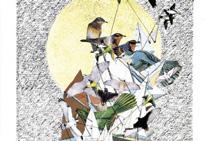











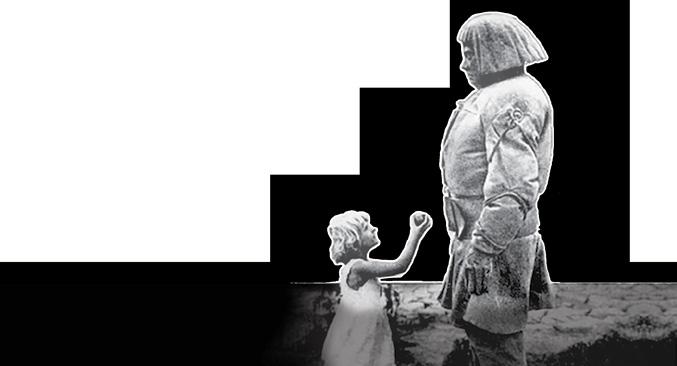














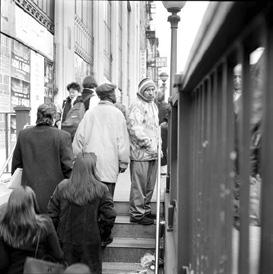


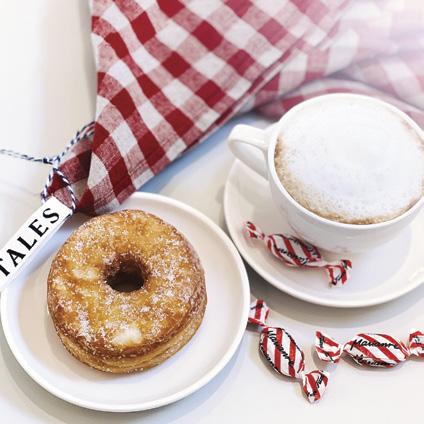













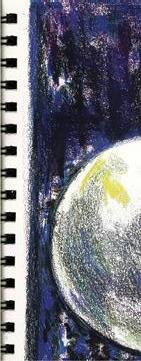
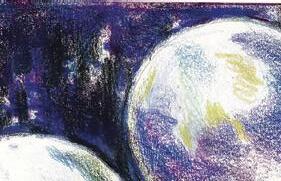


By Cory Nakasue
The skies are quiet this October, but there’s a lot going on underground. By the time we reach the third week of the month, three planets will occupy the sign of do-or-die Scorpio. Every time one of those planets enters Scorpio, it will immediately square Pluto, Lord of the Underworld, on arrival. A square aspect between planets signifies conflict, cross-purposes, but also high creativity. When planets tussle with Pluto it can activate their most basic survival instincts, unearth suppressed information or emotions, and set off power struggles. It can also awaken our appetites for depth, passion, and control. Pluto’s station, before it comes out of its retrograde on the 13th, and its “out-of-bounds” astronomical placement, intensifies our lust: for life, death, and the deepest experiences we can find.
October 6 might prove to be the most dramatic day of the month. It hosts a straight-forward full Moon in Aries and Mercury’s entrance into Scorpio. Both Aries and Scorpio are ruled by no-frills Mars and will color the month with naked truths and confrontation. On the 13th, Venus enters its home sign of Libra. Venus is strong here and offers a cool head amidst much voracity. A sweet new Moon in Libra will do its best to enforce equilibrium on the 21st but could be drowned out by a Mars-Mercury conjunction in Scorpio on the same day. The following day, the 22, oceanic Neptune stations retrograde in Aries as the sun enters Scorpio—another Mars-heavy day that makes it difficult for Venusian gifts to be received. Finally, on October 29, Mercury leaves Scorpio for Sagittarius, breaking the hypnotic spell of the underworld and encouraging some broadmindedness and levity.
Both Mars and Venus are incredibly strong this month and could express themselves as the most erotic alchemy or an end to facile harmony.





ARIES (March 20–April 19)
I’m about to say something controversial. Here it goes: Who you are in a relationship is the true version of who you are. This may offend your individualistic sensibilities. But, our consciousness surrounding who we are is limited. It’s only when someone else reflects back to us the things we can’t see that we have a shot at integrating what we know and don’t know. This is one reason relationships can be so unsettling. There’s a reason we hide some parts of ourselves, even from ourselves. This month, you can’t do that. Dive deeper into a relationship to find yourself.
TAURUS (April 19–May 20)
Your Freudian slip is showing, and yes, people are paying attention. All the parts of you that usually dwell in the shadows are now in the spotlight. The hidden Aries part of you wants more acceptance and expression. The parts of you that renounce anger, selfishness, and impatience want to be integrated. These qualities are not inherently bad, they’re qualities that are part of being human, and sometimes they’re necessary in order to assert ourselves in the world. Other people will want deeper conversations with you and might seem invasive. Practice taking up space, and try not to hide behind pleasantries.

GEMINI (May 20–June 21)
Work relations are getting spicy. Everyone seems to do what they want, in their own way. This isn’t the best moment for compromise and collaboration. This saddens the Libra Sun in your fifth house, which wonders why everyone can’t just get along. The best way to work with a group at the beginning of the month is to let everyone have their own special projects. The end of the month is a better time to make adjustments that harmonize the individual pieces into a whole. Practice being independent and direct. Go deeper than you usually do.

(June 21–July 22)
If you feel like you’ve lost the plot on your life’s direction, create something. Immerse yourself in birthing something from the depths of your being. Don’t worry about what’s going on “out there,” because you are the creator not the spectator of what’s going on “out there.” Stop looking at the weather reports and become your own storm and sunshine. Get off the dating apps and fall in lust with yourself. Only become intimate with another being if they have demonstrated that they can meet you in a place that’s raw and risky. This is where clarity lives.

LEO (July 22–August 23)
There are rumblings in the places that you count on for safety. This could look like strife with family or roommates, personal emotional disturbances, or, literally doing some aggressive work on your house. However you experience this, you might be inclined to remedy this discord by getting distance from it. Solo travel to an exotic locale could be just what you need. Taking a class in a subject that gives you perspective on intense feelings could offer tools that alleviate pressure. Doing some physical labor on your own house could also be especially satisfying.


VIRGO (August 23–September 23)
You feel like you should share, but you really don’t want to. Why is that? It’s one thing to conserve your energy and resources for your own vitality and another to avoid compromise to maintain the upper hand. The first activity bolsters trust in yourself and others, the second activity undermines trust. Privacy is your right, but if you’re withholding information that might impact others, that’s manipulation. The wisdom of Scorpio lies in revealing enough to be fair and concealing enough to feel safe. With Scorpio in your third house of communications, honesty, depth, and precision are mental gifts you need to share.
LIBRA (September 23–October 23)
There may be a confrontation coming up for you. Perhaps someone is trying to strong arm you into a situation. This may irritate you to no end. If you feel like you’re being cornered, you might want to ask yourself if you’ve been evasive or unnecessarily vague lately. I’m not “blaming the victim” here, because you’re no victim. Examine your motives for not being completely forthright in your dealings. It might be attracting unnecessary suspicions. This month, you are granted the gift of a penetrating mind and the power to recover some latent talents. You find your most potent gifts when you dig for them.
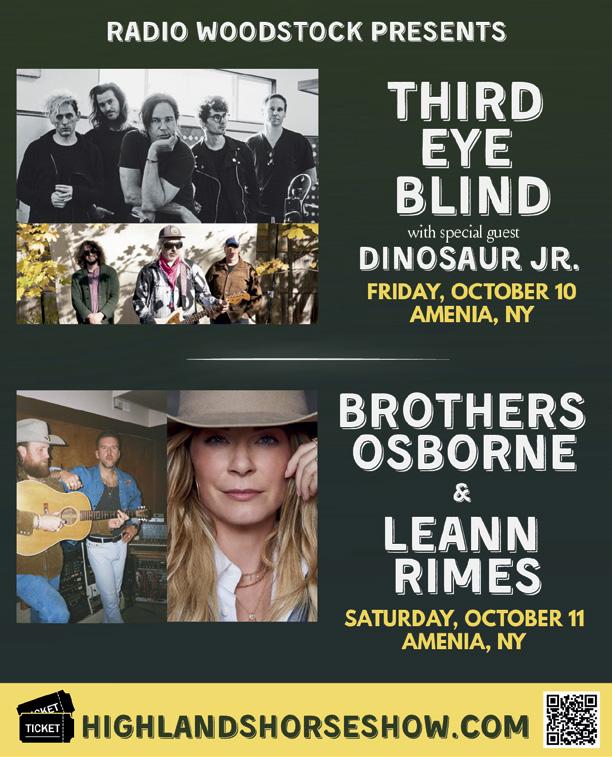







SCORPIO (October 23–November 22)
Unresolved relational issues and decisions left unmade might cause enough stress to show up in your body. Aside from taking exquisite care of your physical form, resolving differences with others and coming to a final decision about an issue could alleviate your symptoms (get advice from a doctor if they don’t). The good news: You have the energy and strength to move mountains— if you focus. Be single-minded. Use this power to find information that’s been elusive. Exclude distractions, excuses, and niceties. Develop the relationship between your mind and body. Your psychosomatic connection is especially strong and you can learn how to manage it better.

SAGITTARIUS (November 22–December 22)
What are the things you truly do just for you? What are the things that bring such intense joy that to tell anyone else about them would make you blush? Do those things. Keep them hidden. This month, privacy and solitude are prerequisites for you to experience the most delicious morsels of delight. Spend a whole weekend diving into your guiltiest pleasure, without the guilt. Have a secret affair. Selfishly spend a week in your art studio, go on a solo road trip (don’t tell anyone where you’re going), or spend all day in bed. Get into a deep relationship with your desire.

(December 22–January 20)
The safety you seek comes from autonomy. Typically, Capricorn is thought to find its safety in strong structures and clearly defined standards, but this month, you need to go off-roading. This means that instead of looking outside yourself to inform your actions, it’s time to go within. Obey your animal instincts, cut a path where none existed, and delve into your own emotional territory. If you’ve been frustrated by a lack of clarity lately, you’re about to find relief, but it’s not where you usually look. Allow for intense situations, not as an excuse to fight, but to identify your triggers.

(January 20–February 19)
You’re not usually one to worry about abiding by the laws, philosophies, and cultural rules that are imposed on you, but you do appreciate how they give order to relationships. This month you may be inclined to stray from your usually egalitarian self and feel the desire to lead. This is not a bad thing. Good leadership does exist. You may trouble your communities with your frankness and bold ideas. It is precisely this uncomfortable information that could breathe new life into friendships that have lost their spark. Risk losing your relationships in order to keep them. Complacency kills.
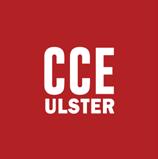




(February 20–March 19)
Sometimes it’s difficult for Pisces to feel its own form. Its edges tend to be fuzzy. The massive amounts of content that it possesses can bleed out into other forms, or just disperse into the atmosphere. This month you have the opportunity to name what’s yours. If you’re not sure where to start, begin with your beliefs and values. Where did you learn to see the world as you do? Notice where you’ve passively adopted attitudes that are not based on your direct experience. Experiment with putting your beliefs into action and claiming the ones that add to your sense of selfhood.
68 Prince Street (Art Gallery) 80
Adams Fairacre Farms back cover
Albany Institute of History & Art 74
APEX Contracting and Remodeling
Solutions Inc. 30
The Art Effect 84
ArtEast Open Studio 91
Atelier Bianca 4
Augustine Nursery 42
Azart Gallery 91
Bailey Pottery Equipment Corp. 49
Ball and Claw Antiques 91
Bard College - Olin Hall 66
Bardavon 1869
Opera House + UPAC 72
Beacon Immigration PLLC 38
Beacon Natural Market 23
Berkshire Cider Project 20
Berkshire Food Co-op 23
Bethel Woods Center for the Arts 62
Bill Arning Exhibitions
Hudson Valley 68
Bistro To Go 23
Boulevard Wine & Spirits 49
Brava 57
Cabinet Designers, Inc 29
Canvas + Clothier 14
Carrie Haddad Gallery 82
Catskill Brewery 18
Catskill Mountain Railroad 45
Ciero’s Heroes 80
Clark Art Institute 66
Close Encounters With Music 91
Colony Woodstock 4
Cornell Cooperative Extension of Ulster Co. 45
Current Cassis 20
Custom Window Treatments 30
Dayglo Presents 72
Deborah Hanlon 35
The Designery Hudson Valley 42
Dr. James Bae 38
Exposures Gallery 91
Fairground Shows NY 33
Farmers Choice Dispensary 4
Fenimore Art Museum 68
FilmColumbia 72
Fishkill Farms 20
Four Seasons Sotheby’s International Realty 26
Glenn’s Wood Sheds 95
Green Cottage 14
H Houst & Son 33
Harmonious Development 95
Herrington’s 33
Hillrock Estate Distillery 20
Historic Huguenot Street 14
Holistic Natural Medicine: Integrative Healing Arts 38
Home Range Winery 21
Hotchkiss School 92
Hudson Highlands Fjord Trail 1
Hudson River Homesteaders 15
Hudson River Maritime Museum 45
Hudson Valley Airporter 33
Hudson Valley Native Landscaping 30
Hudson Valley Trailworks 33
International Museum of Dinnerware Design 91
Interrante Design-Build, LLC. 42
J&G Law, LLP 93
Jane St. Art Center 80
Jewish Federation of Ulster County
Fall For Art 84
Keap 49
Kingston Social 91
Klocke Estate Distillery 18
Little Apple Cidery 21
Little Sister Wine Shop 18
The Lockwood Gallery 74
Mahaiwe Performing Arts Center 82
Mark Gruber Gallery 92
Masa Midtown 49
Menla 39
Mental Health Association in Ulster County Inc. 49
Middle Way School 14
Mildred I. Washington Art Gallery, Dutchess Community College 91
Minard’s Family Farm 21
Mountain Laurel Waldorf School 14
Mystic Moons 92
New York Cider Association 21
NewYork-Presbyterian 10
Nye’ Lyn Tho Studios 80
Ombra 57
Opus 40 84
The Pocantico Center
Rockefeller Brothers Fund 82
Rachael Sage Music 72
Red Owl Collective 45
Riverbend Dispensary 39
Road to Nowhere Clothing 49
Rustic Gardens 57
Safe Harbors of the Hudson 76
Samuel Dorsky Museum of Art 76
Shadowland Stages 84
Shawangunk Wine Trail 21
Sheep & Wool Festival 8
Shelter Air 29
Shoe Shed 33
Síol Studios 30
Sullivan Catskills inside back cover
SYNC Psychological Services, PLLC 49
Tatiana’s Fine Art Studio 84
Ted Dixon Creative 84
Third Eye Associates Ltd. 93
Tyte Gallery 74
Vassar College 82
WAAM - Woodstock Artists
Warren Kitchen & Cutlery 7






On a bright day in the early 1960s, a teenager named Stephen Shore photographed his parents on the corner of Market Street and Route 9 in downtown Rhinebeck. The frame captures them paused at the crosswalk beneath a clutter of commercial signage—United Cigars, Borden’s Ice Cream, Hudson Valley Department Store—while a pair of classic cars cruise past. The image feels both ordinary and uncanny, a slice of small-town life now fossilized in silver gelatin.
The photograph is included in Early Work, a new collection of Shore’s work containing pictures unseen for more than half a century, a record of youth and an unexpected prelude to an influential career in American photography. Shore’s later work—deadpan color studies of America’s vernacular landscapes—secured his place alongside William Eggleston and Joel Sternfeld as one of the photographers who legitimized color in fine art in the 1970s.
Shore, who lives in Tivoli and has been the program director of the Photography Program since 1982, insists he doesn’t remember taking most of the photos in Early Work. “Two thirds of the pictures—when I saw prints of them, they were as new to me as they would be to you,” he says. What he does see, looking at them now, is the
emergence of a sensibility. “From the very beginning, there is an understanding that a camera doesn’t point, it frames. There’s always an understanding of the importance of the frame in the picture, that what the photographer is doing is filling the frame.” His pioneering color exhibitions “American Surfaces” and “Uncommon Places” in the early 1970s transformed roadside diners and motel beds into the subject matter of high art.
Chance, memory, and vision braid throughout Shore’s career. At age 10, a neighbor gave him a copy of Walker Evans’s American Photographs. Soon after, Edward Steichen bought three of his prints for the Museum of Modern Art when Shore was 14. By 17, he was haunting the Factory with Andy Warhol, photographing an art world in full swing.
The aliveness of Shore’s work—whether in a Rhinebeck street corner or gritty New York City scenes—is what makes it endure. Early Work gives us the startling image of a fully formed eye emerging in adolescence, already attuned to the relationships within the frame, already alive to the gap between the world and its translation into a photograph. A reminder that vision can arrive early, whole, and insistent.
—Brian
K. Mahoney



